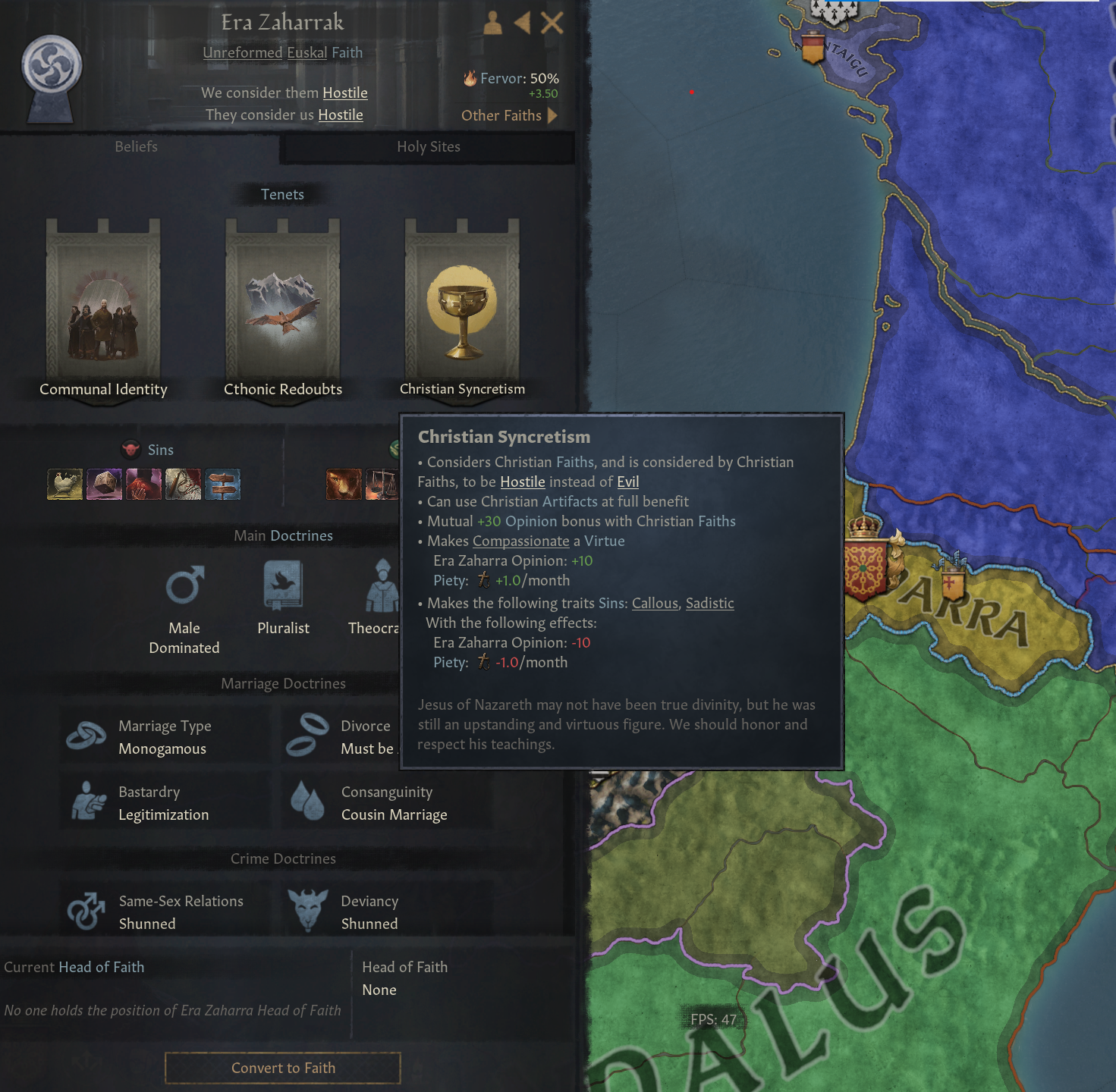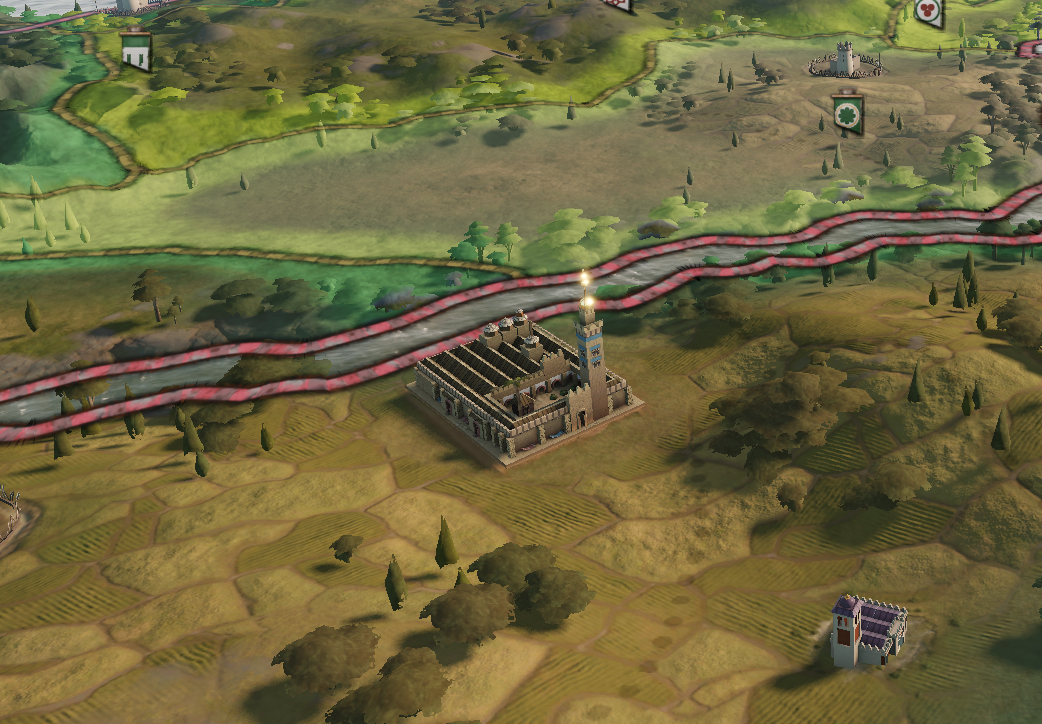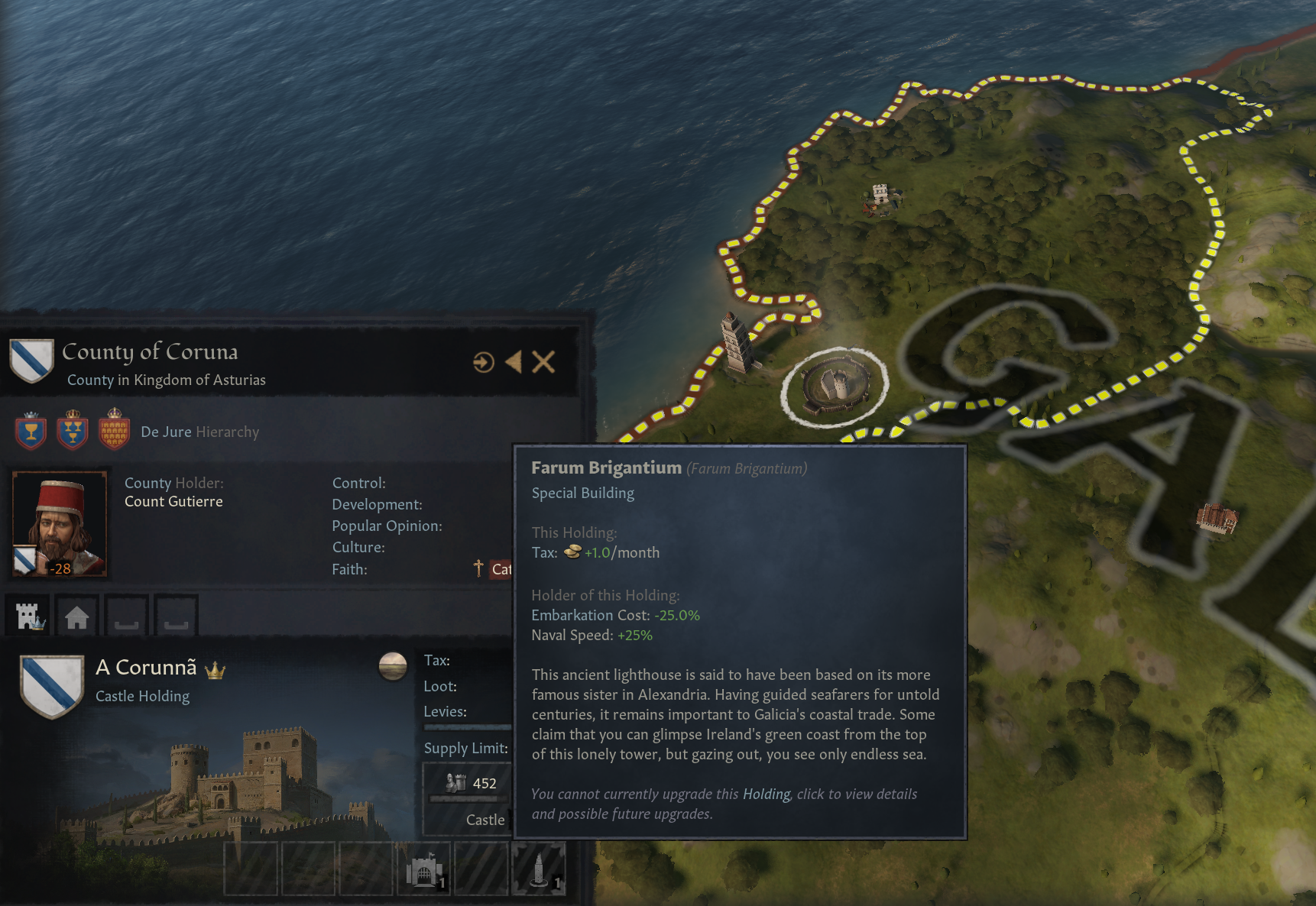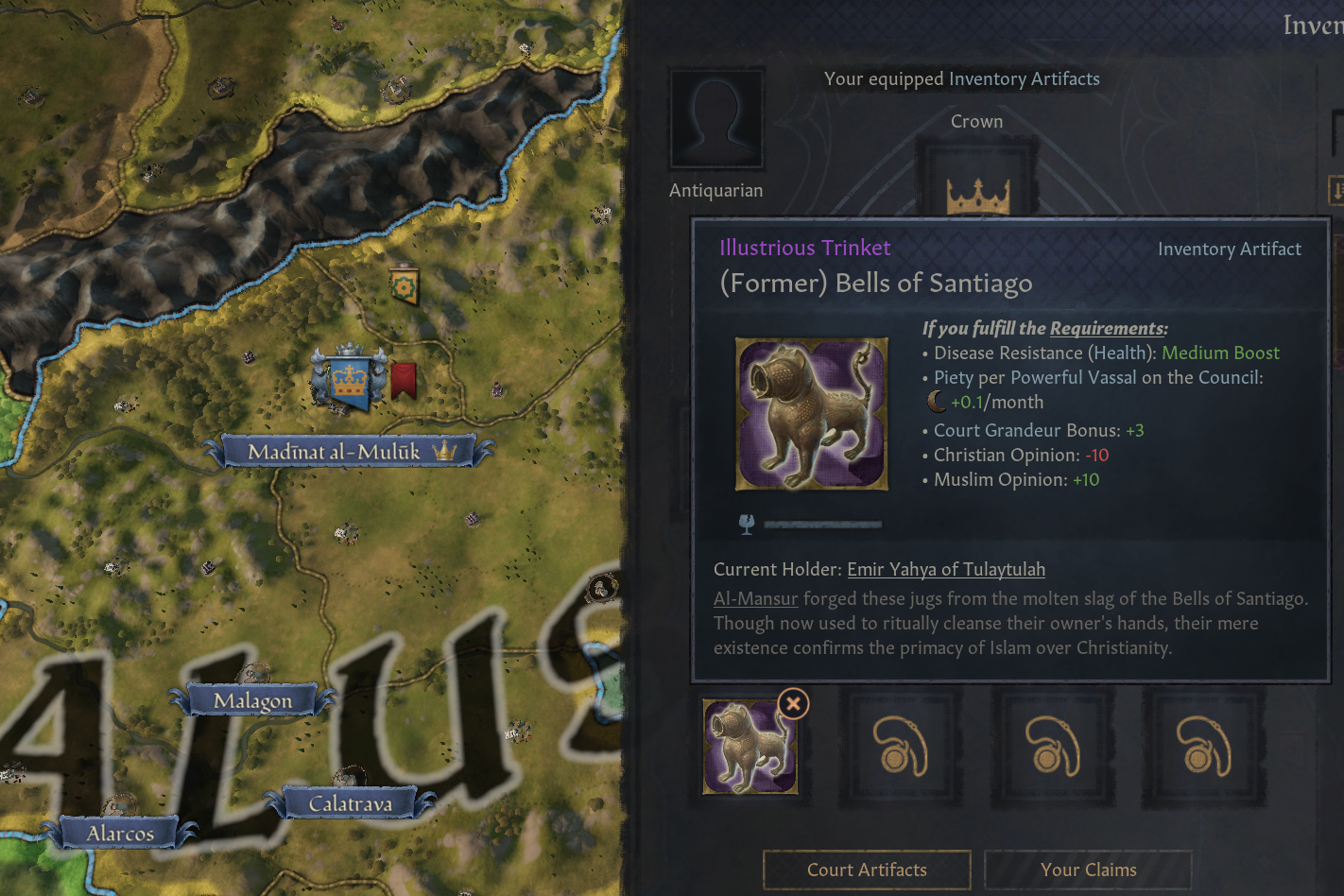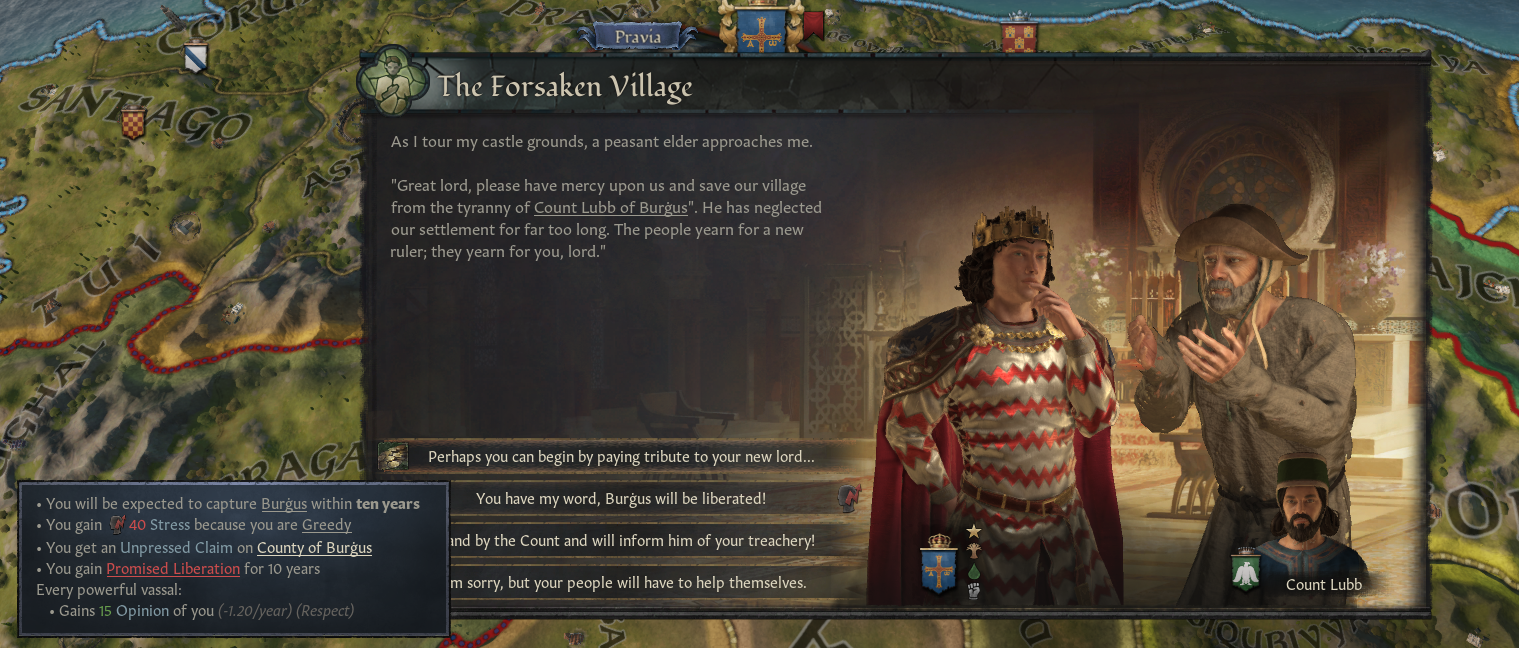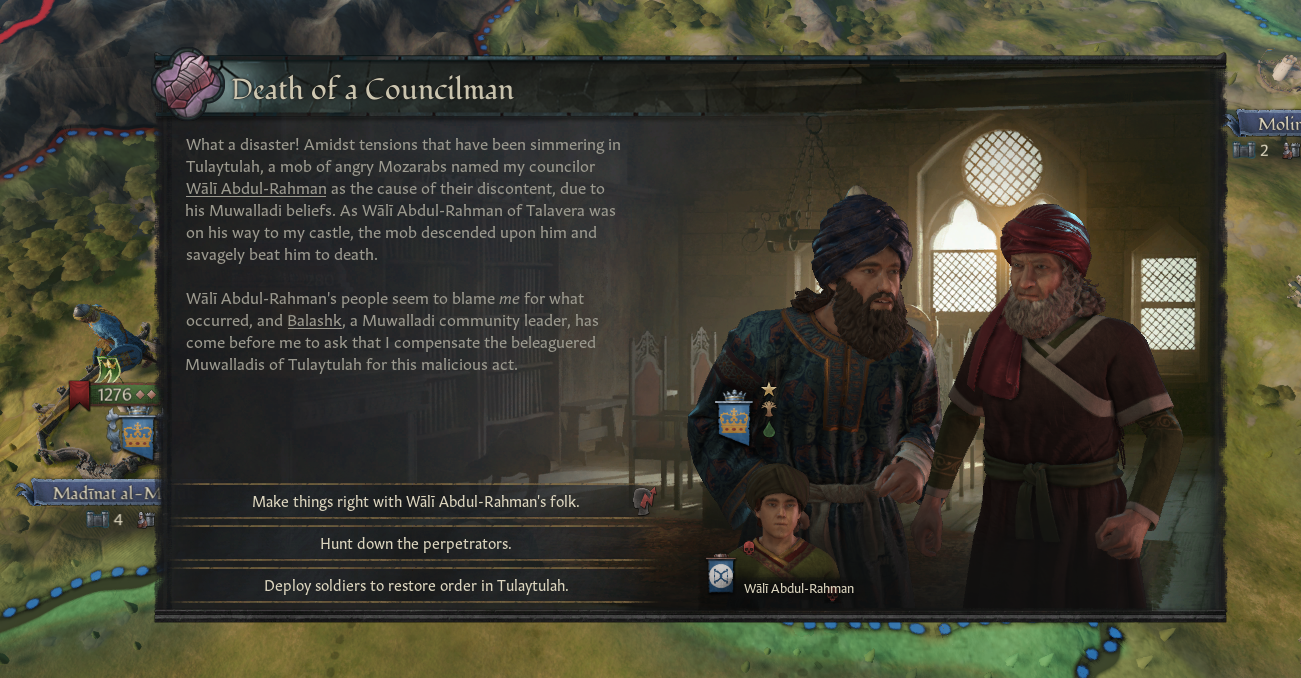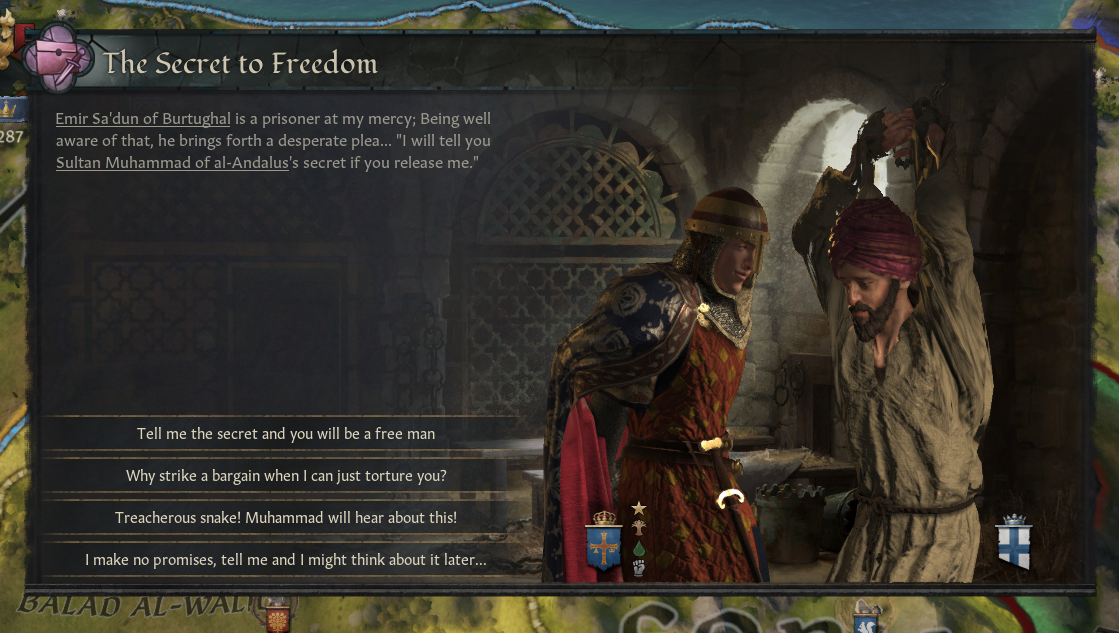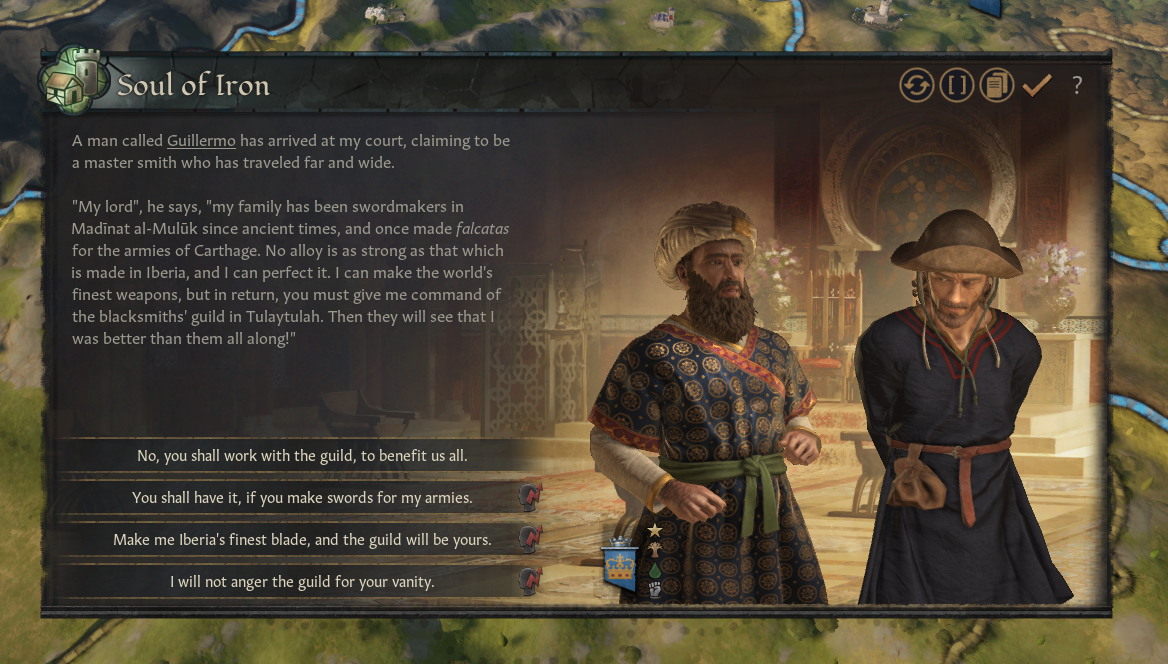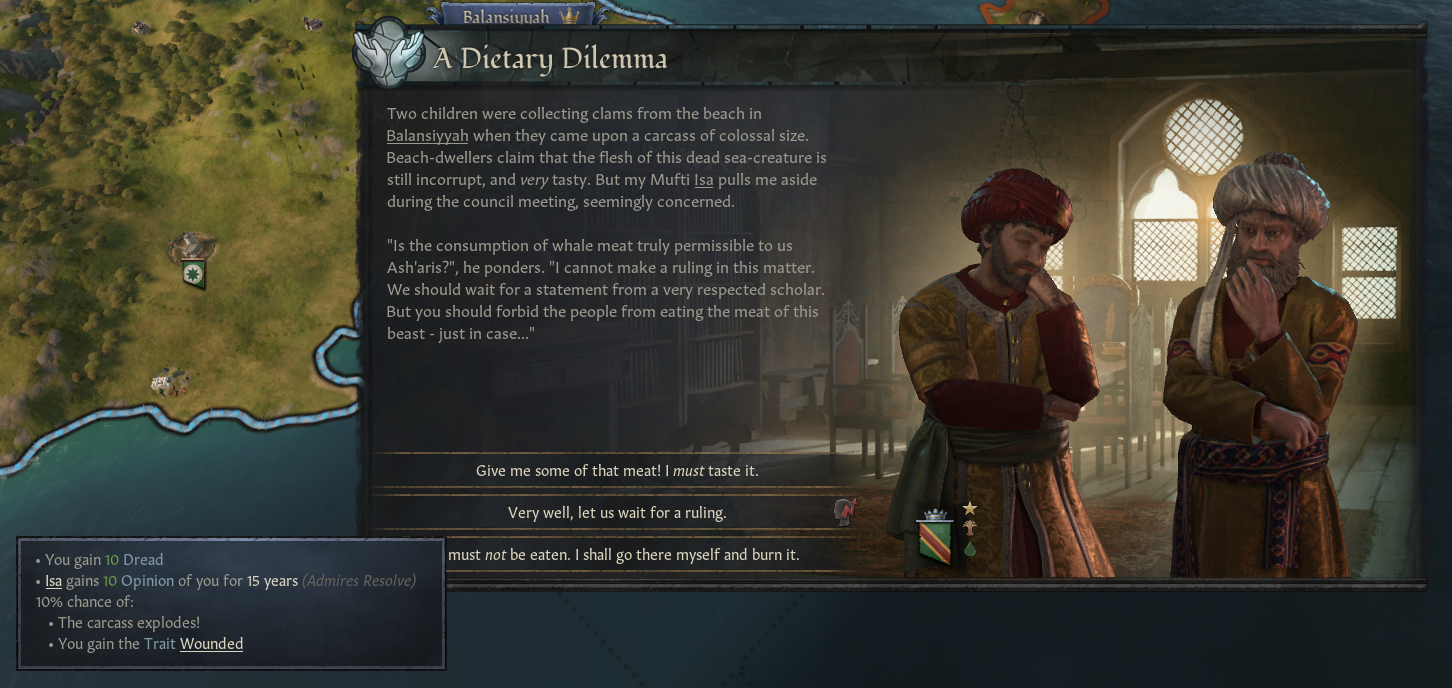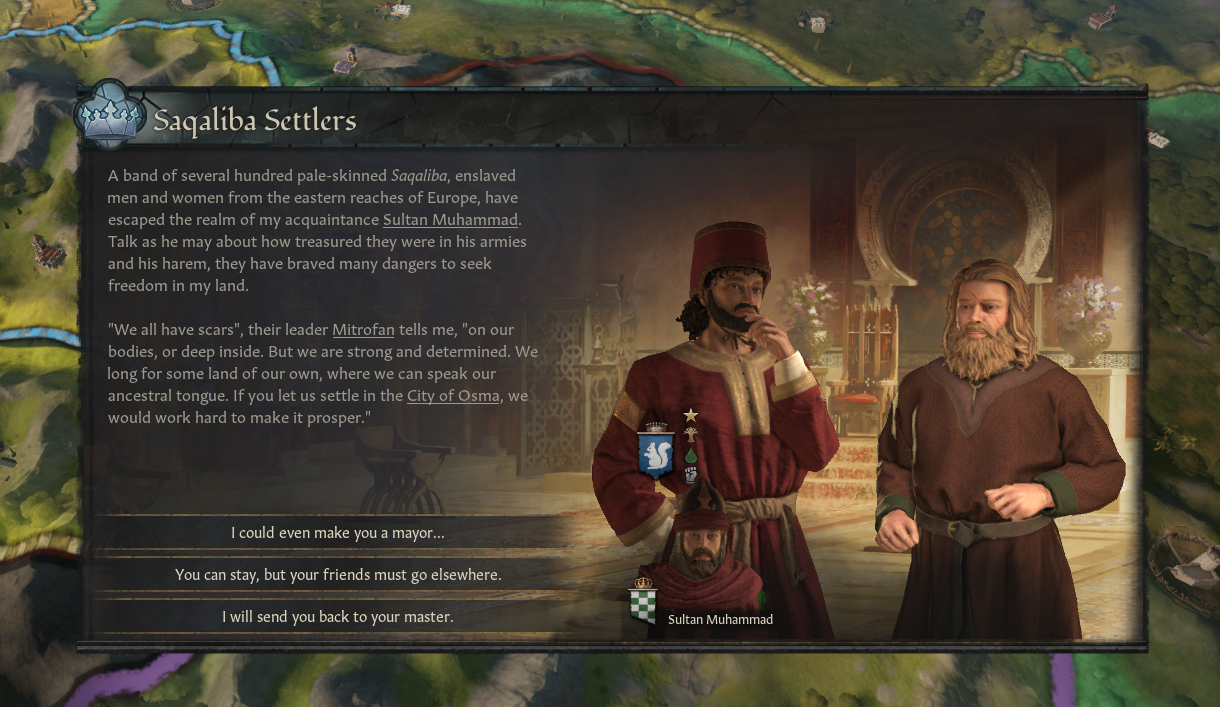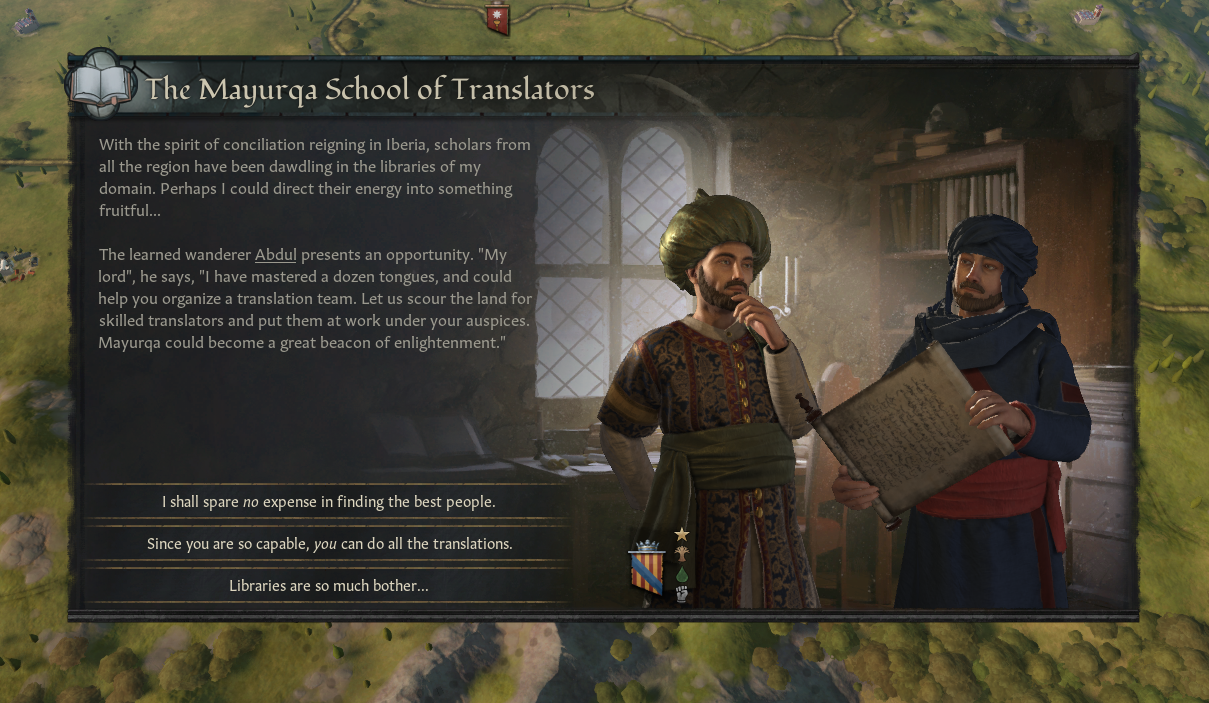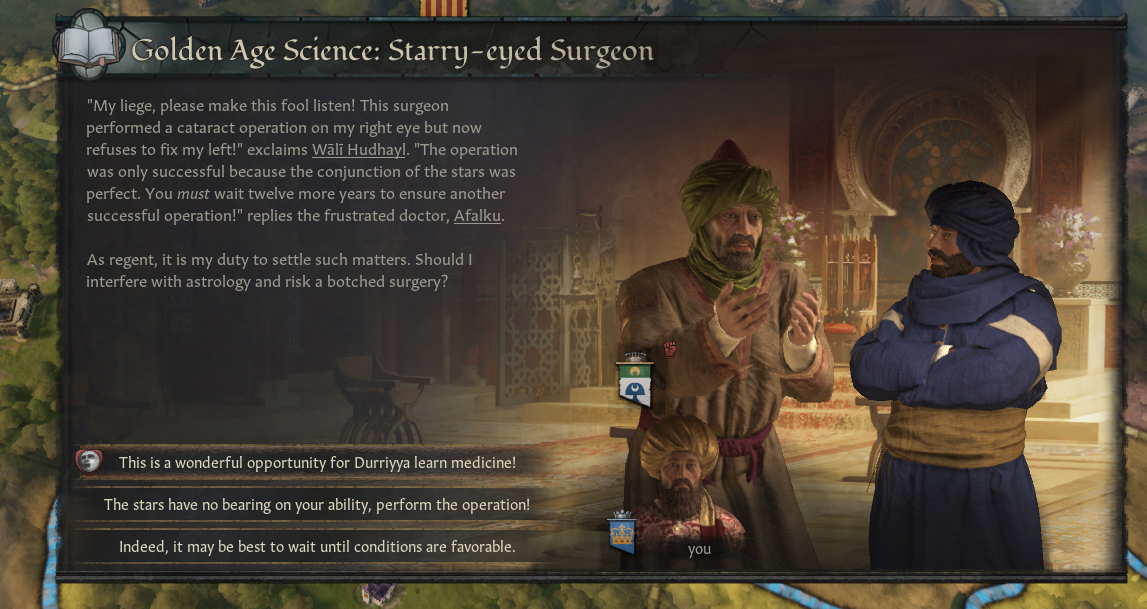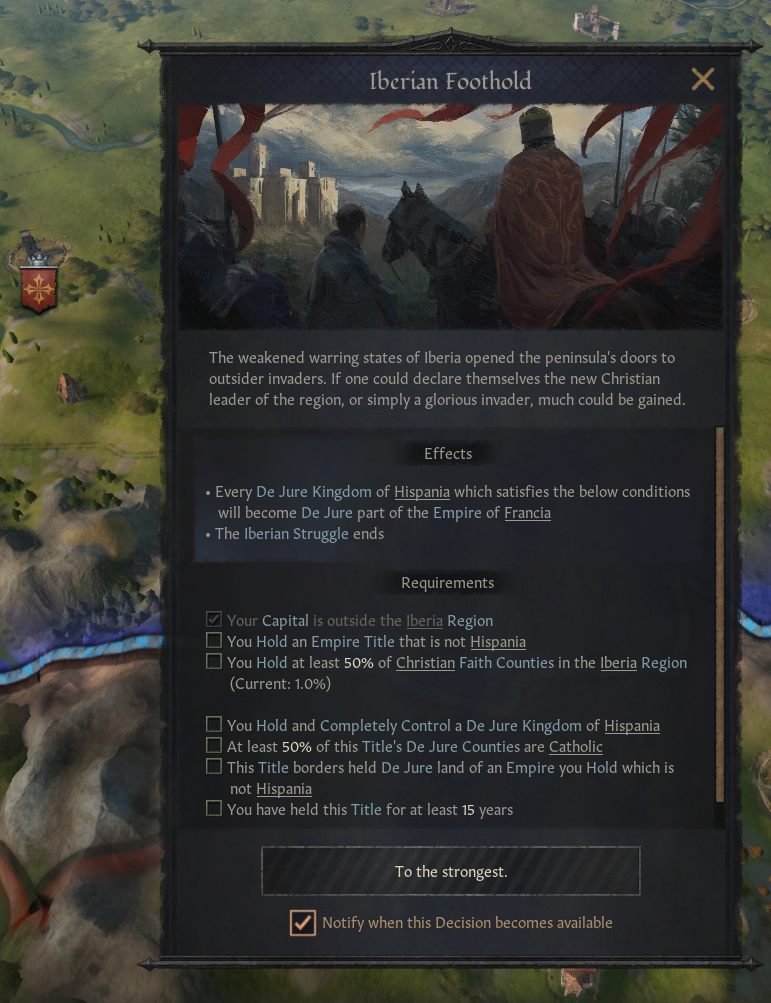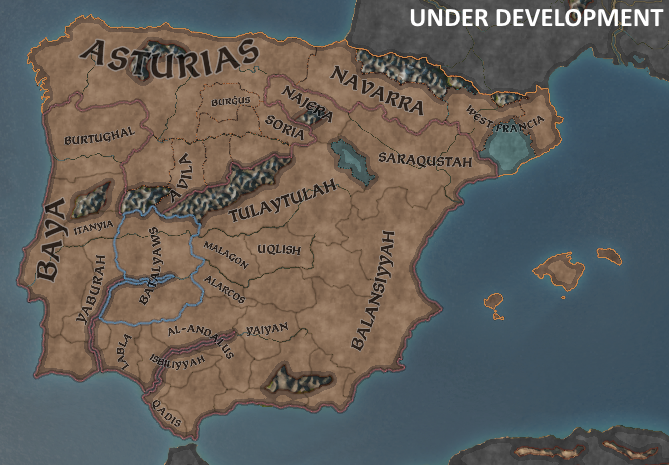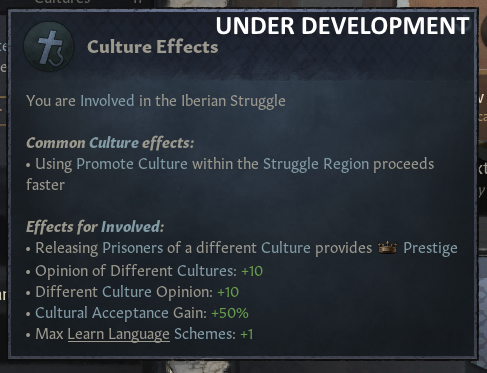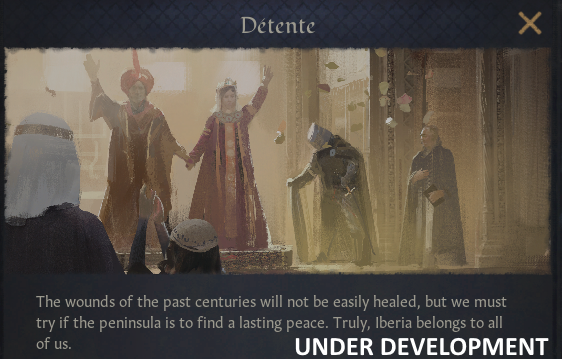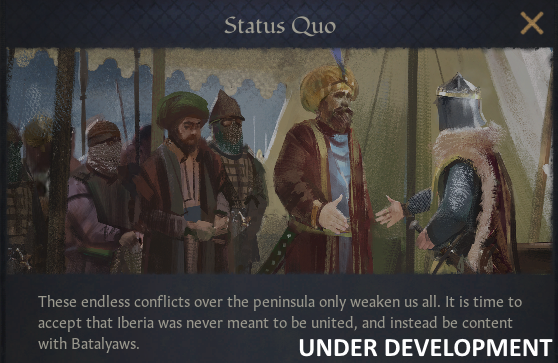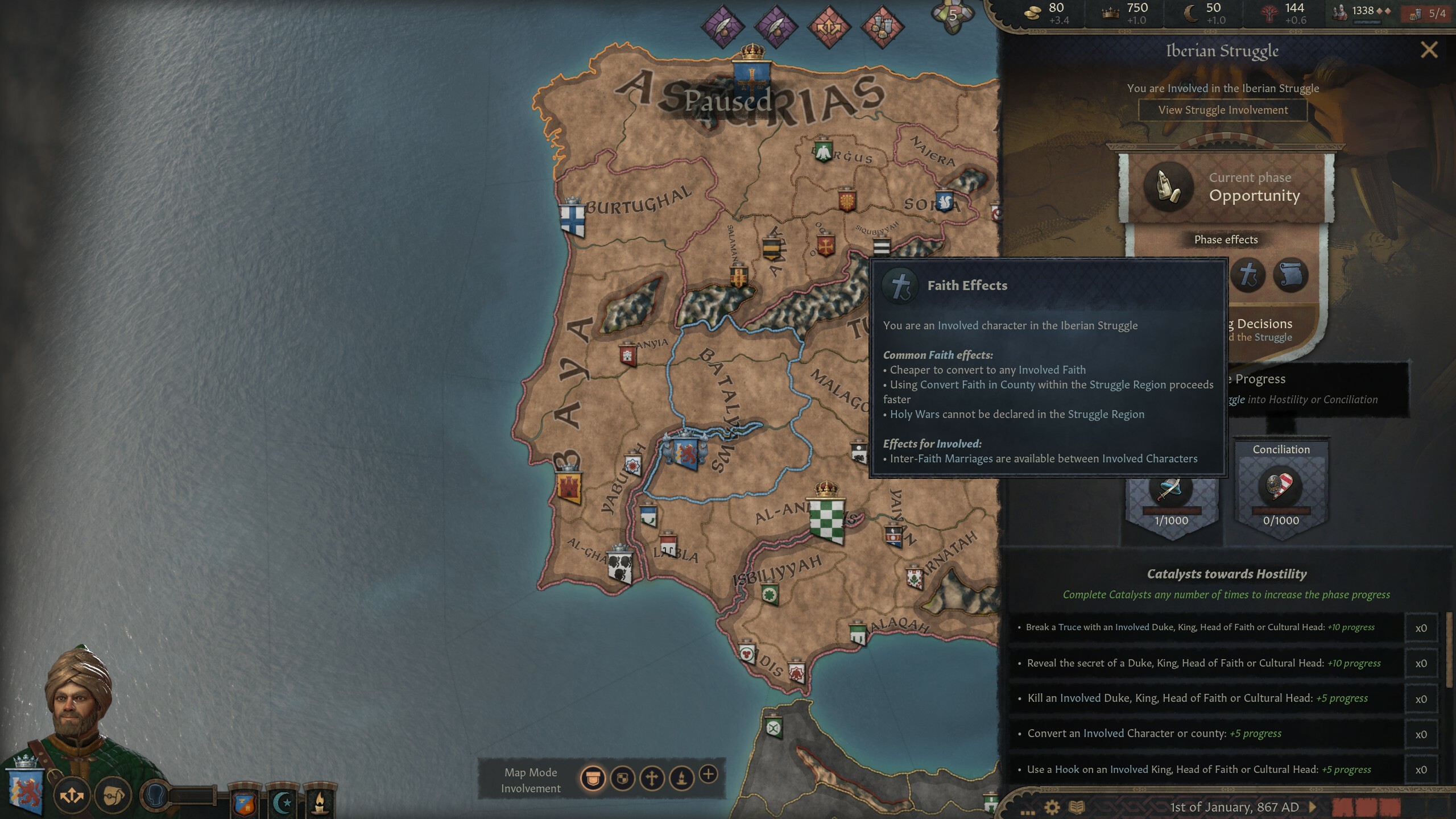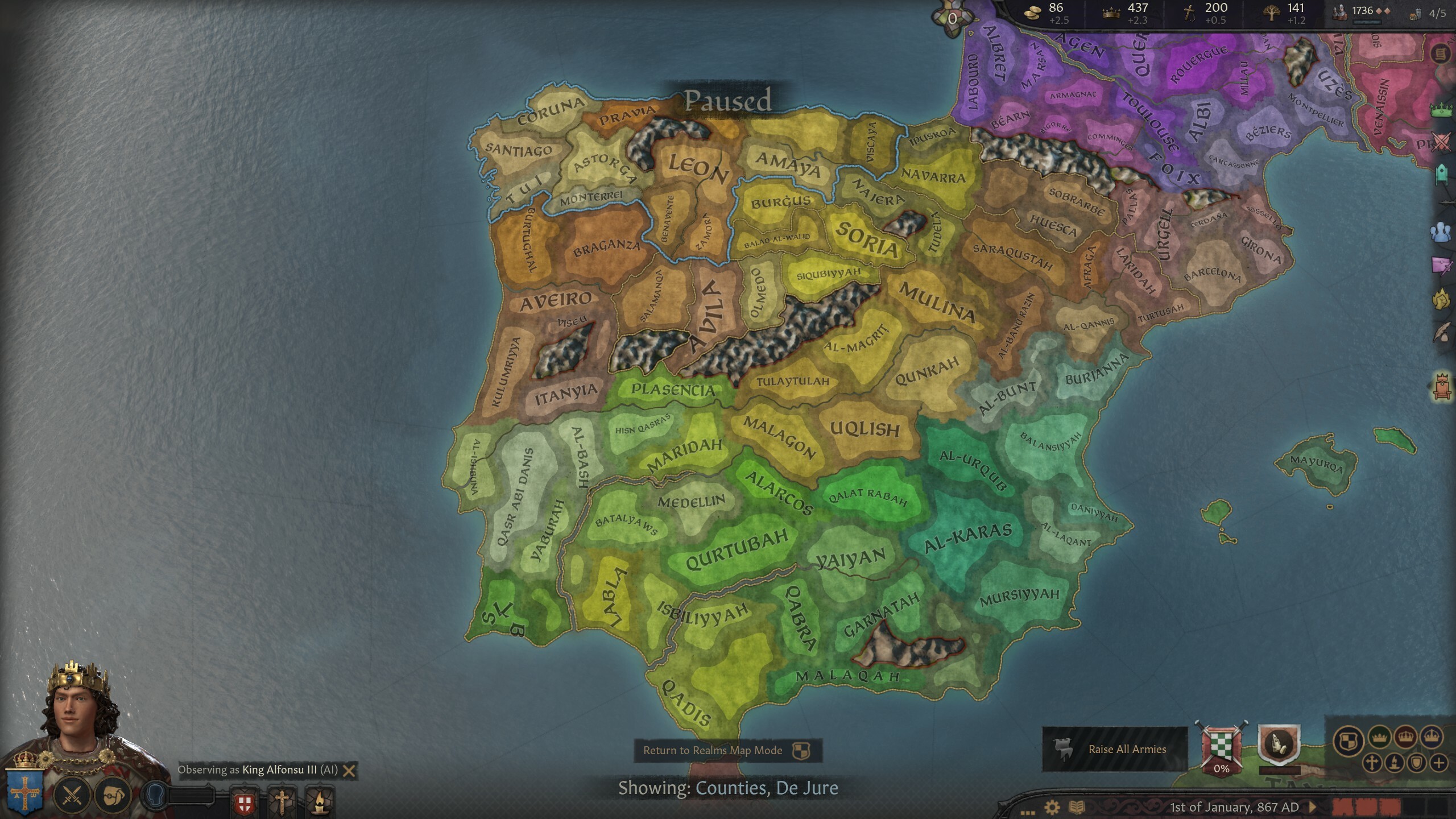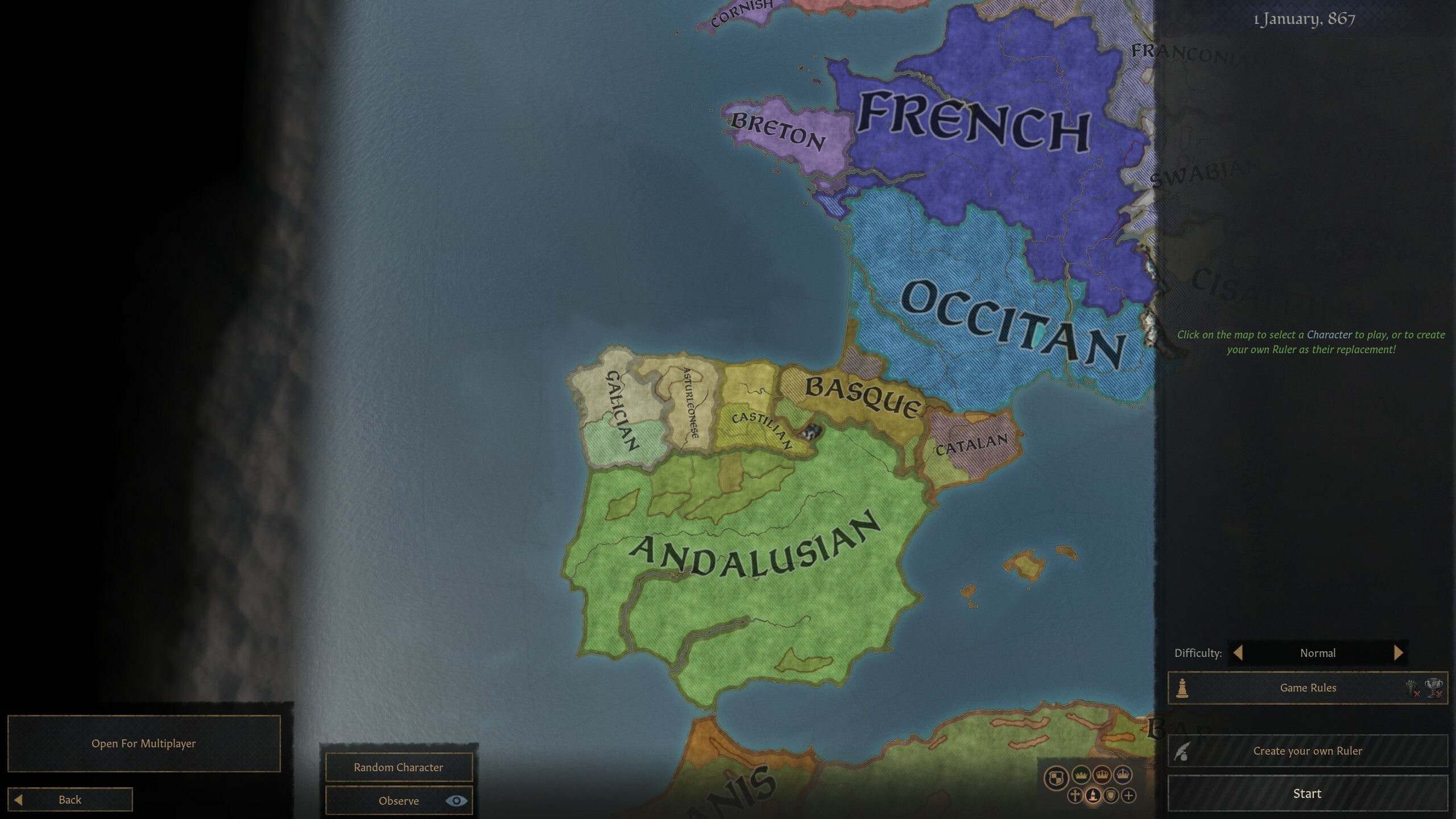
Jun 7, 2022
Crusader Kings III - Nicou12313
Greetings!
Fate of Iberia was released just last week, and we hope you’re all enjoying shaping the peninsula according to your own ideas and ideals! Are you dominating it by force, or trying to reconcile the inhabitants’ differences? Have any of you encountered the elusive wandering monk yet?
Anyhow, we’re hard at work with the 1.6.1 update, where we’re tweaking some balance, fixing issues found by you in the community, and also adding in a few new goodies (more on that below). We’re also working on a fix for those of you who can’t start the game (the AVX issue), which will come out before the full 1.6.1 update. Remember to pop by the bug forums if you have a problem: it’s the best way to make sure we know about your game issues!
► Read our Dev Diary #100: A Royal Journey
https://store.steampowered.com/app/1303184/Crusader_Kings_III_Fate_of_Iberia/

With Fate of Iberia in your hands, we’ve now concluded the Royal Edition, and we’re overjoyed to see so many of you playing and enjoying the game. Please, keep sending us great feedback, we appreciate it a lot - your thoughts are very valuable to us!
We are now setting our eyes on the future. We have many plans, both big and small - I cannot go into detail as it’s too early yet, but rest assured that we have many exciting things coming up! We’re taking a long, hard look at what we’ve done and achieved since the release of CK3; we’re evaluating, adjusting, and setting a course that we’re sure will be to your liking!
Now, to round this Dev Diary off, we’d like to tease some new content coming along with the 1.6.1 update:
For owners of Fate of Iberia, we’re adding a few religiously-flavored events about Sephardic Jews, Conversos, the direction of mosques, and so on - with interesting choices on how to handle various situations. Here’s one example (don’t want to spoil them all!)

Outside of Hispania, but still in the vicinity, we’re doing a small update to the Canary Islands, who will, among other things, receive their own pagan faith and some monolithic ambitions.


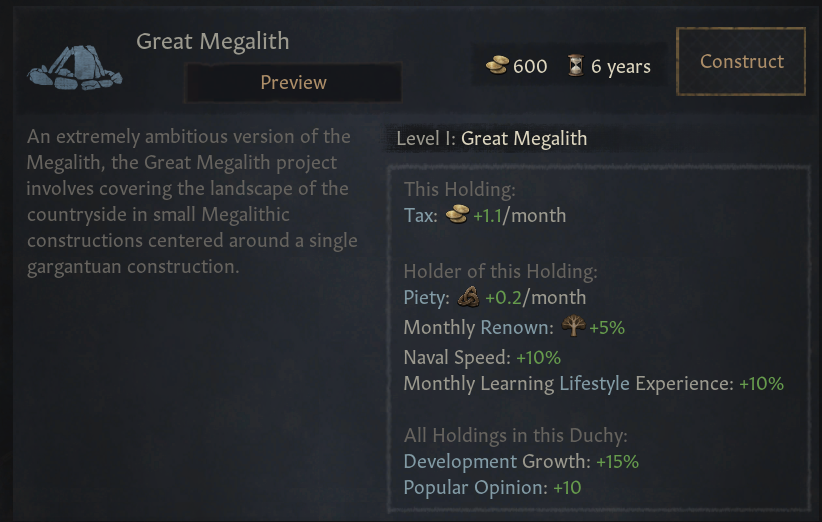
We’re adjusting how feudalization works in the West African sphere, enabling rulers to transition out of the tribal government while retaining their native faiths without requiring them to reform those faiths. This is to better model methods of urbanization and centralization in West Africa, though they will also retain access to the old path too.

That's it for this time, cheers for now!
Fate of Iberia was released just last week, and we hope you’re all enjoying shaping the peninsula according to your own ideas and ideals! Are you dominating it by force, or trying to reconcile the inhabitants’ differences? Have any of you encountered the elusive wandering monk yet?
Anyhow, we’re hard at work with the 1.6.1 update, where we’re tweaking some balance, fixing issues found by you in the community, and also adding in a few new goodies (more on that below). We’re also working on a fix for those of you who can’t start the game (the AVX issue), which will come out before the full 1.6.1 update. Remember to pop by the bug forums if you have a problem: it’s the best way to make sure we know about your game issues!
► Read our Dev Diary #100: A Royal Journey
https://store.steampowered.com/app/1303184/Crusader_Kings_III_Fate_of_Iberia/

With Fate of Iberia in your hands, we’ve now concluded the Royal Edition, and we’re overjoyed to see so many of you playing and enjoying the game. Please, keep sending us great feedback, we appreciate it a lot - your thoughts are very valuable to us!
We are now setting our eyes on the future. We have many plans, both big and small - I cannot go into detail as it’s too early yet, but rest assured that we have many exciting things coming up! We’re taking a long, hard look at what we’ve done and achieved since the release of CK3; we’re evaluating, adjusting, and setting a course that we’re sure will be to your liking!
Now, to round this Dev Diary off, we’d like to tease some new content coming along with the 1.6.1 update:
For owners of Fate of Iberia, we’re adding a few religiously-flavored events about Sephardic Jews, Conversos, the direction of mosques, and so on - with interesting choices on how to handle various situations. Here’s one example (don’t want to spoil them all!)

Outside of Hispania, but still in the vicinity, we’re doing a small update to the Canary Islands, who will, among other things, receive their own pagan faith and some monolithic ambitions.



We’re adjusting how feudalization works in the West African sphere, enabling rulers to transition out of the tribal government while retaining their native faiths without requiring them to reform those faiths. This is to better model methods of urbanization and centralization in West Africa, though they will also retain access to the old path too.

That's it for this time, cheers for now!




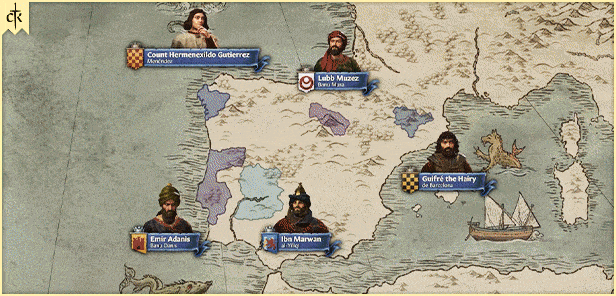
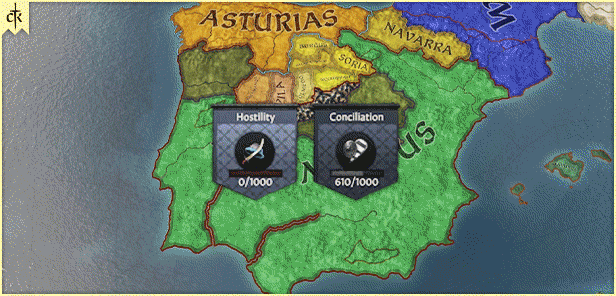
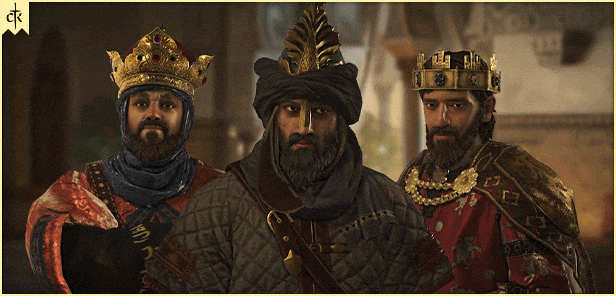
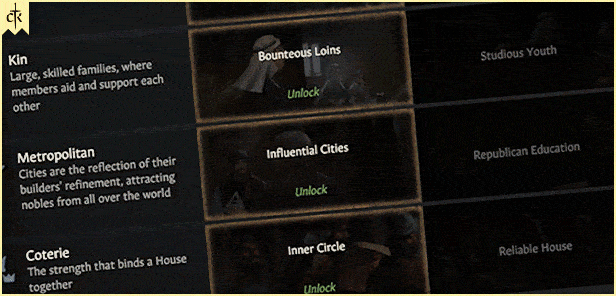

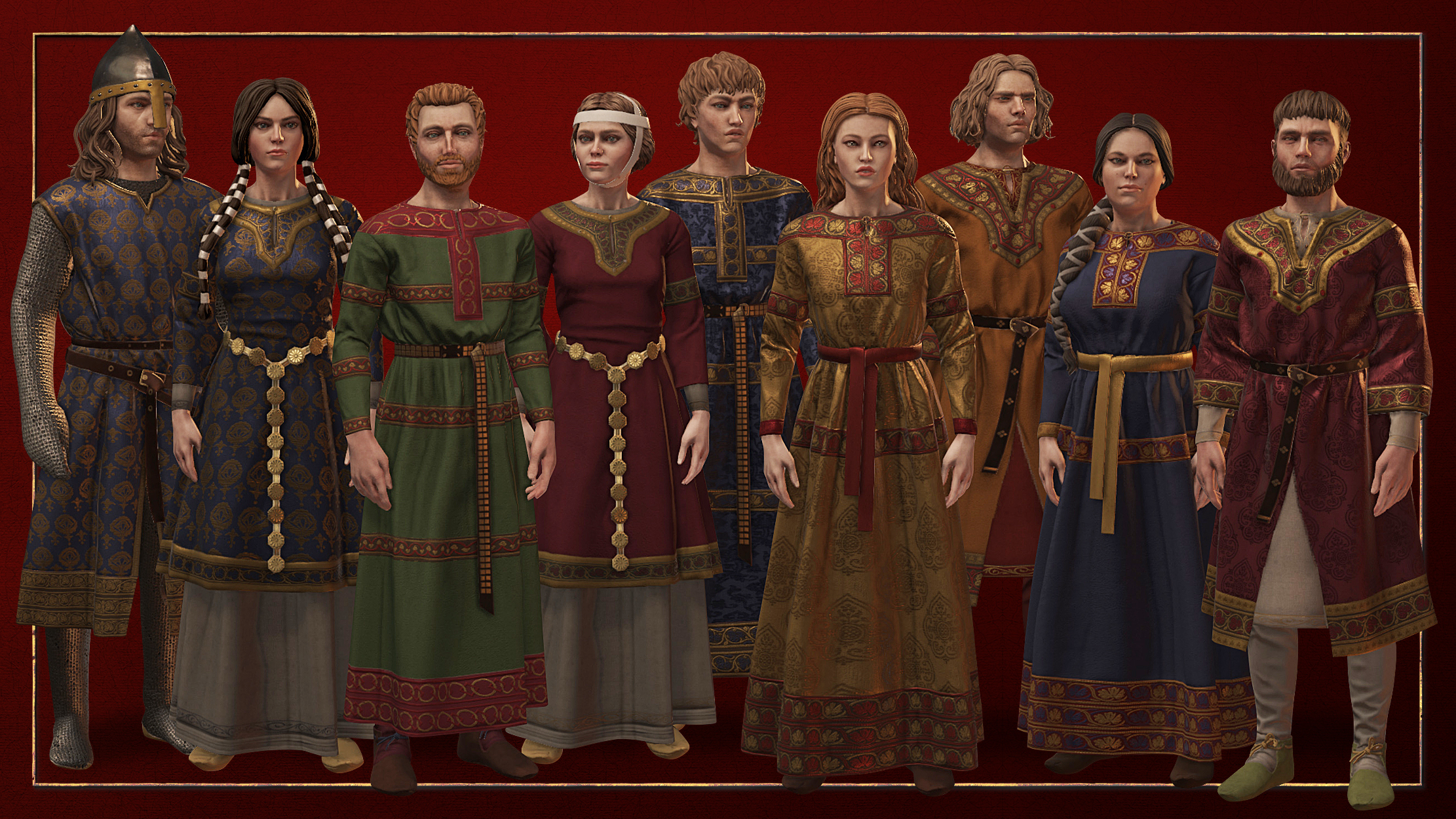

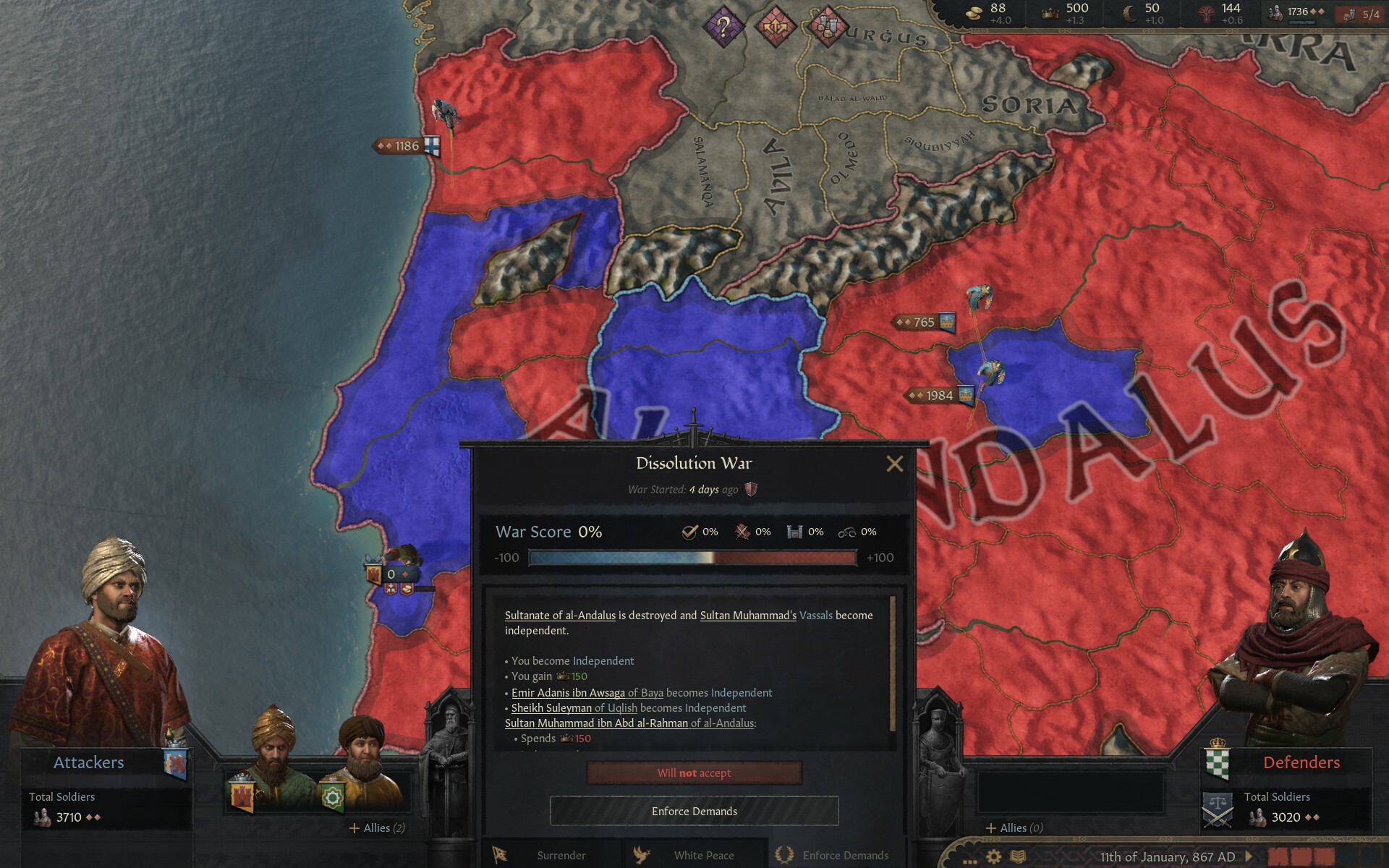

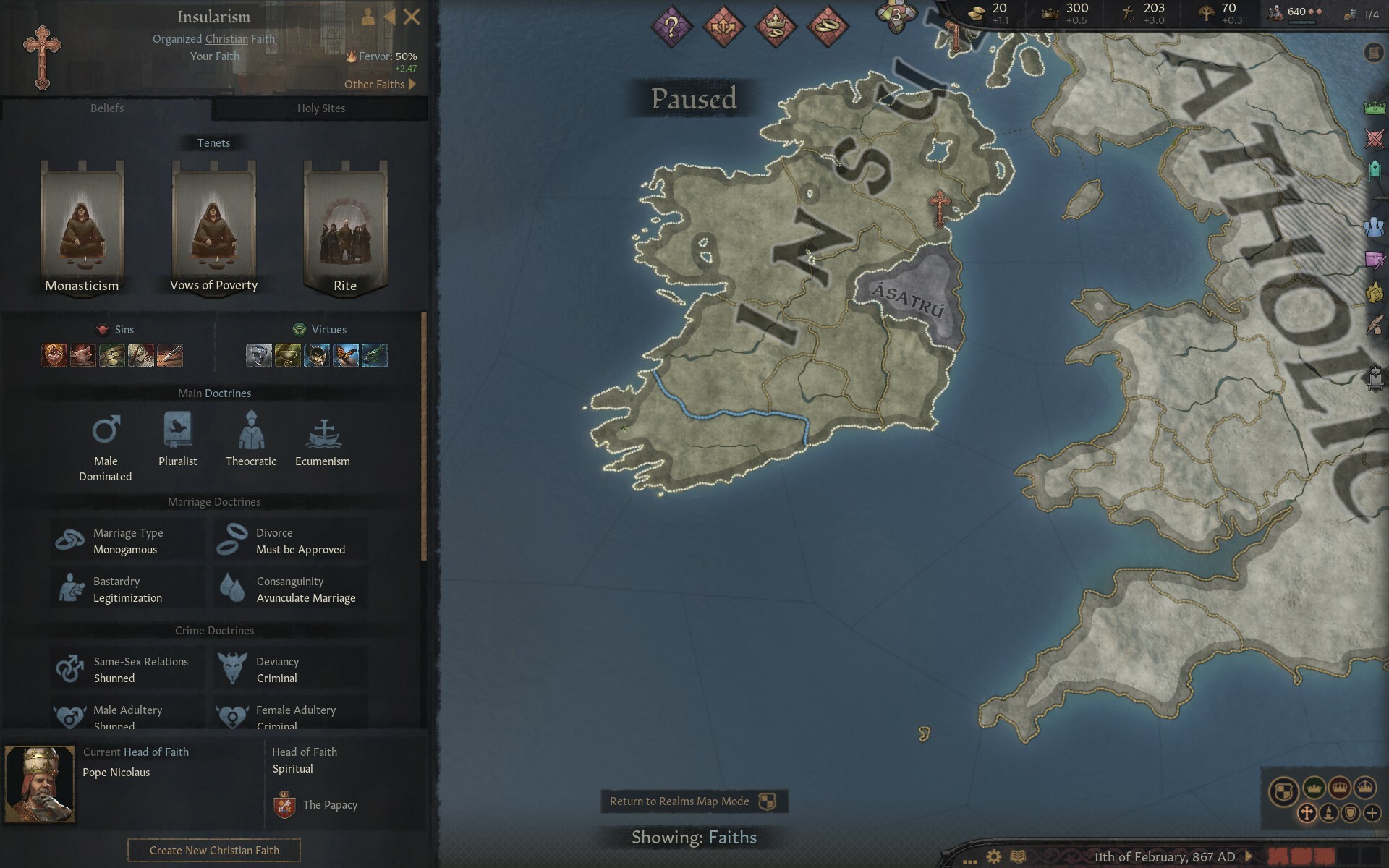

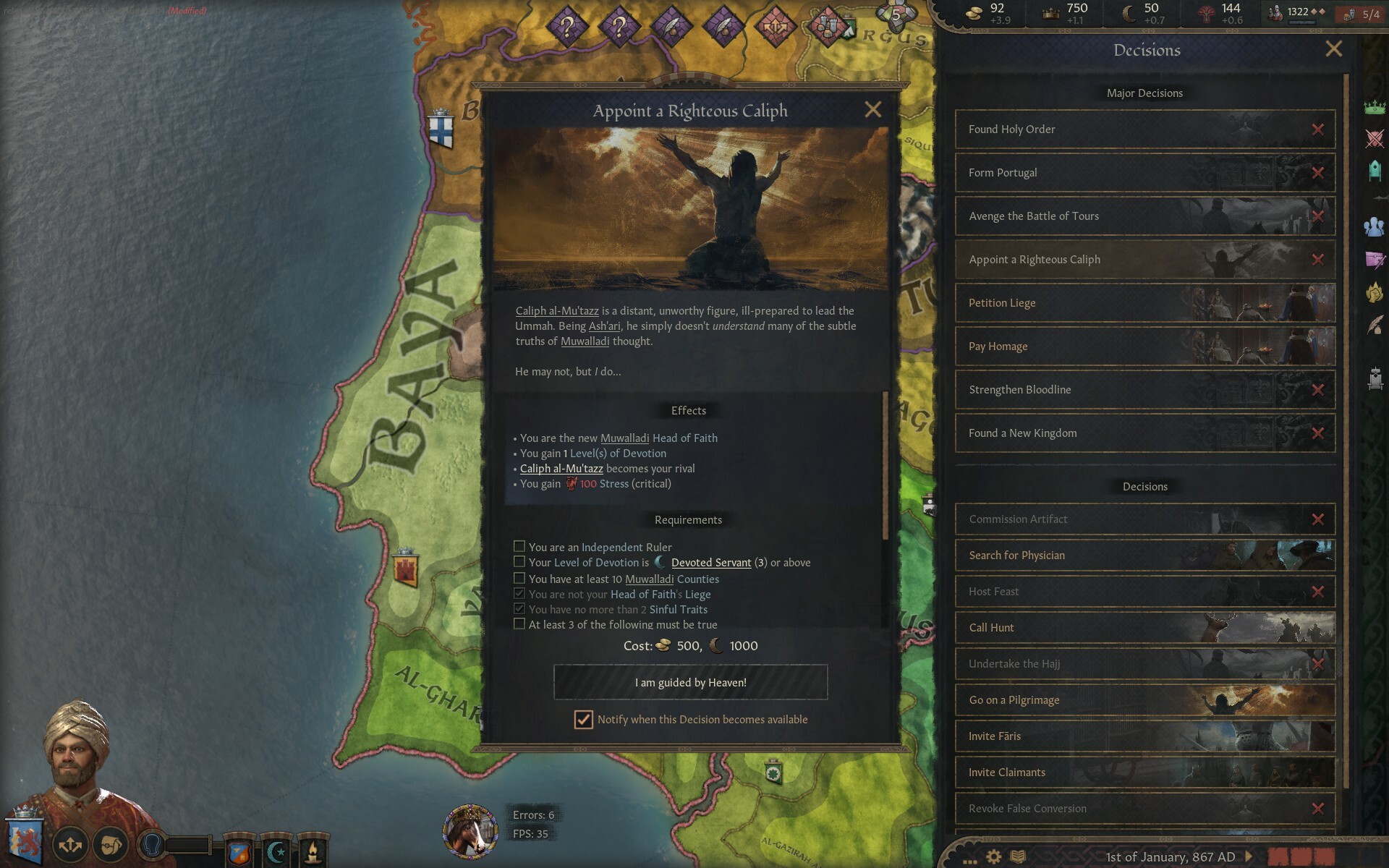






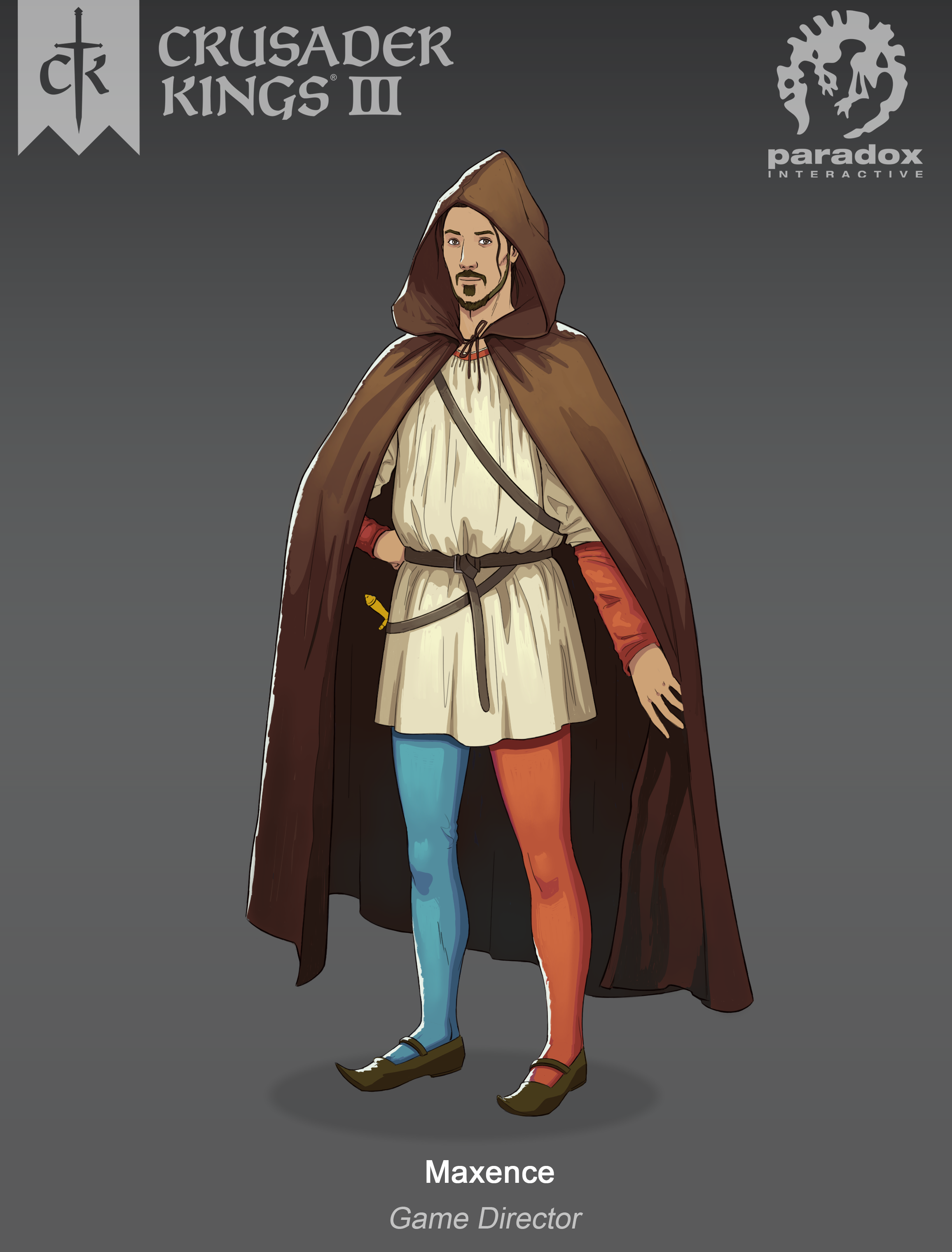







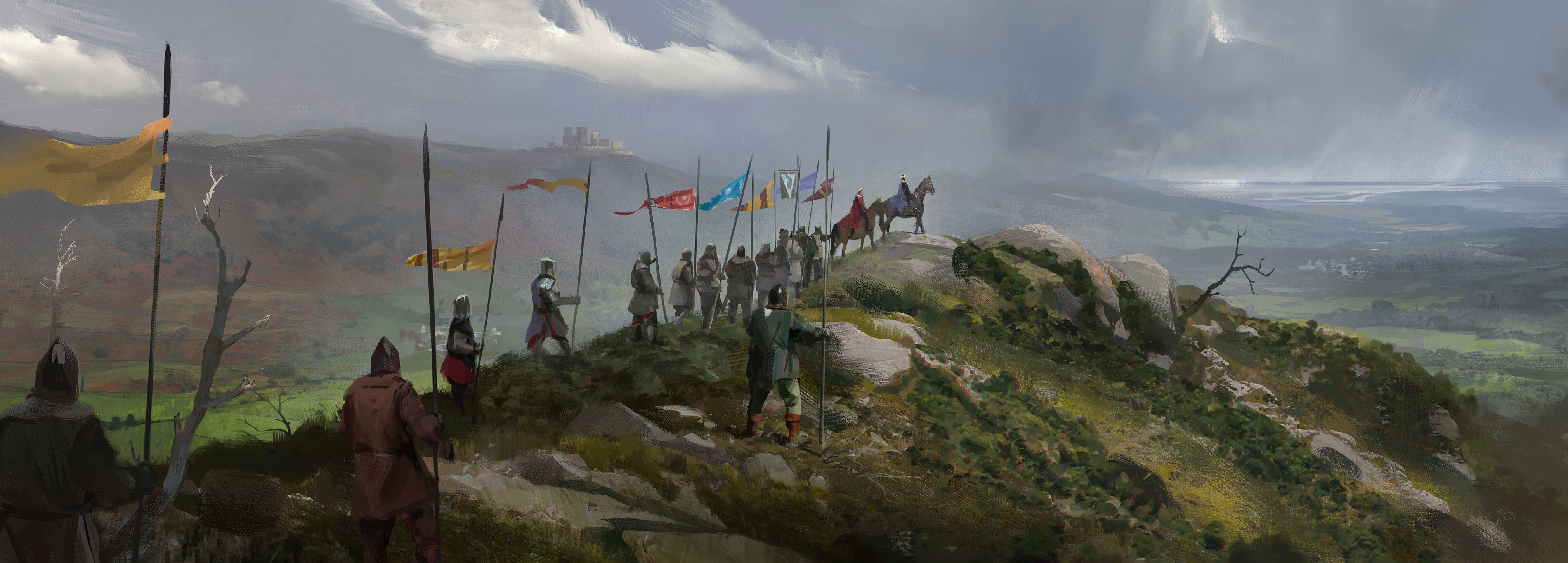



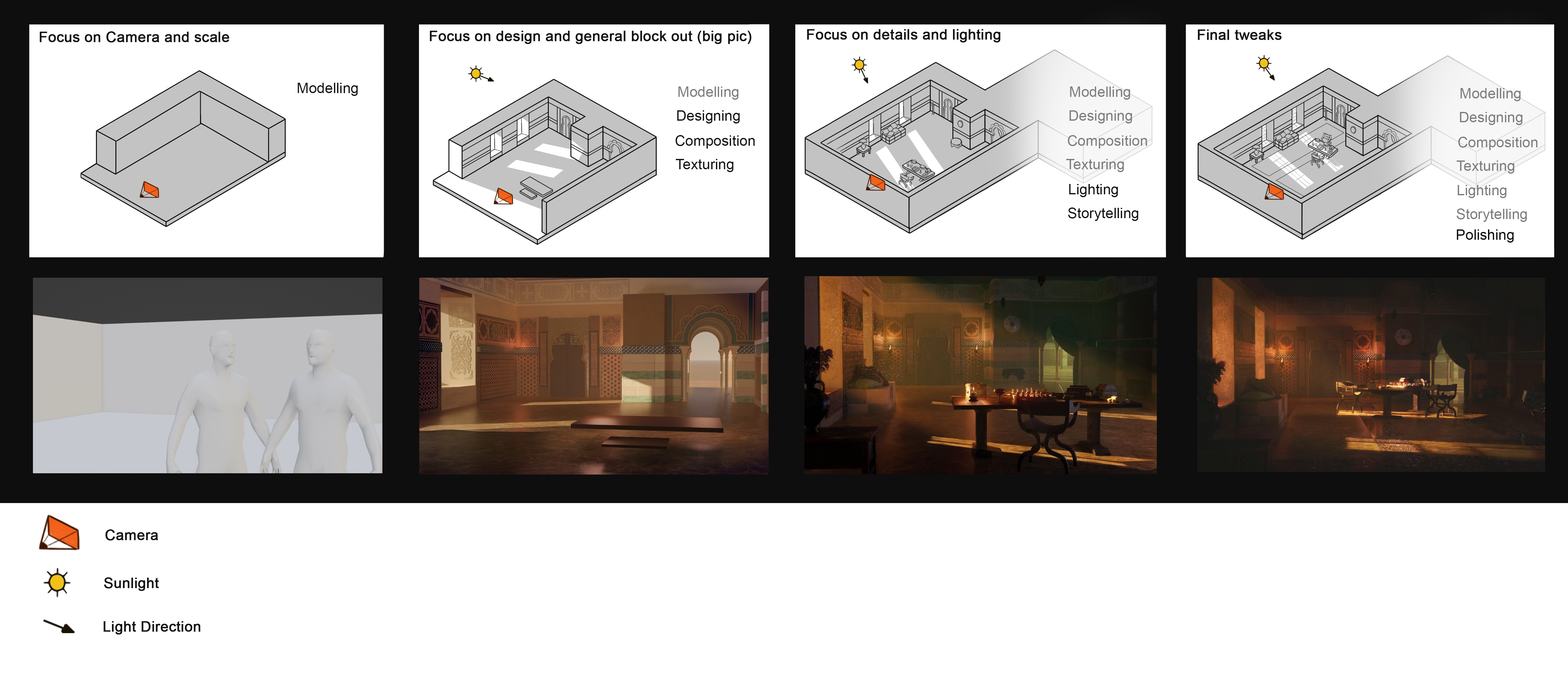
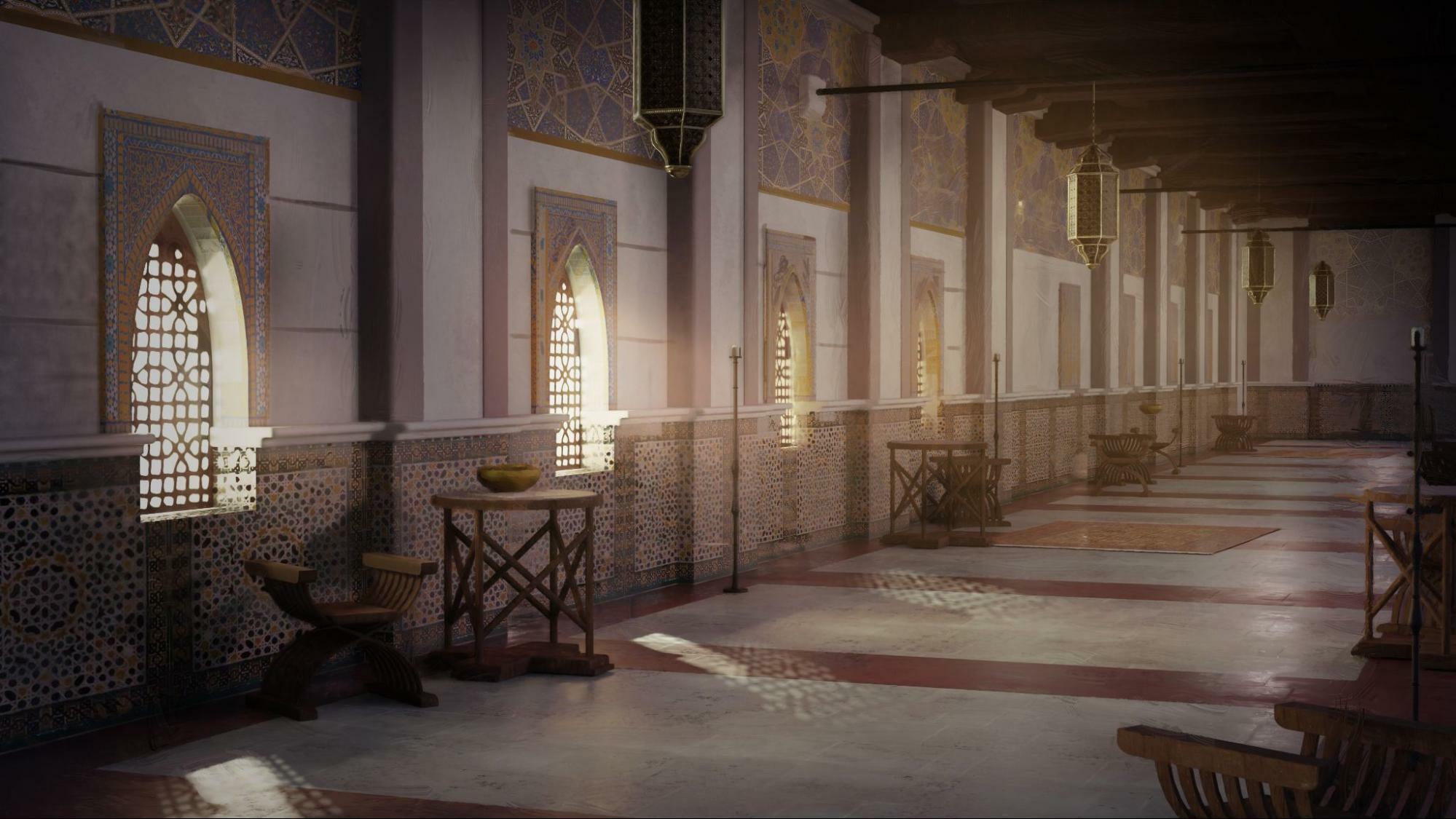



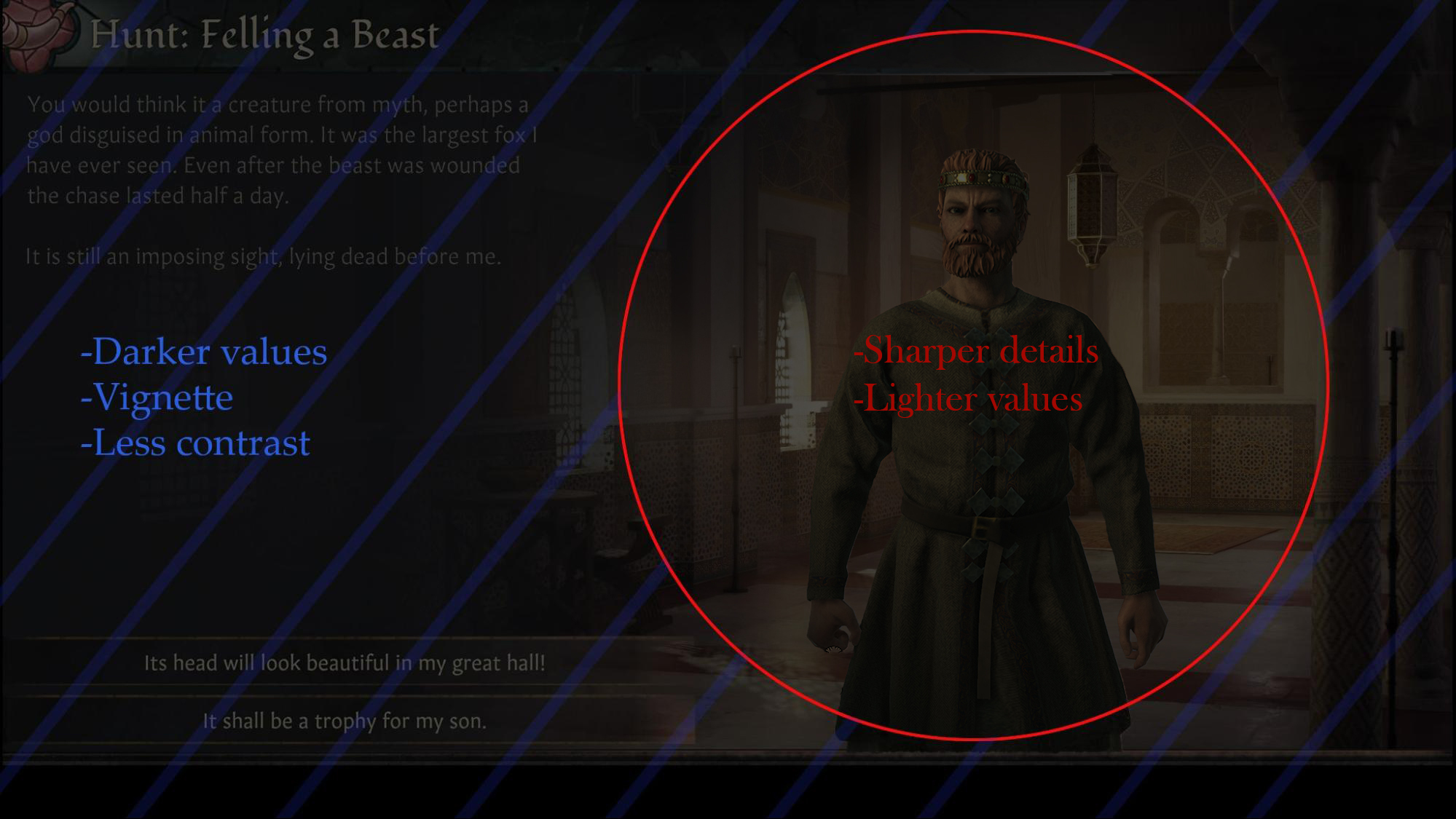
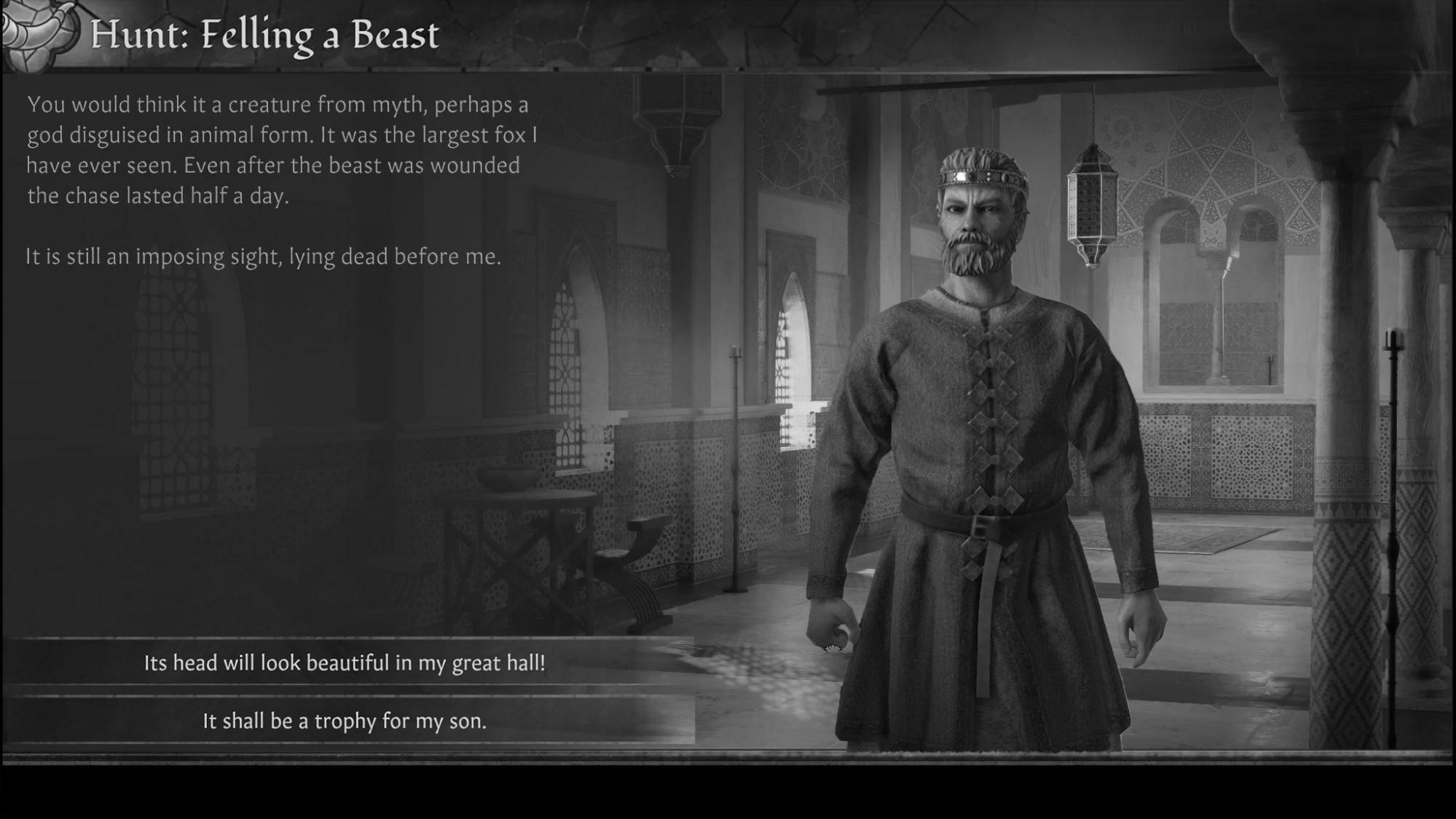
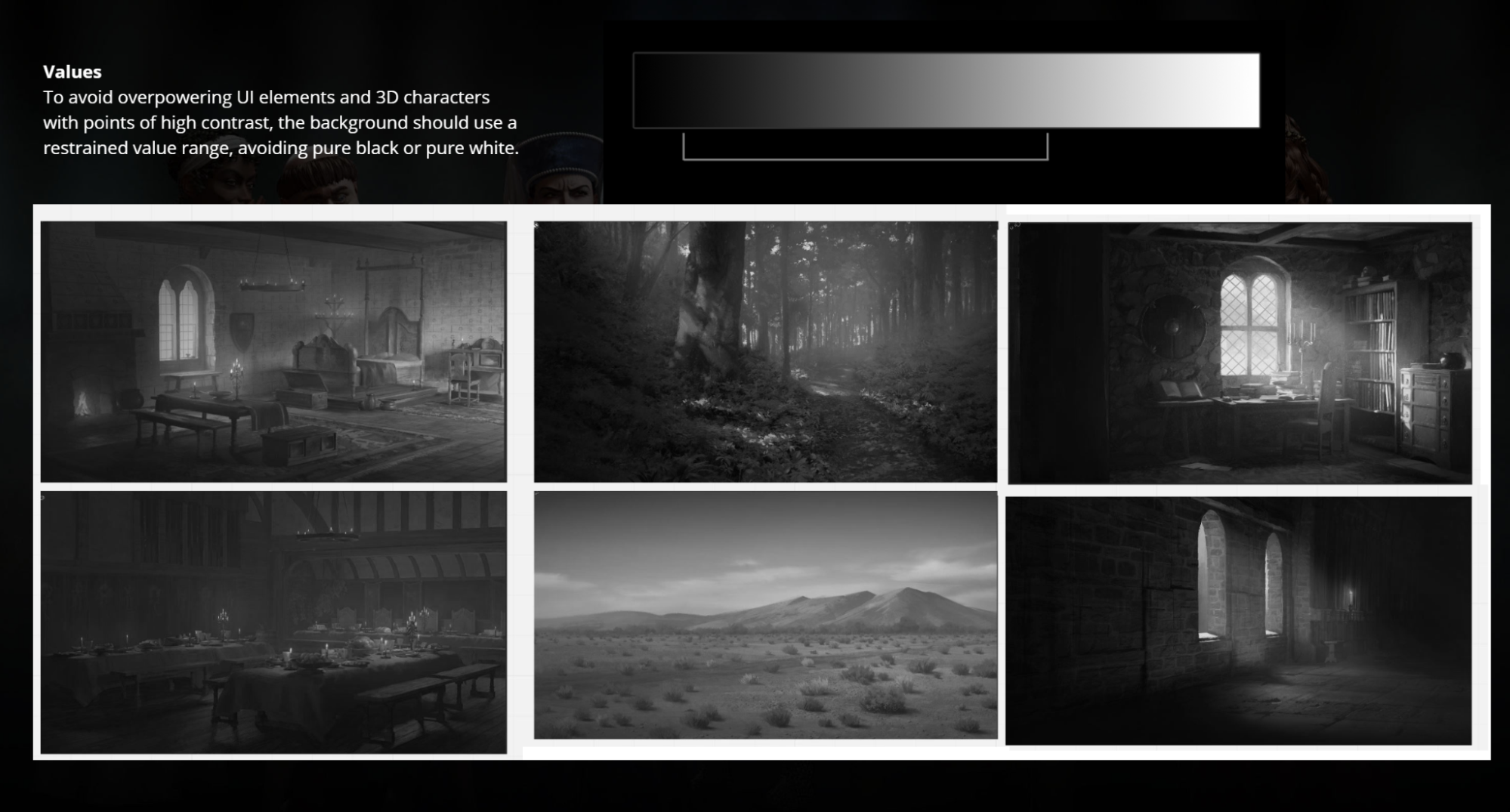
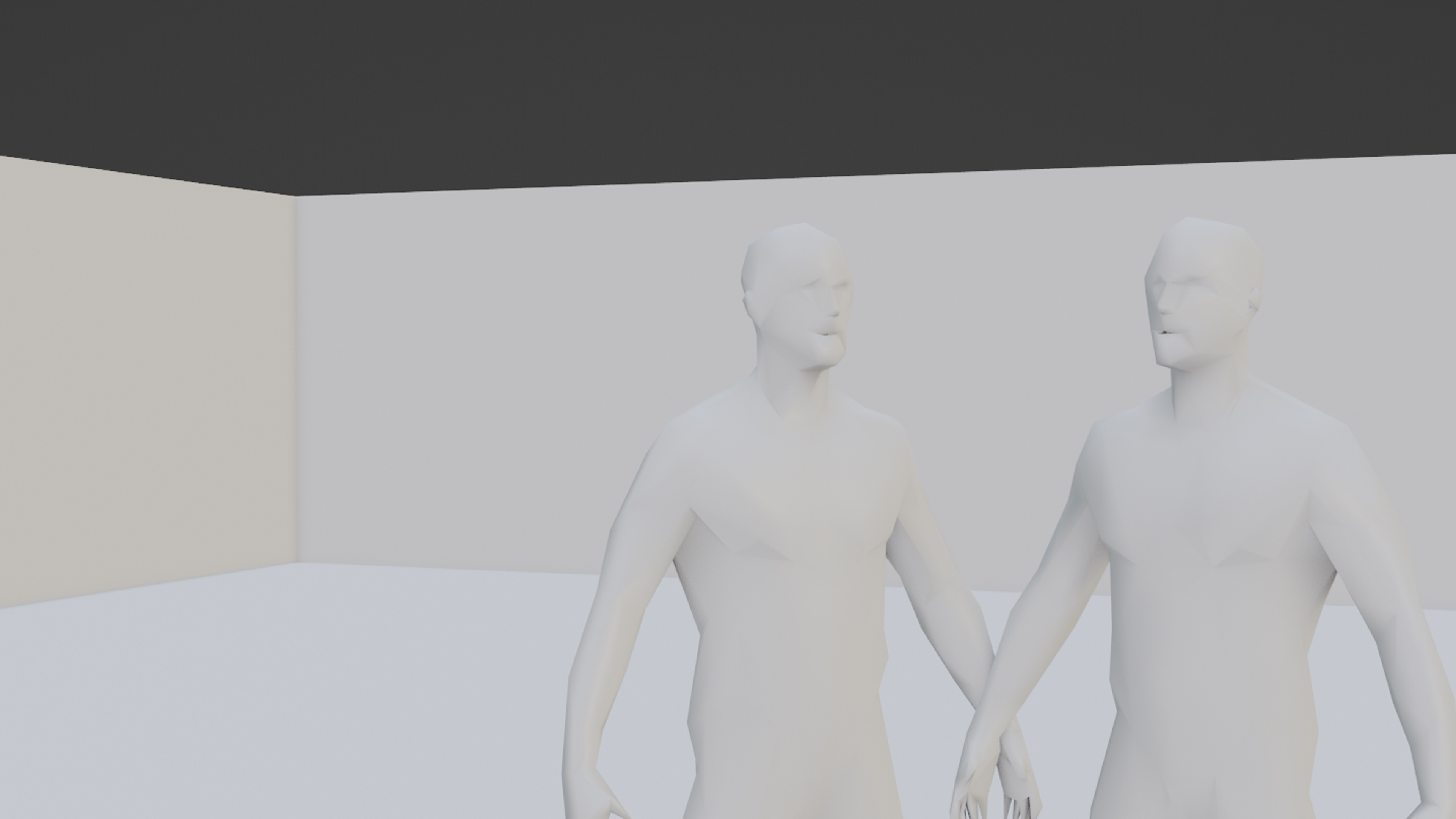



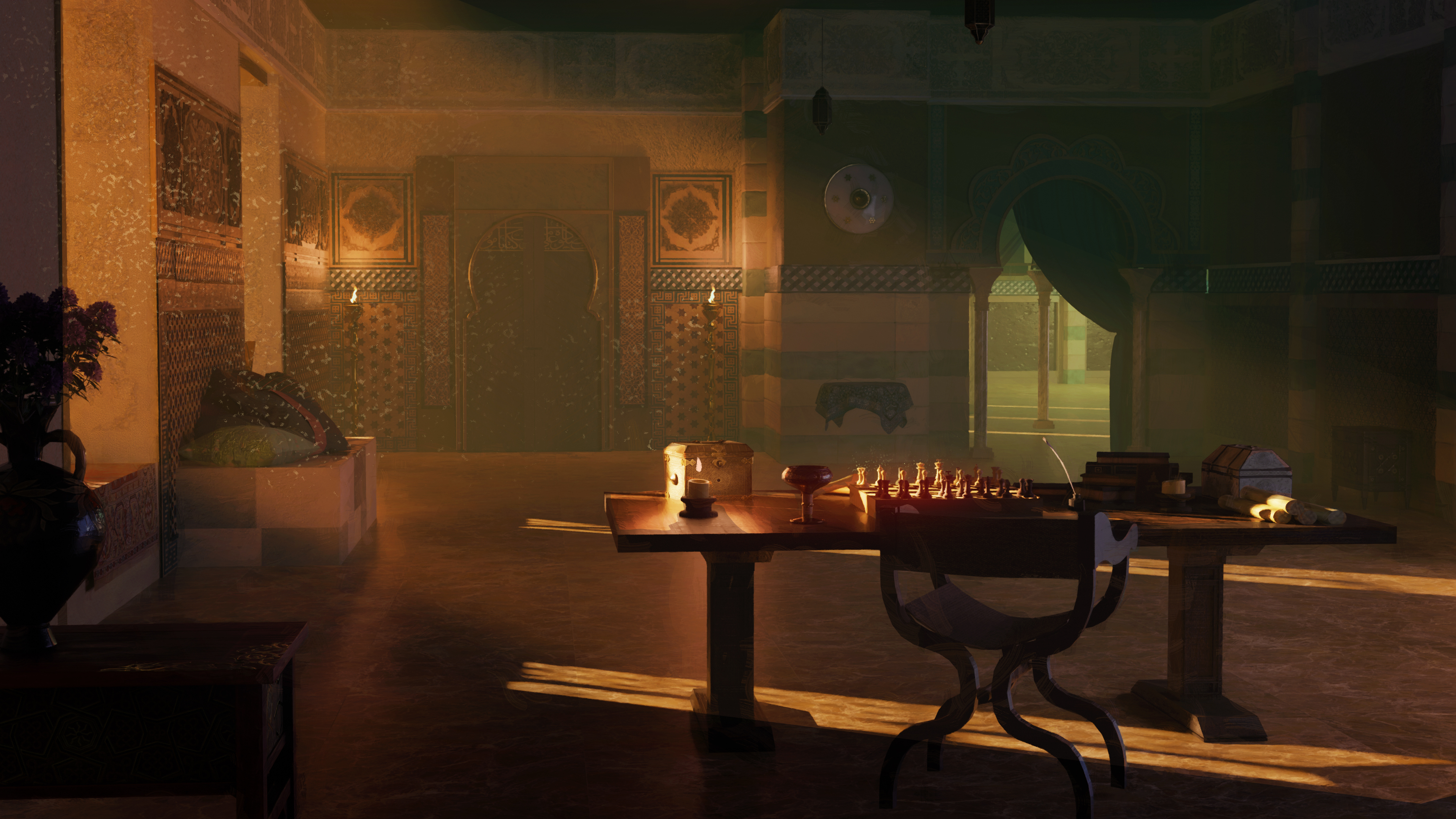

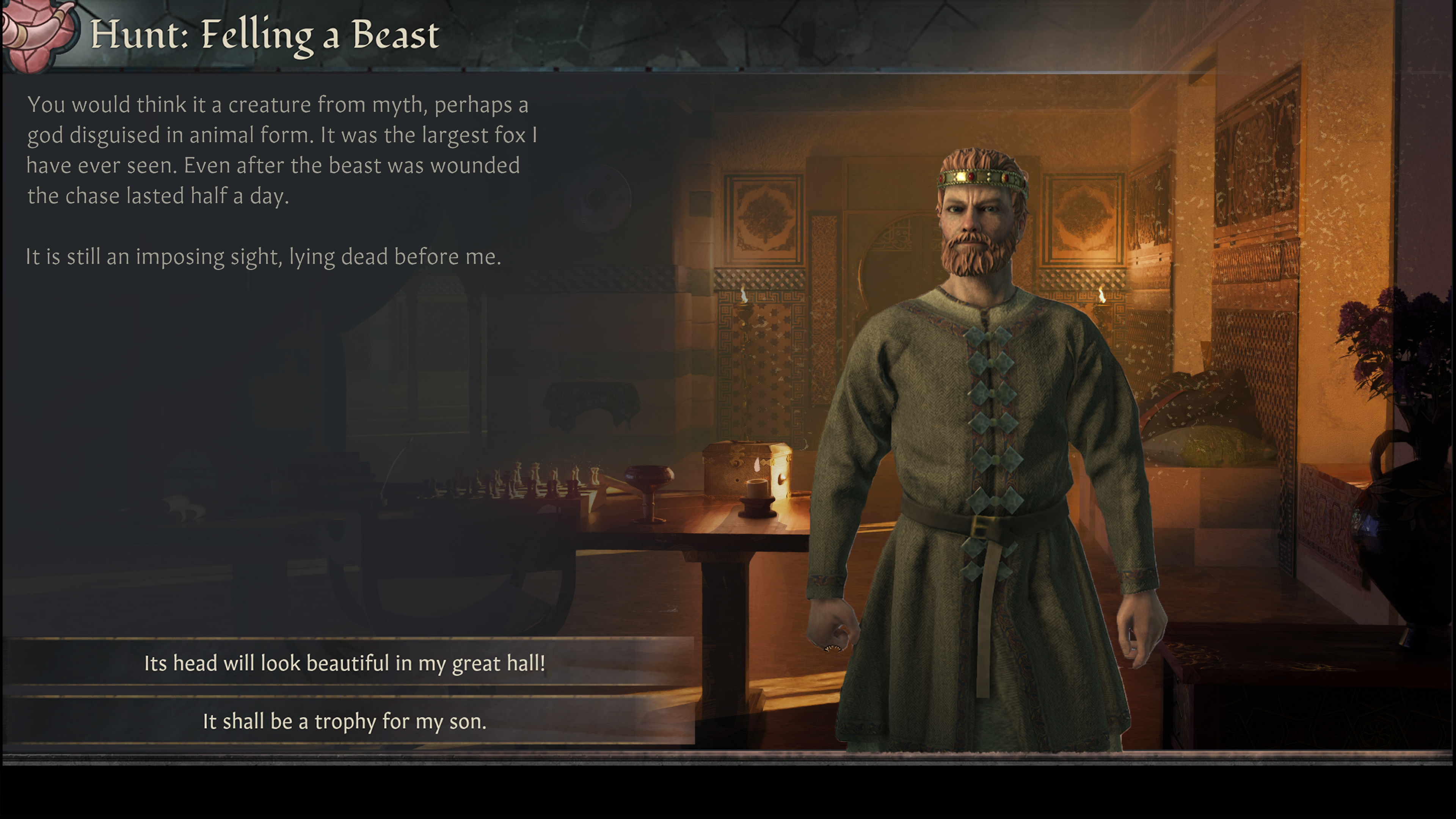
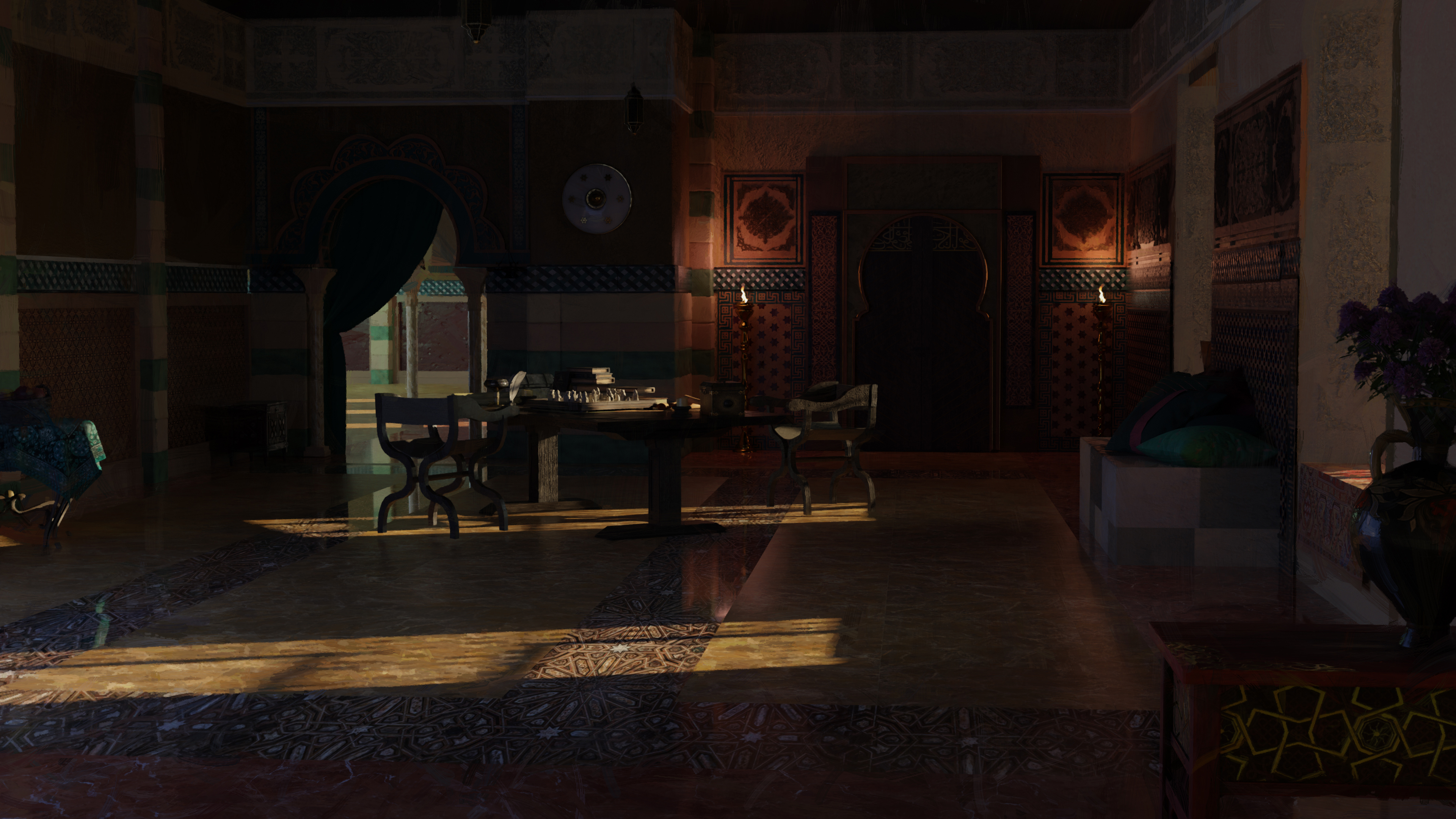
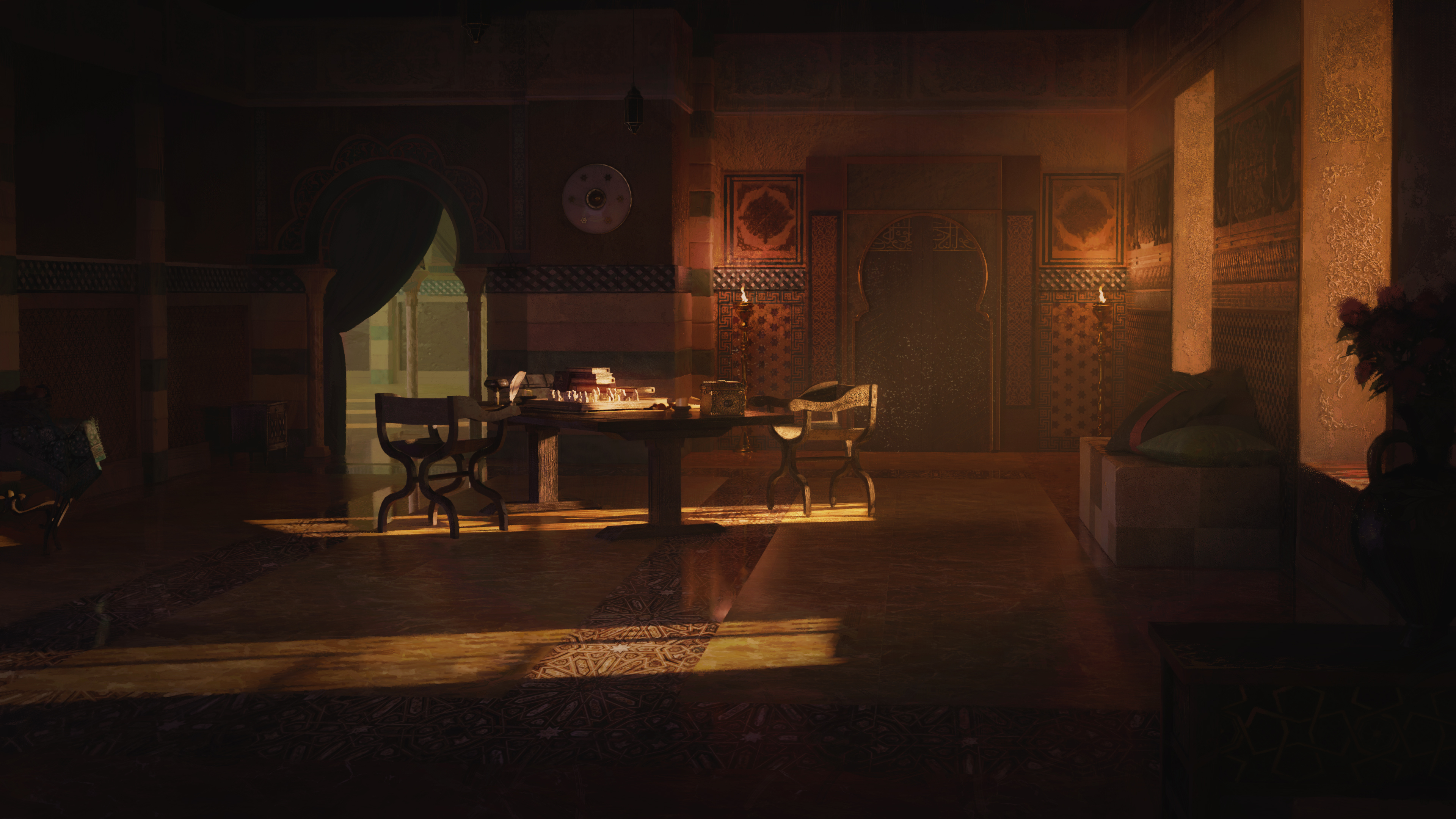
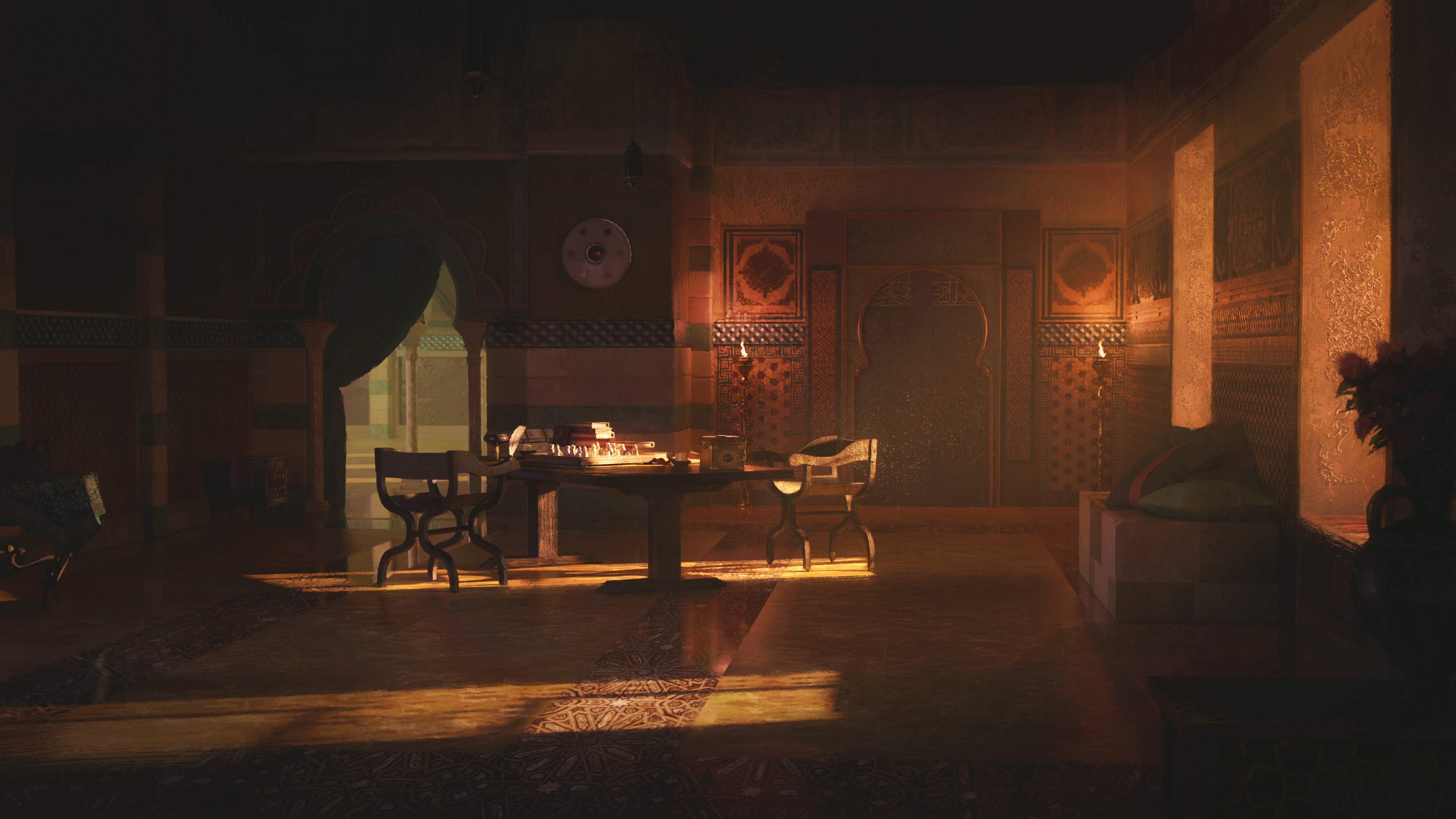
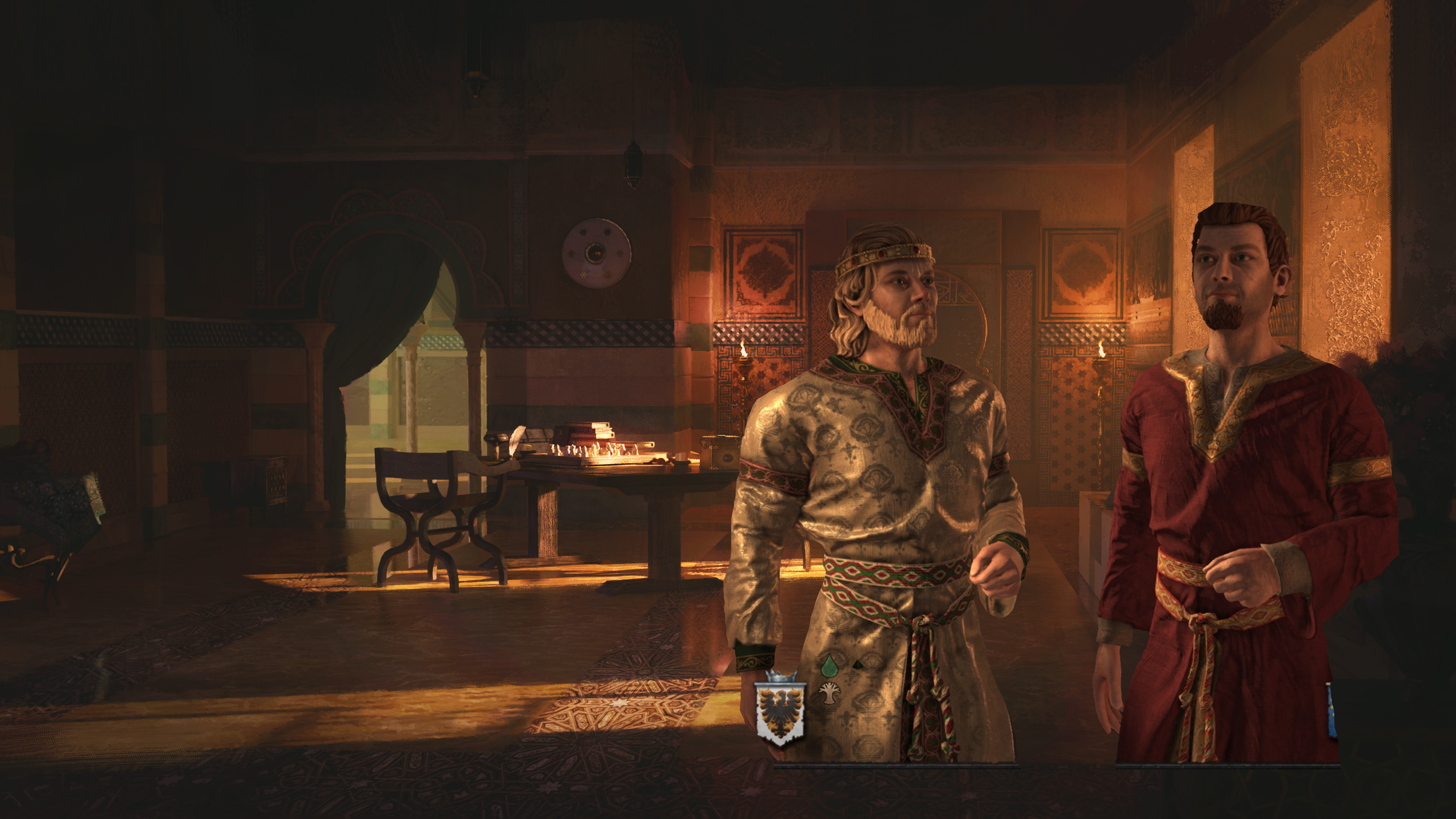


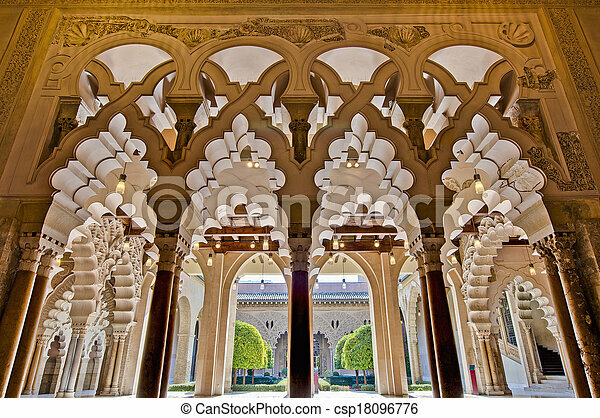
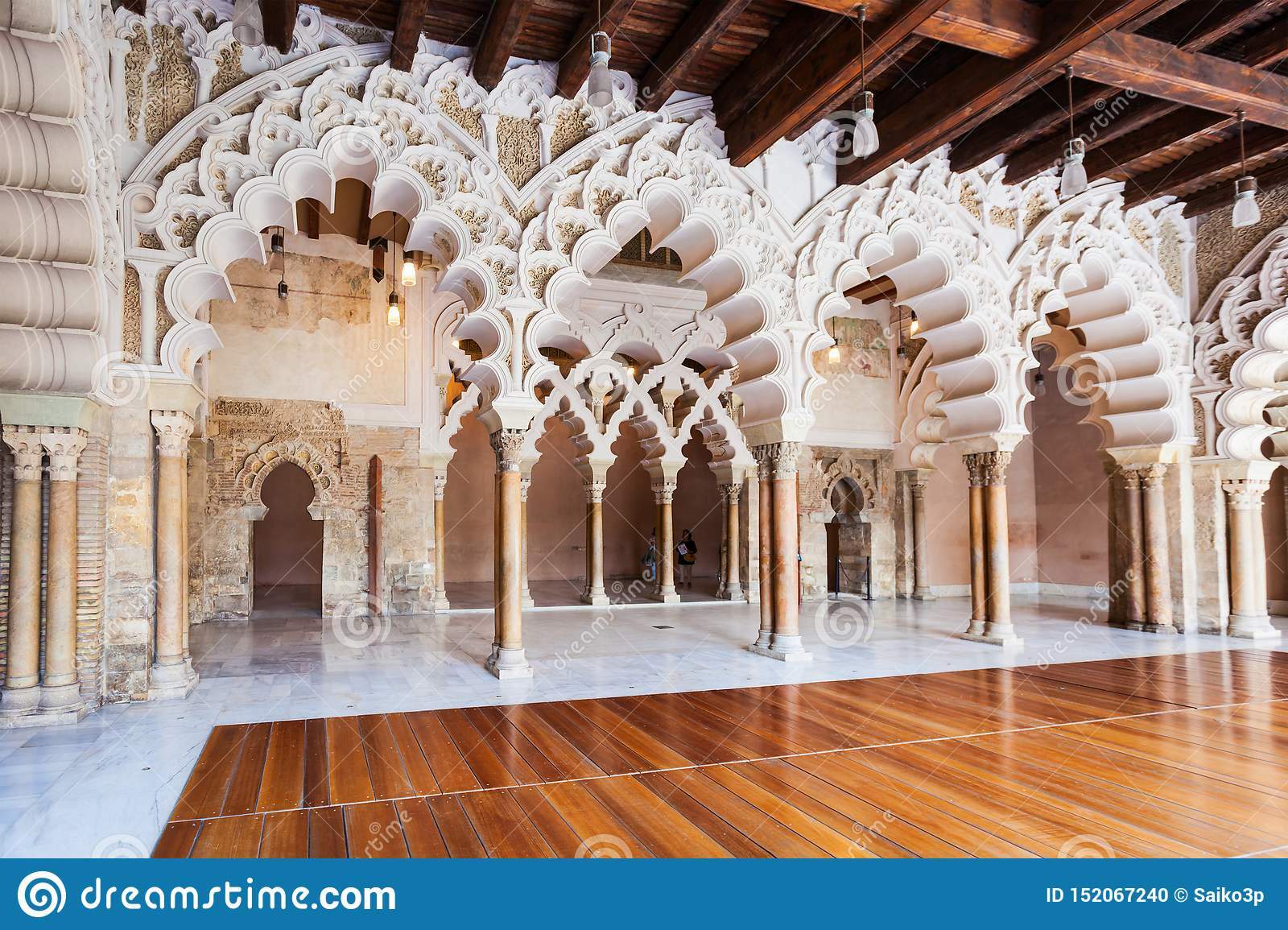
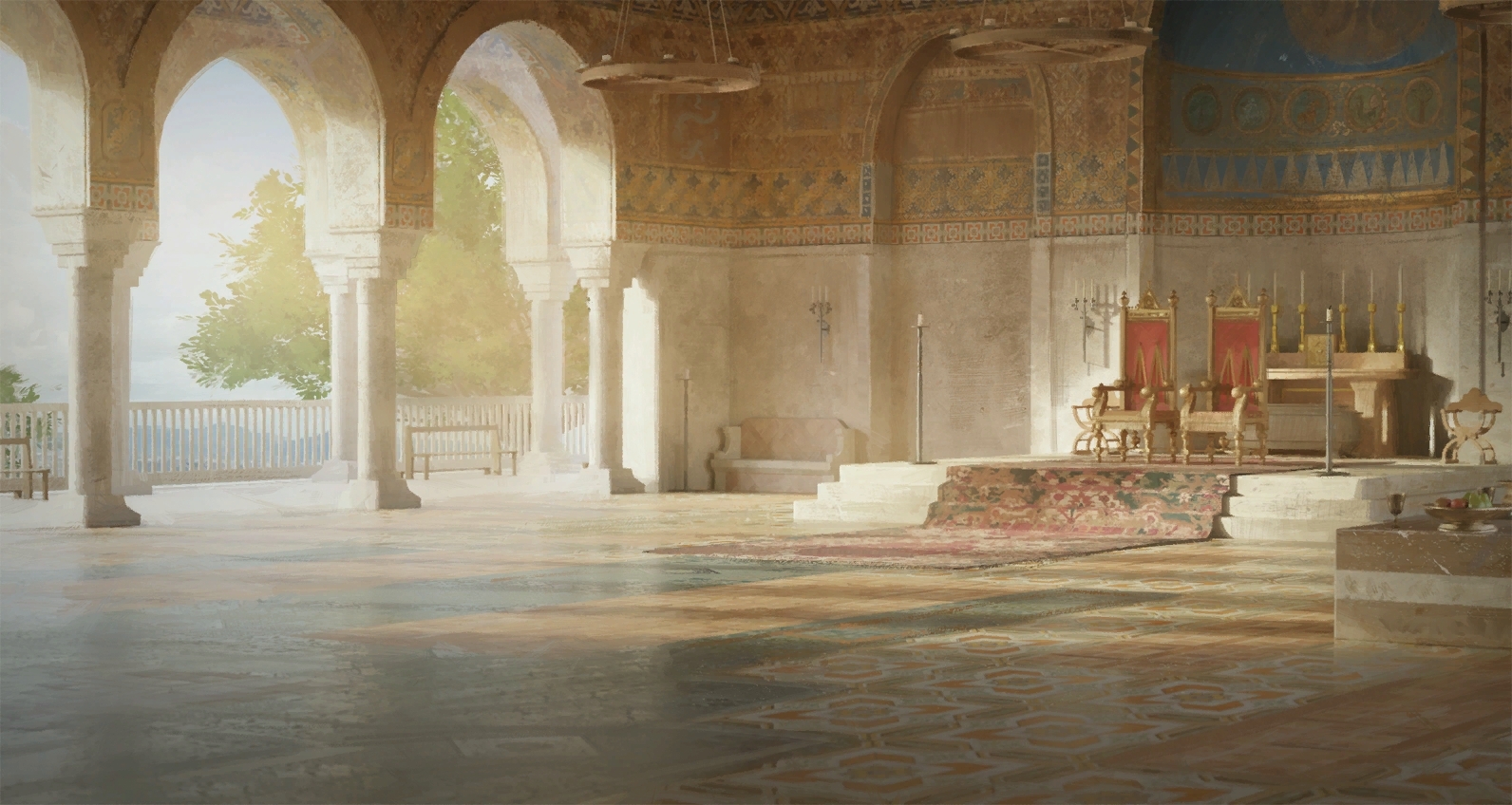
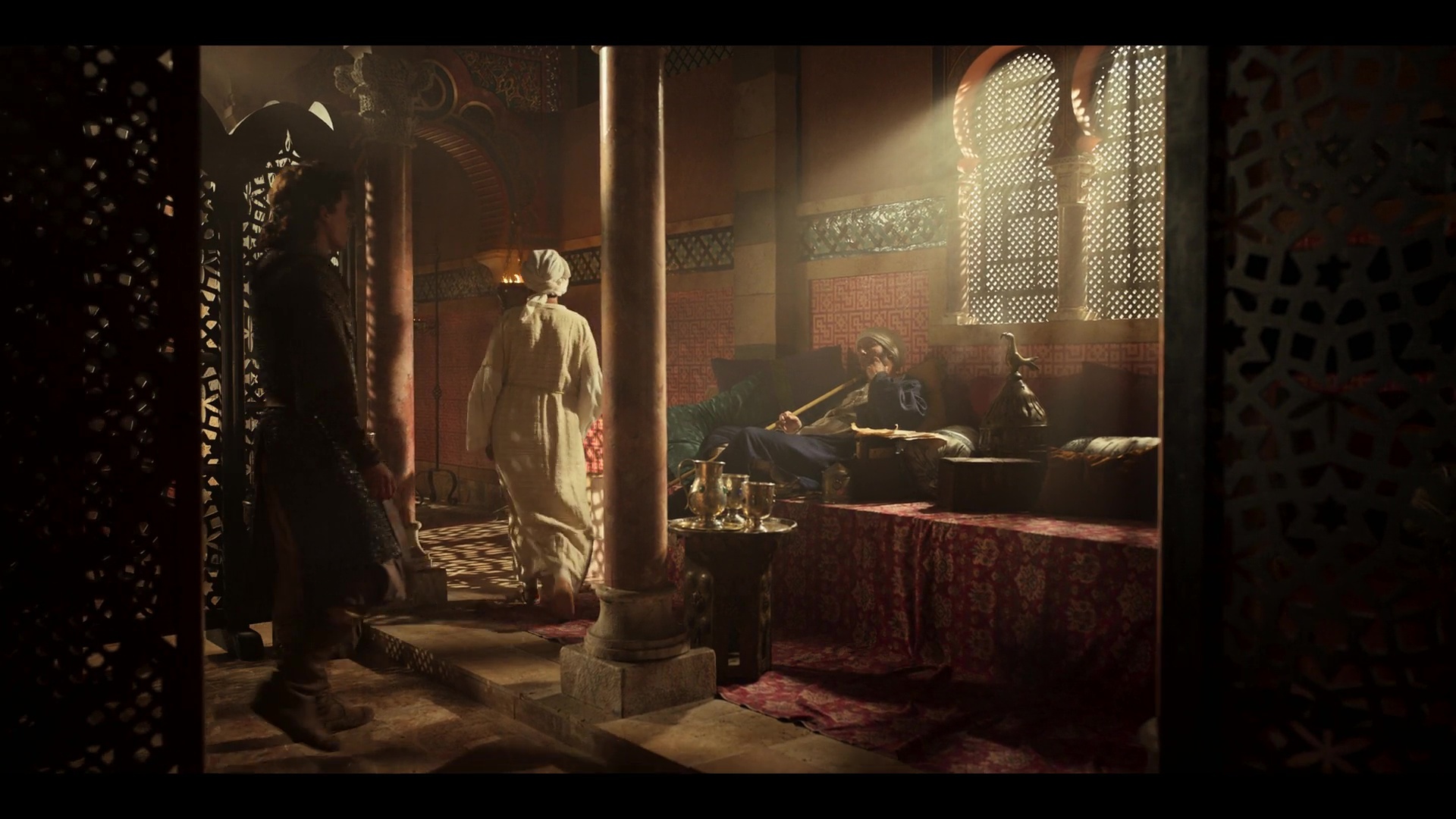

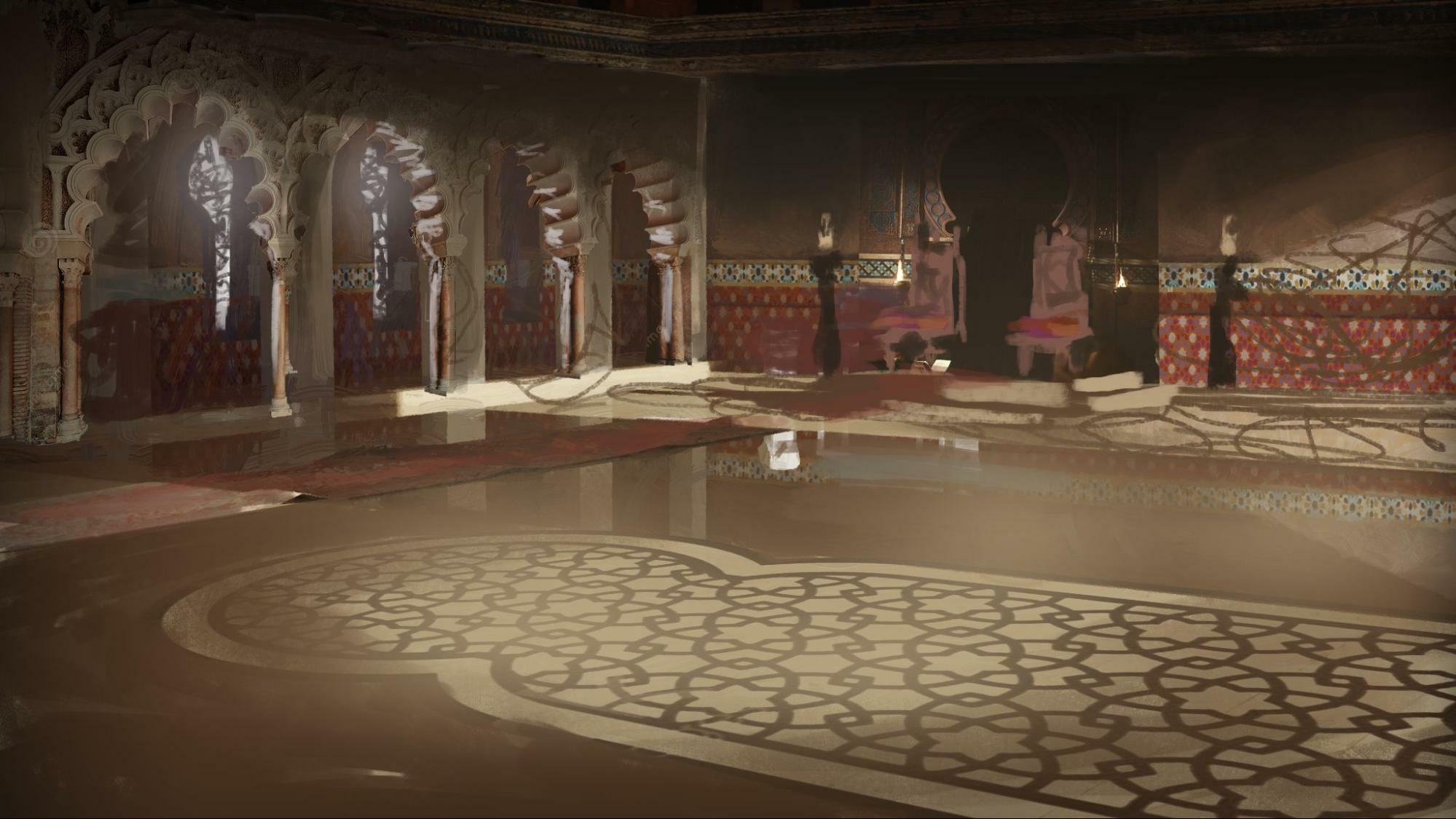
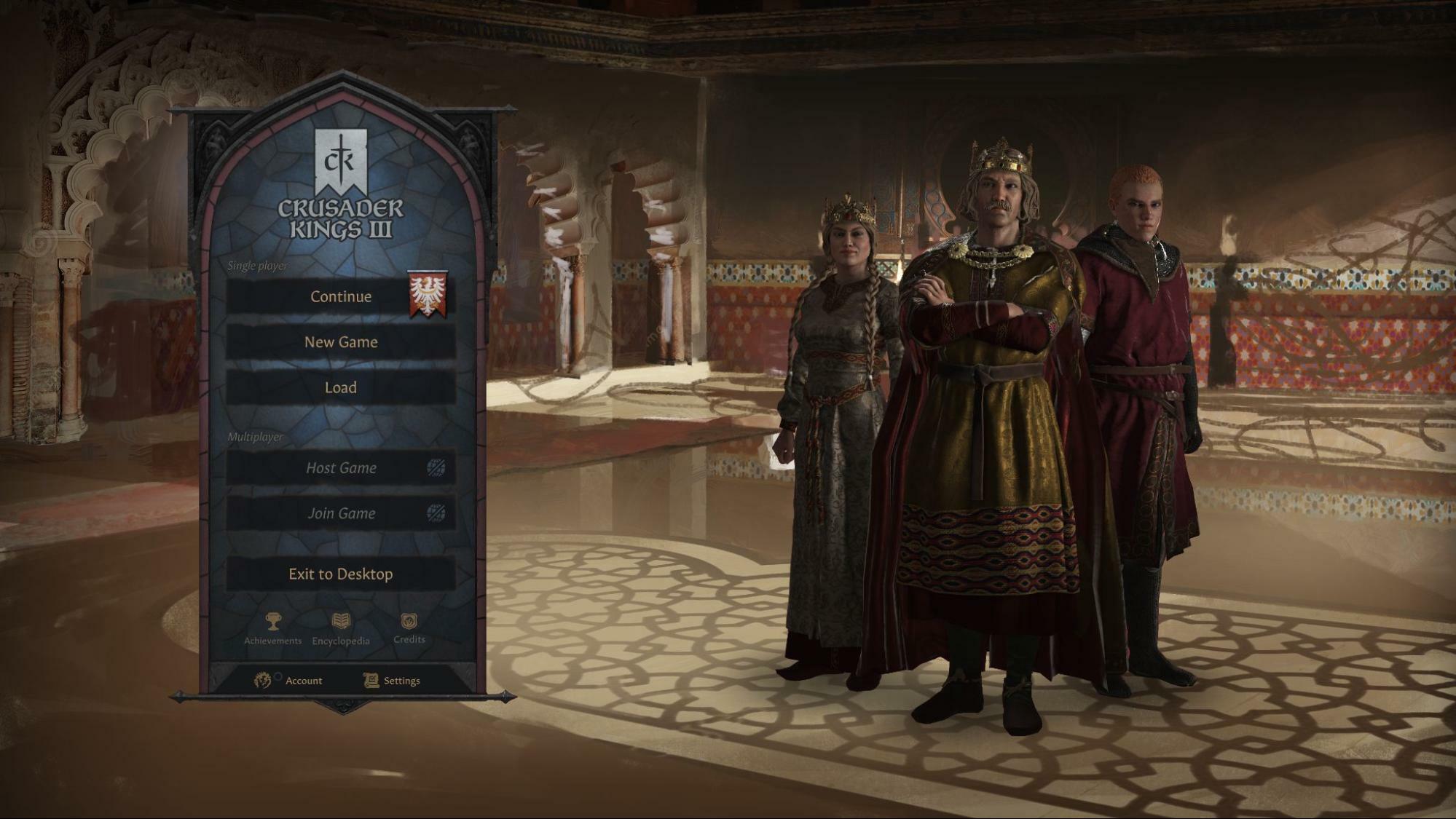
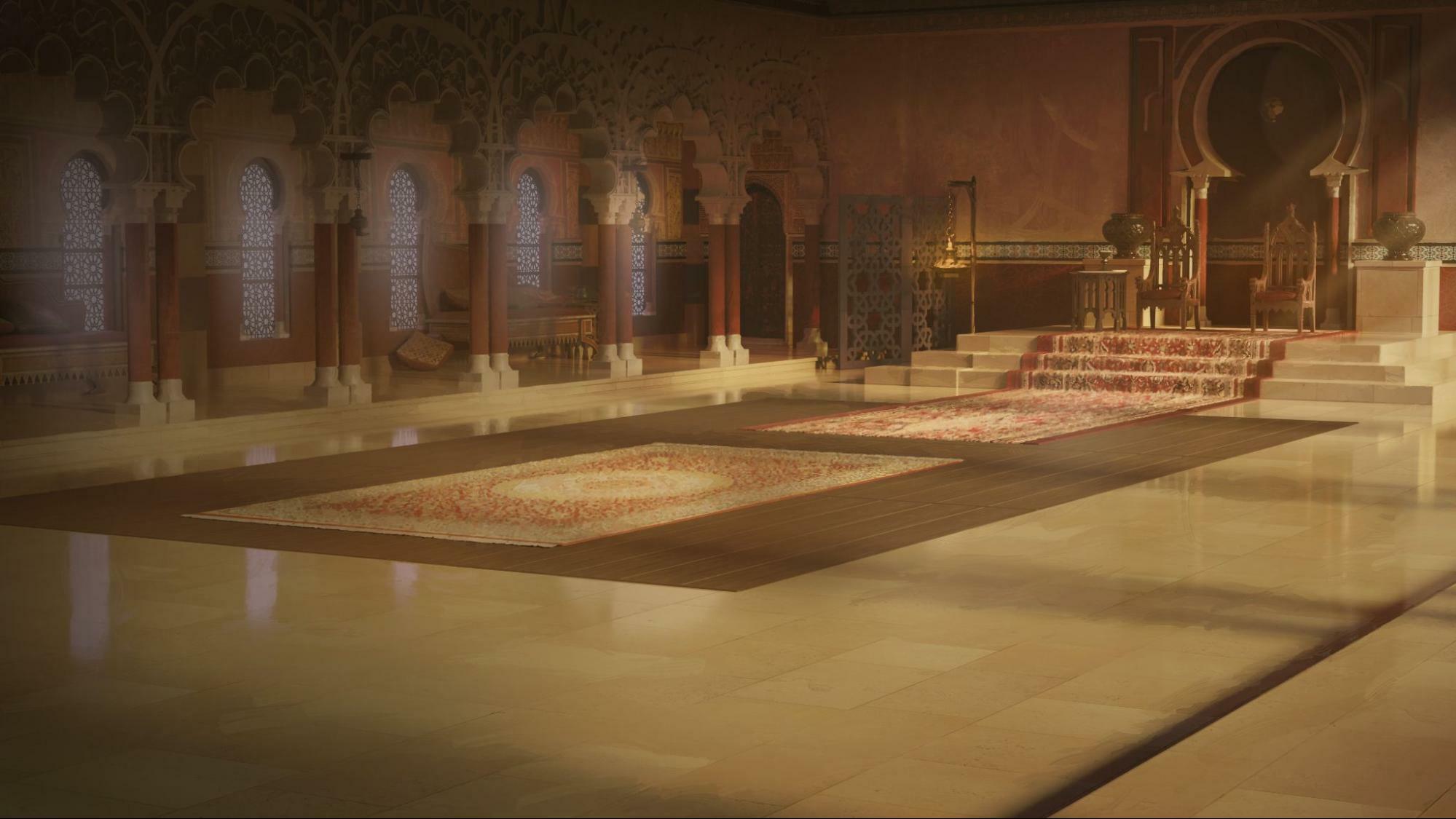
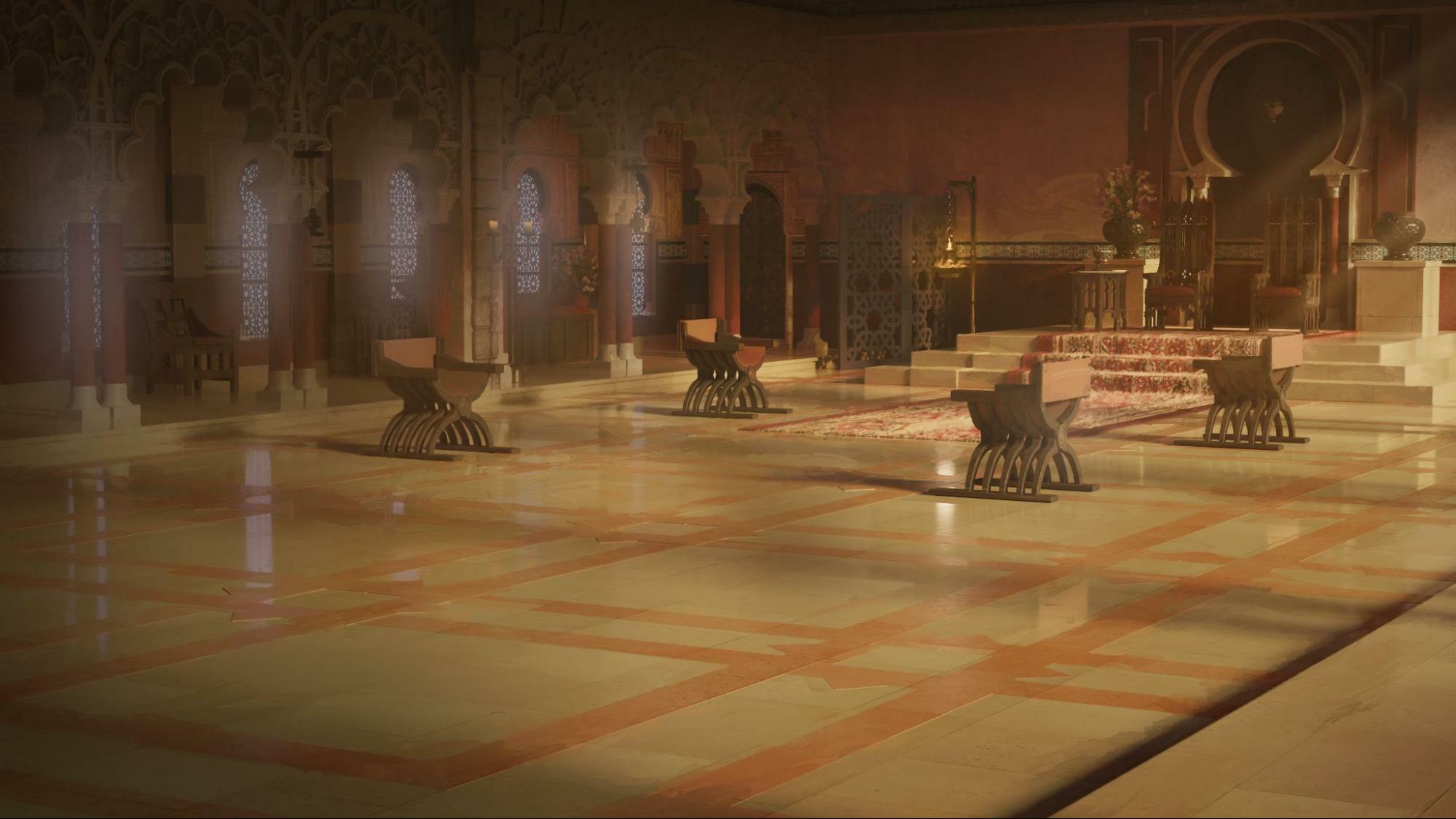
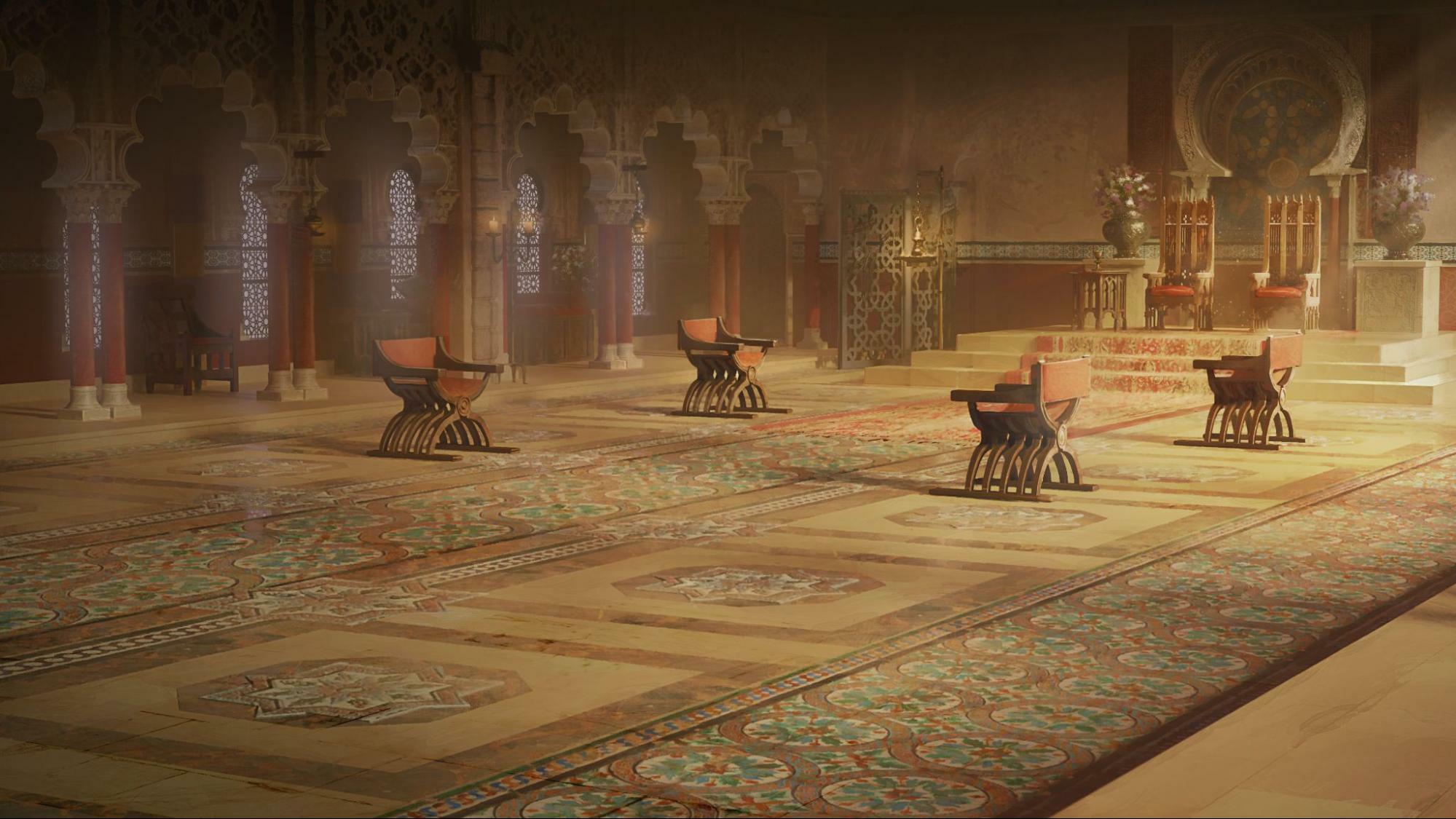
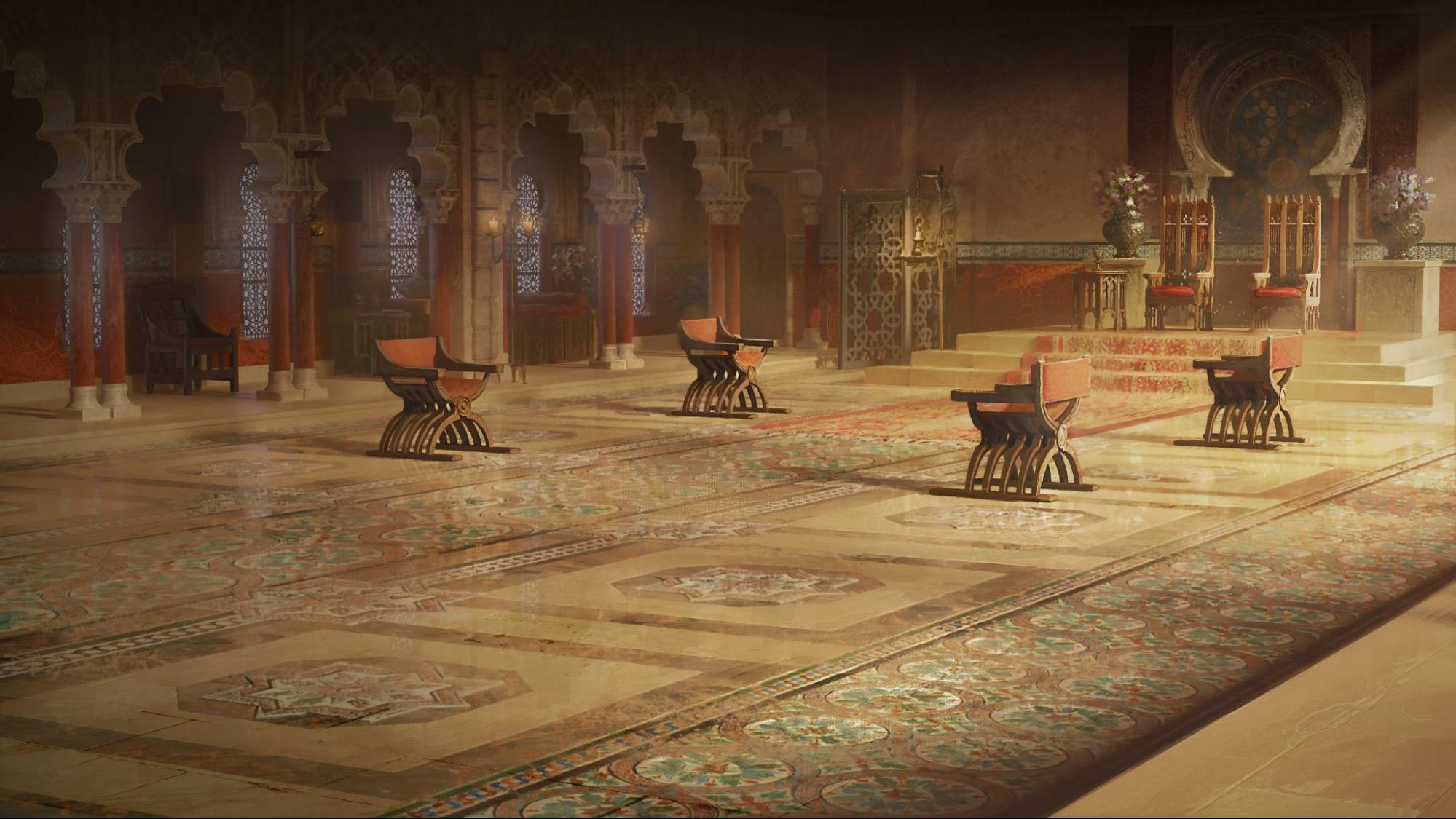
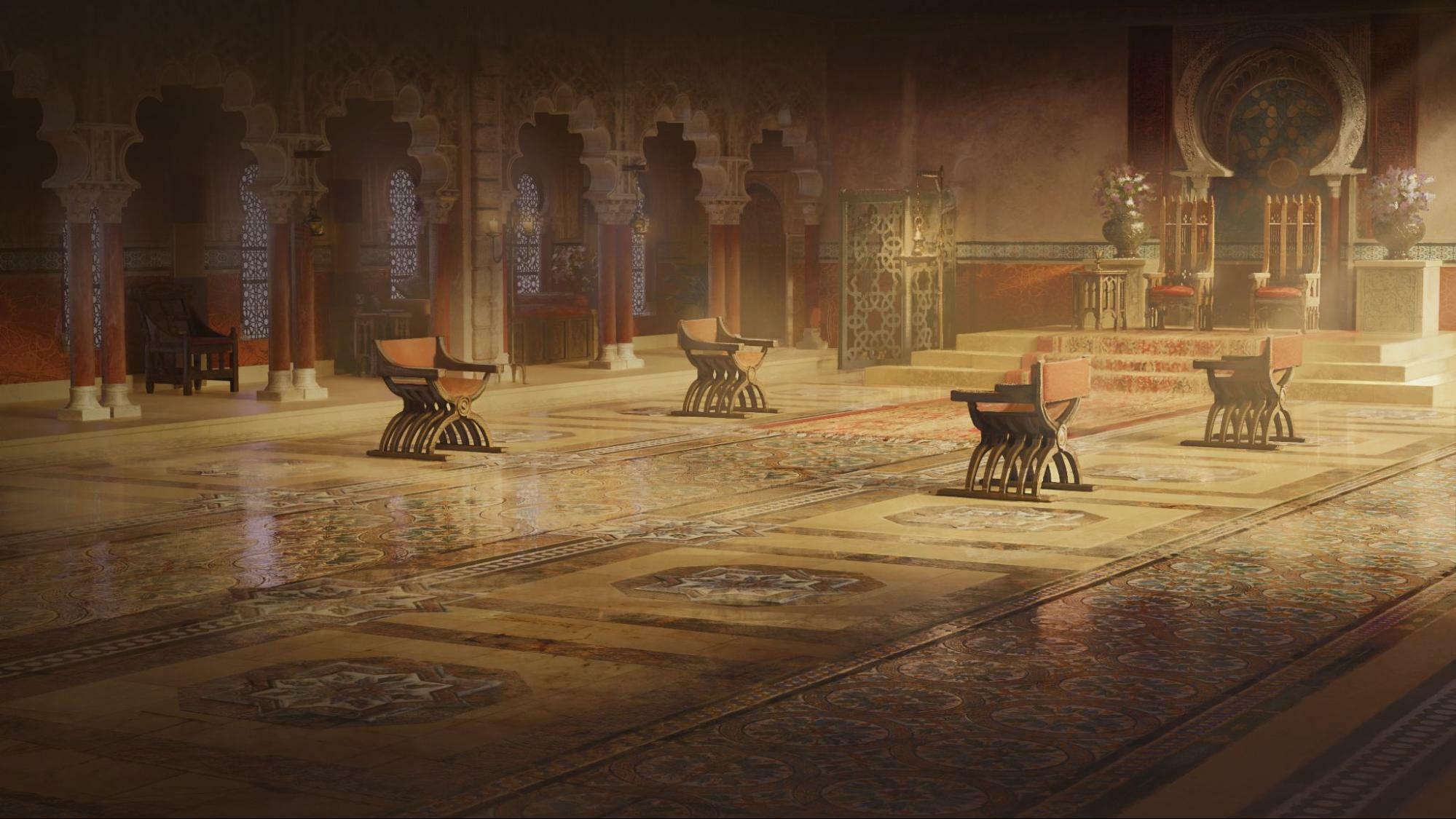

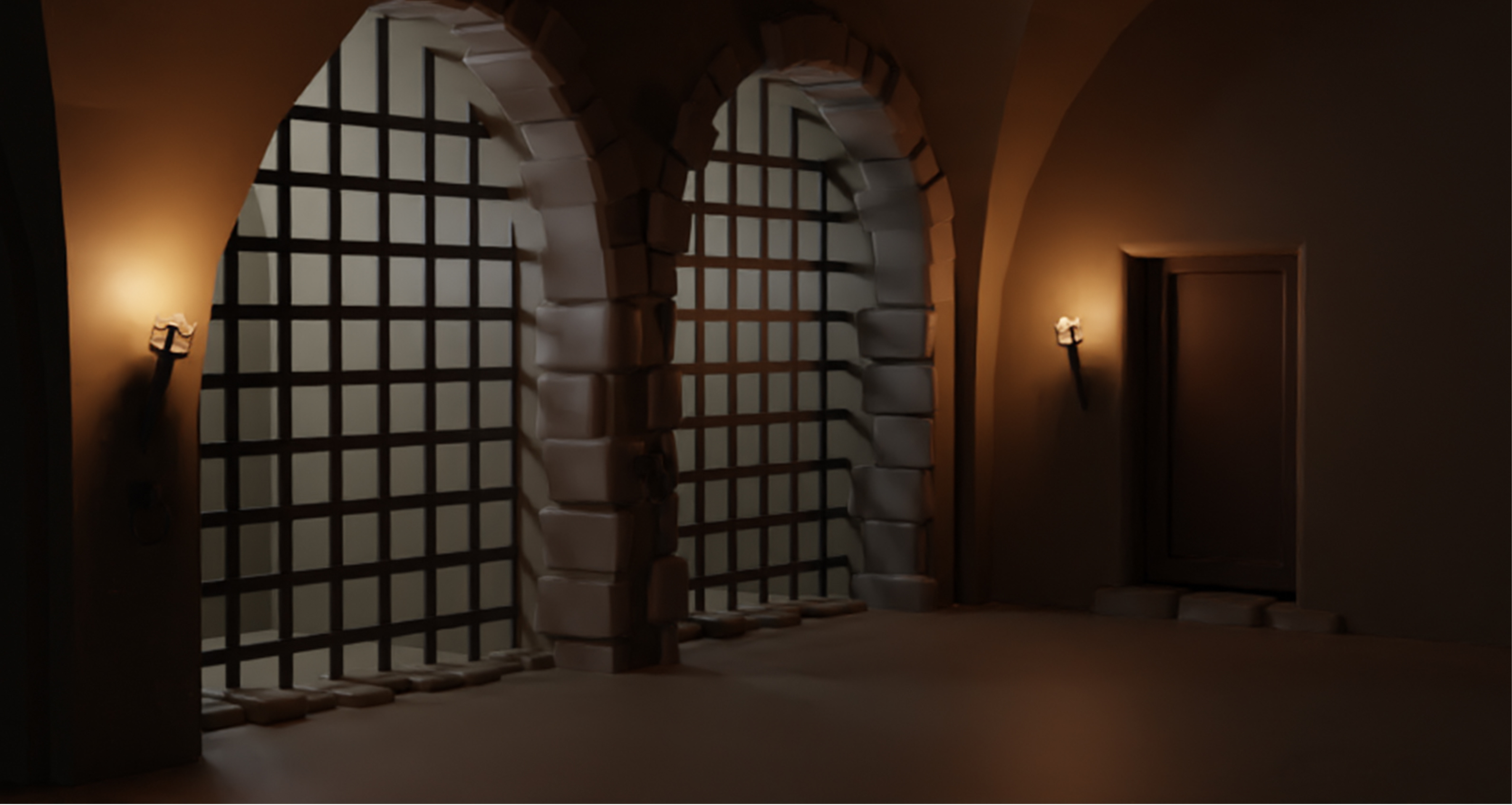

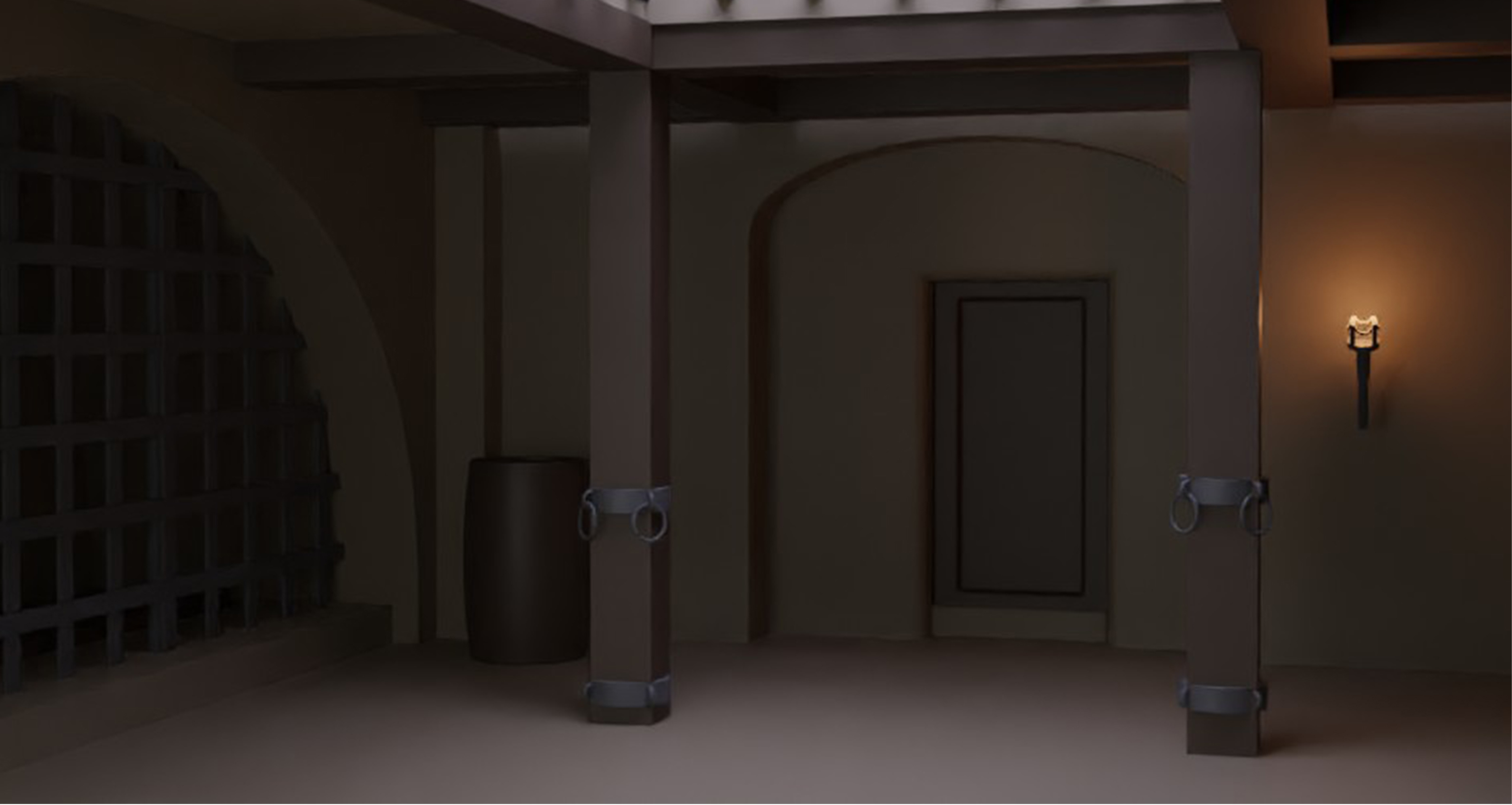
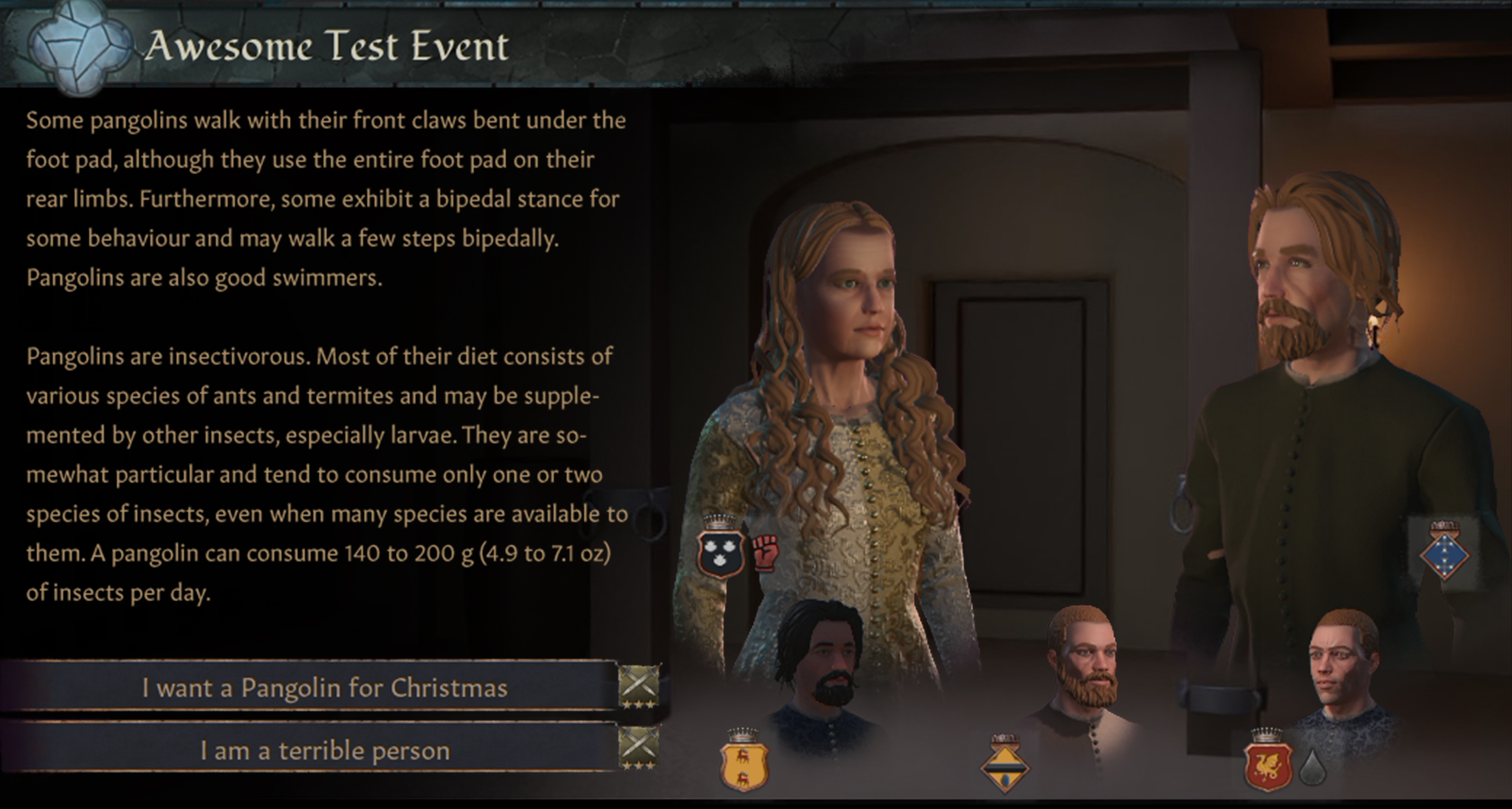
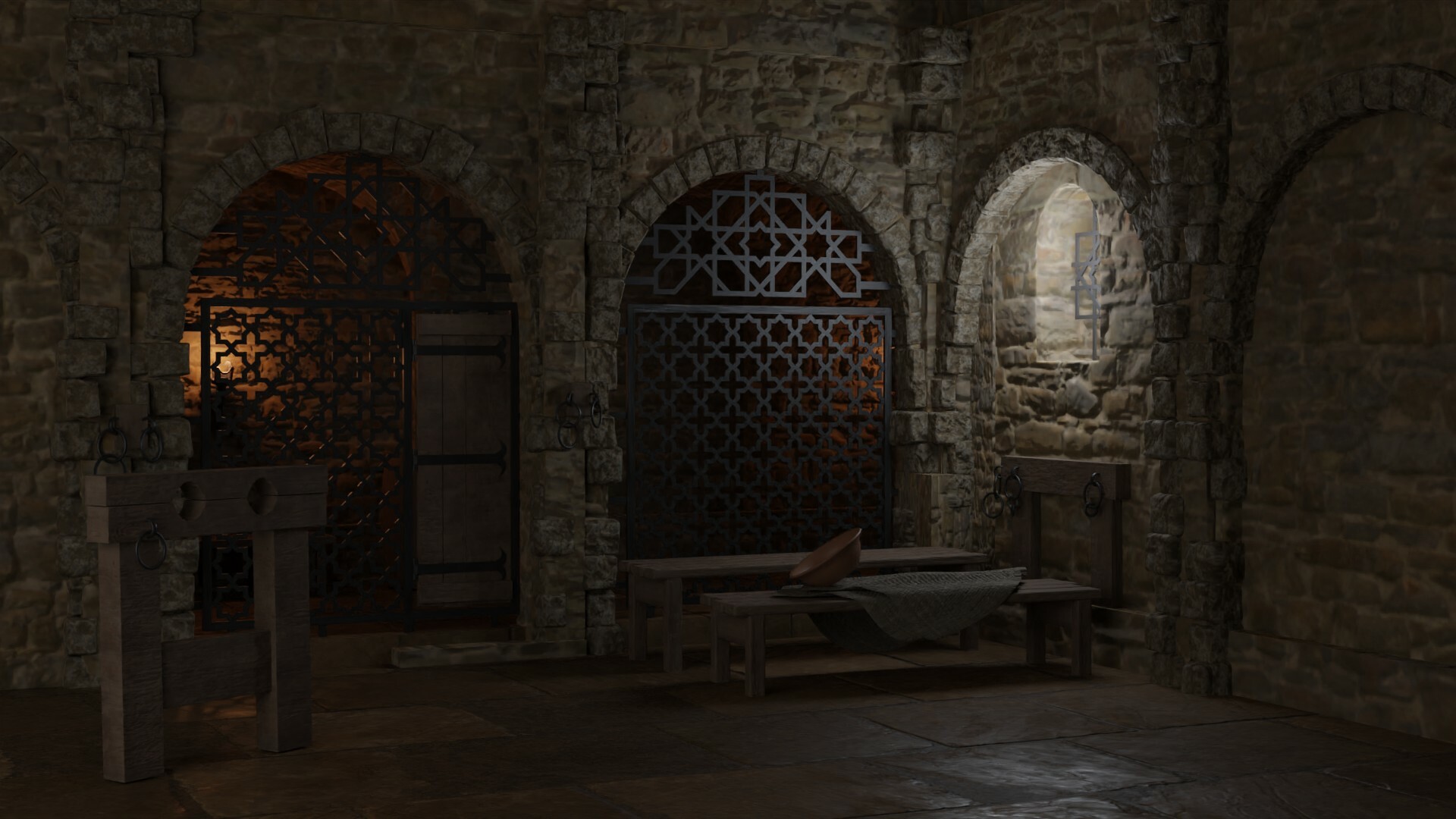
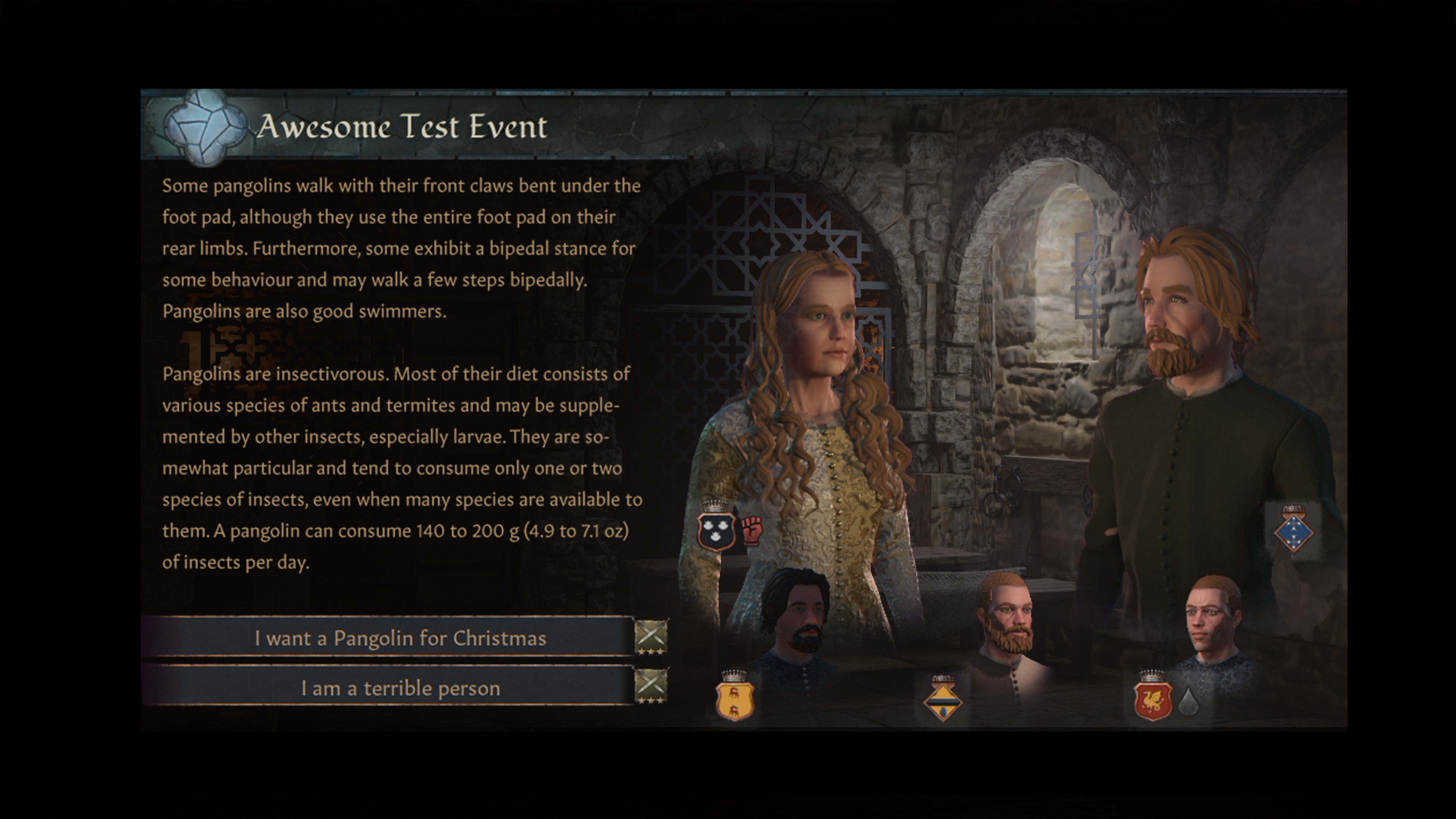

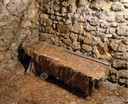
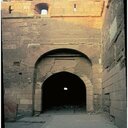




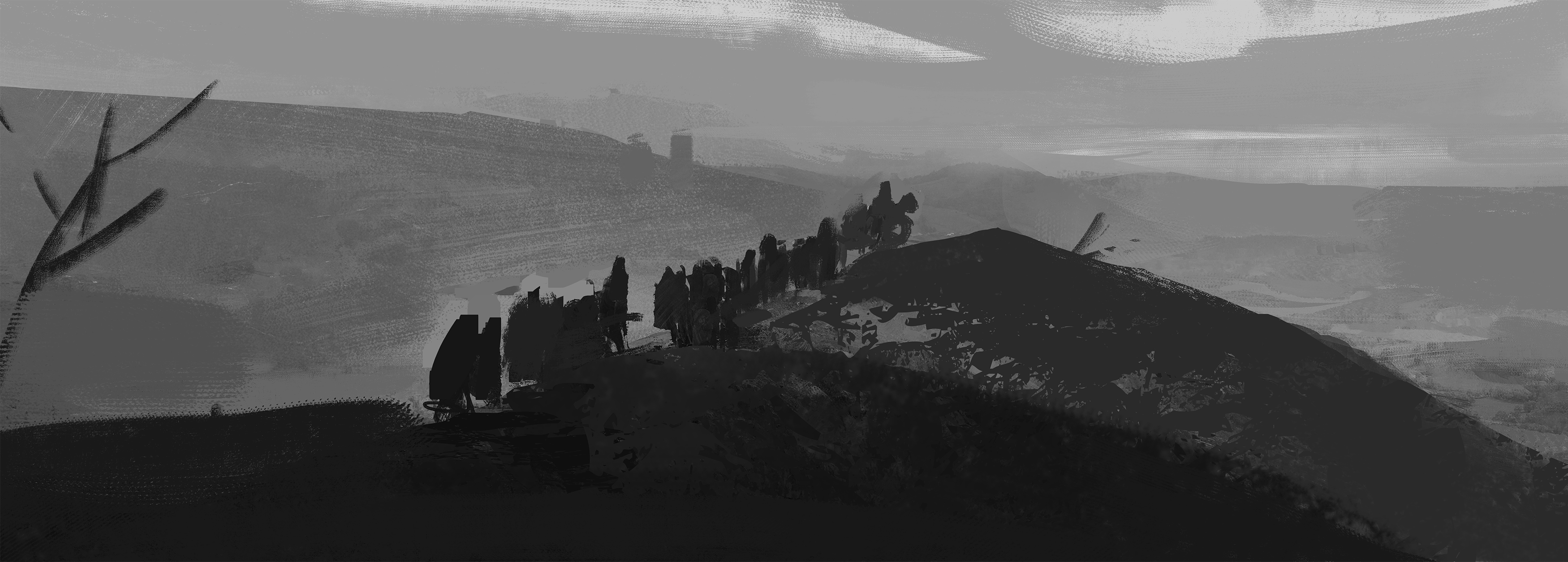
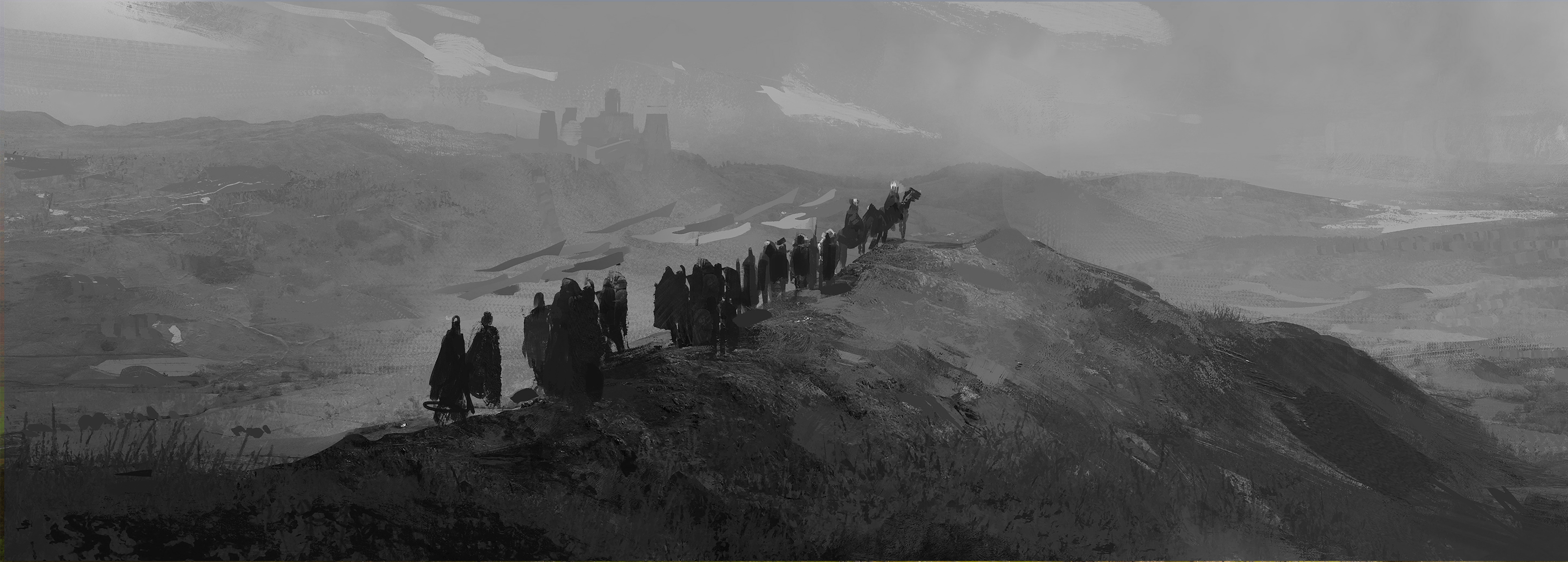
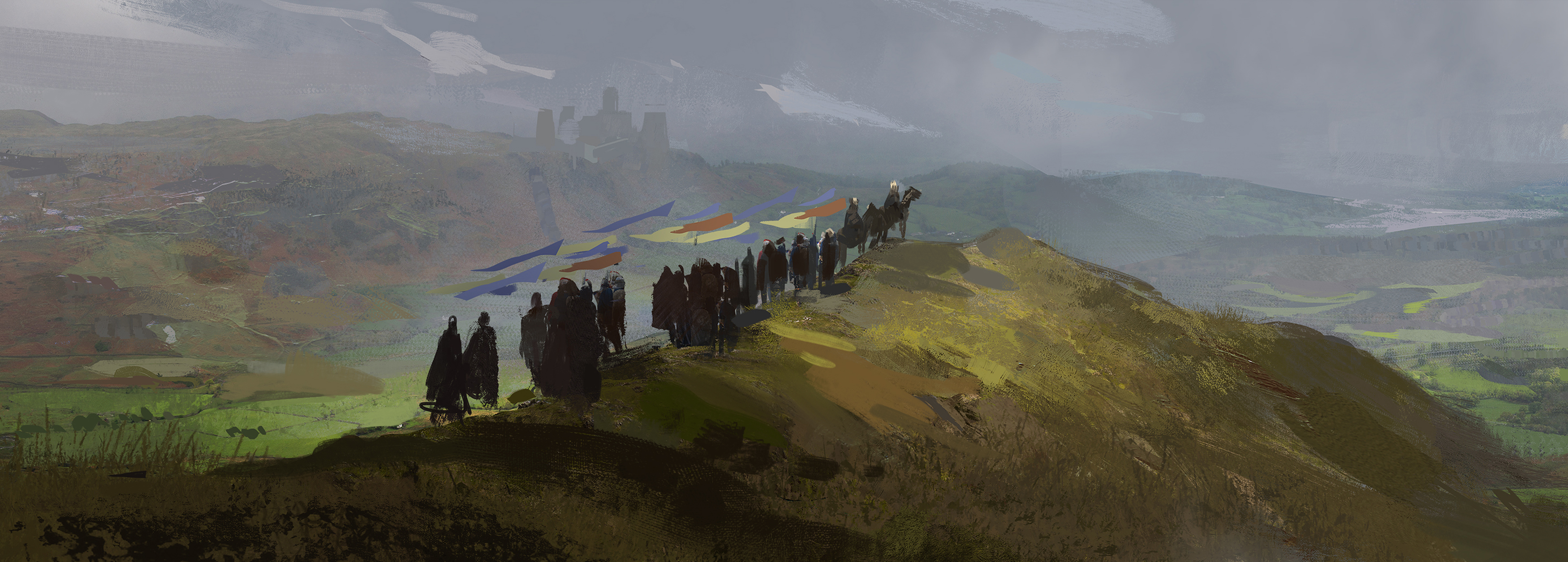
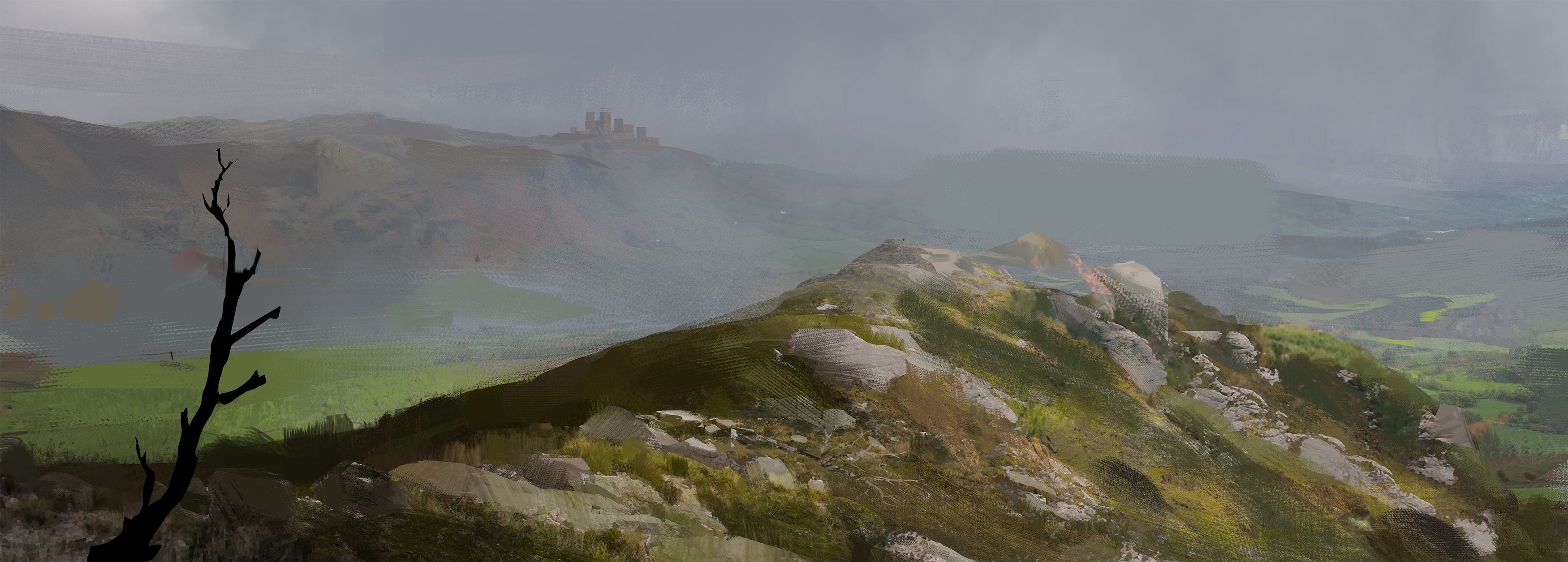

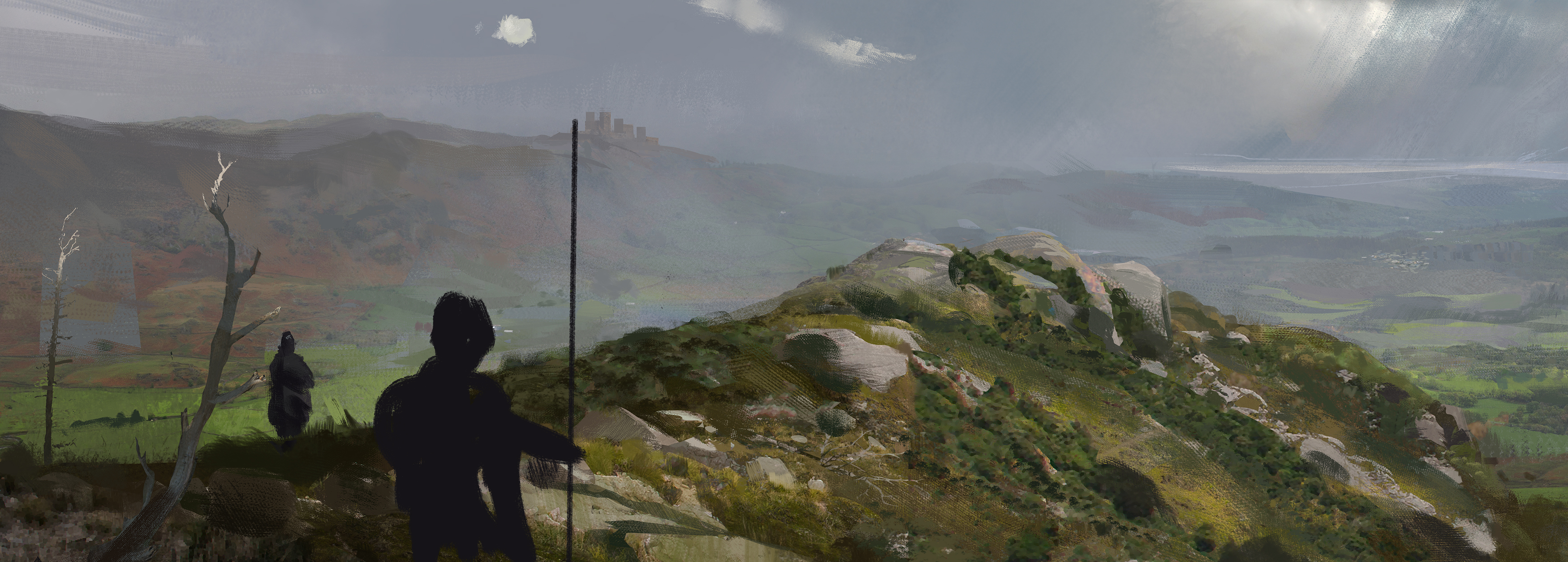
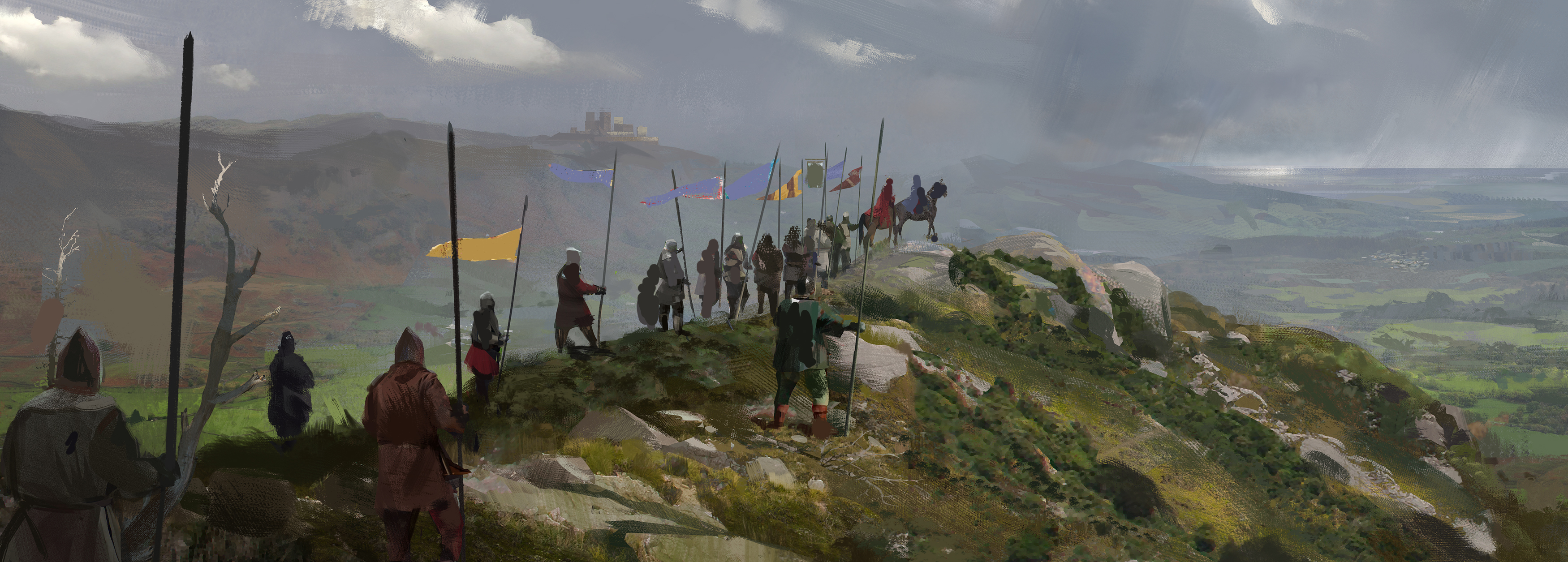
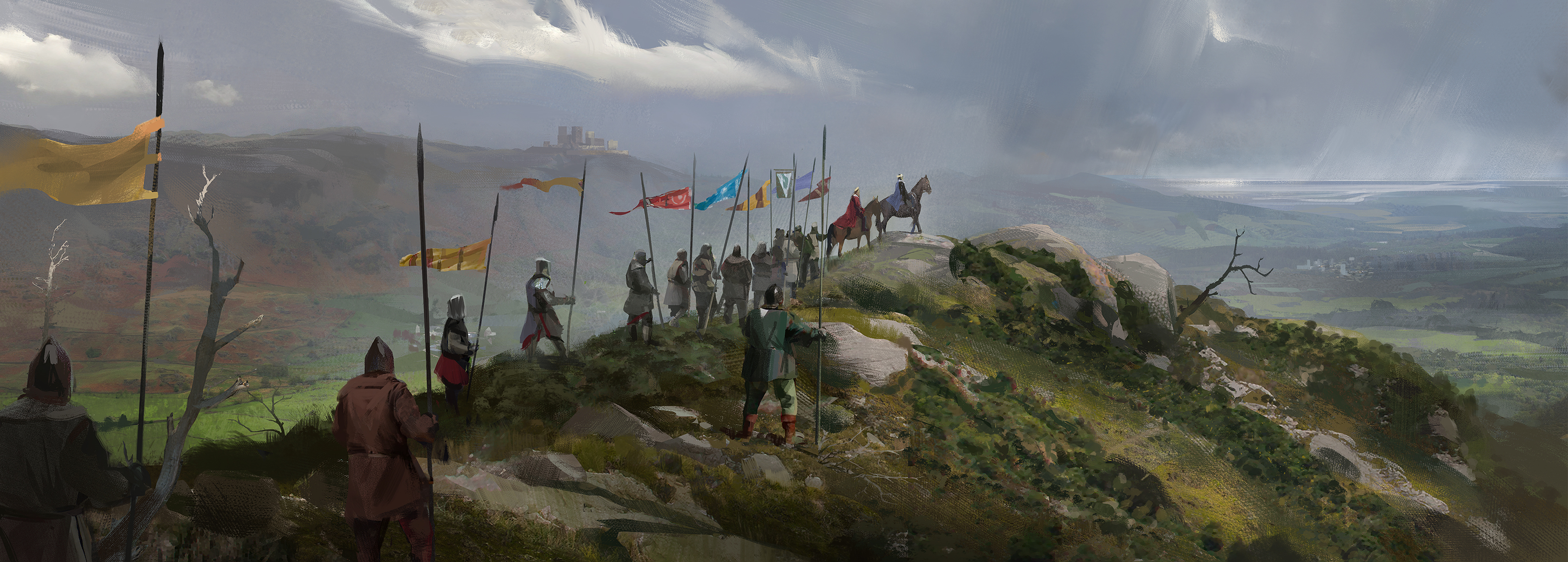

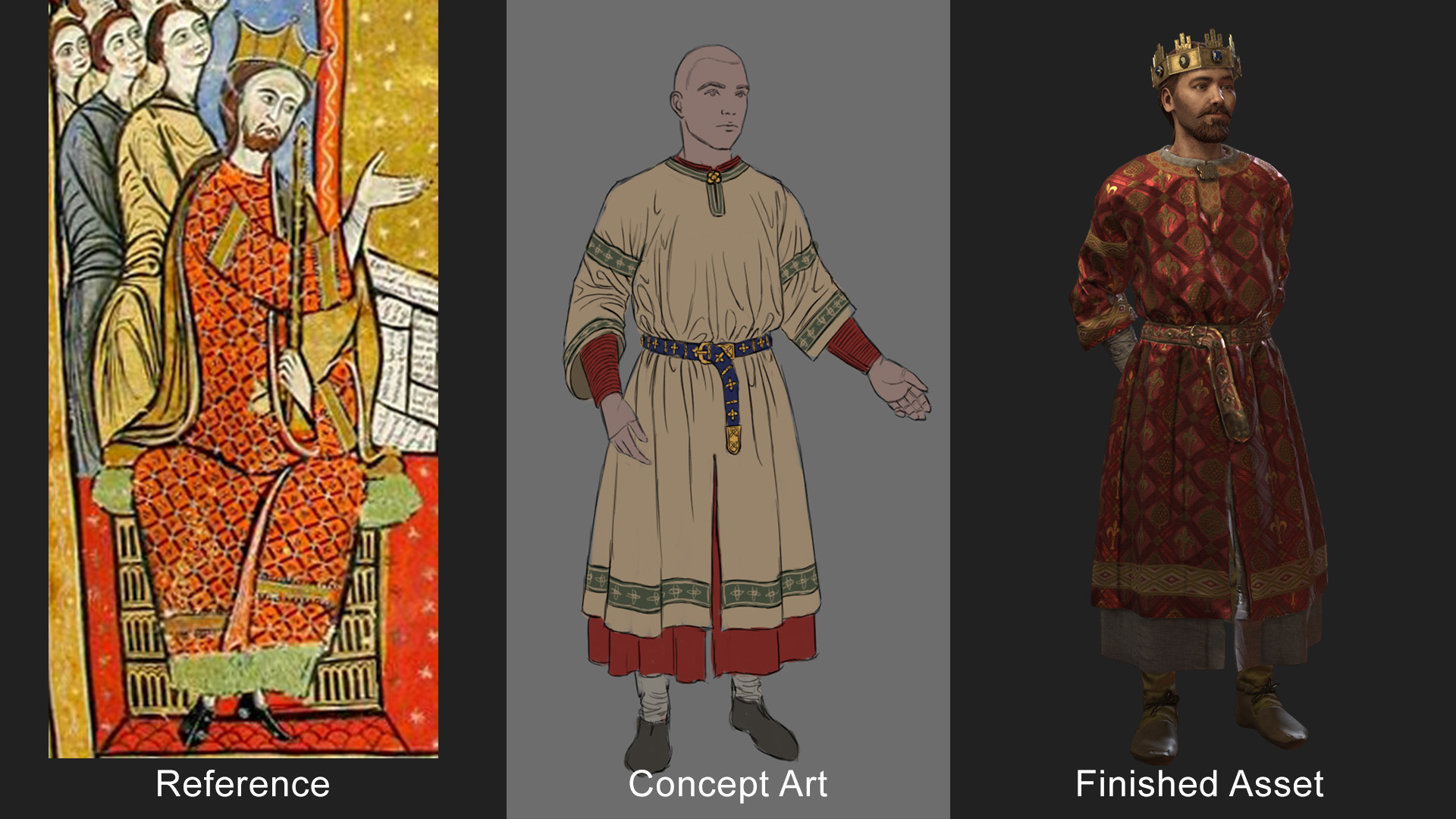
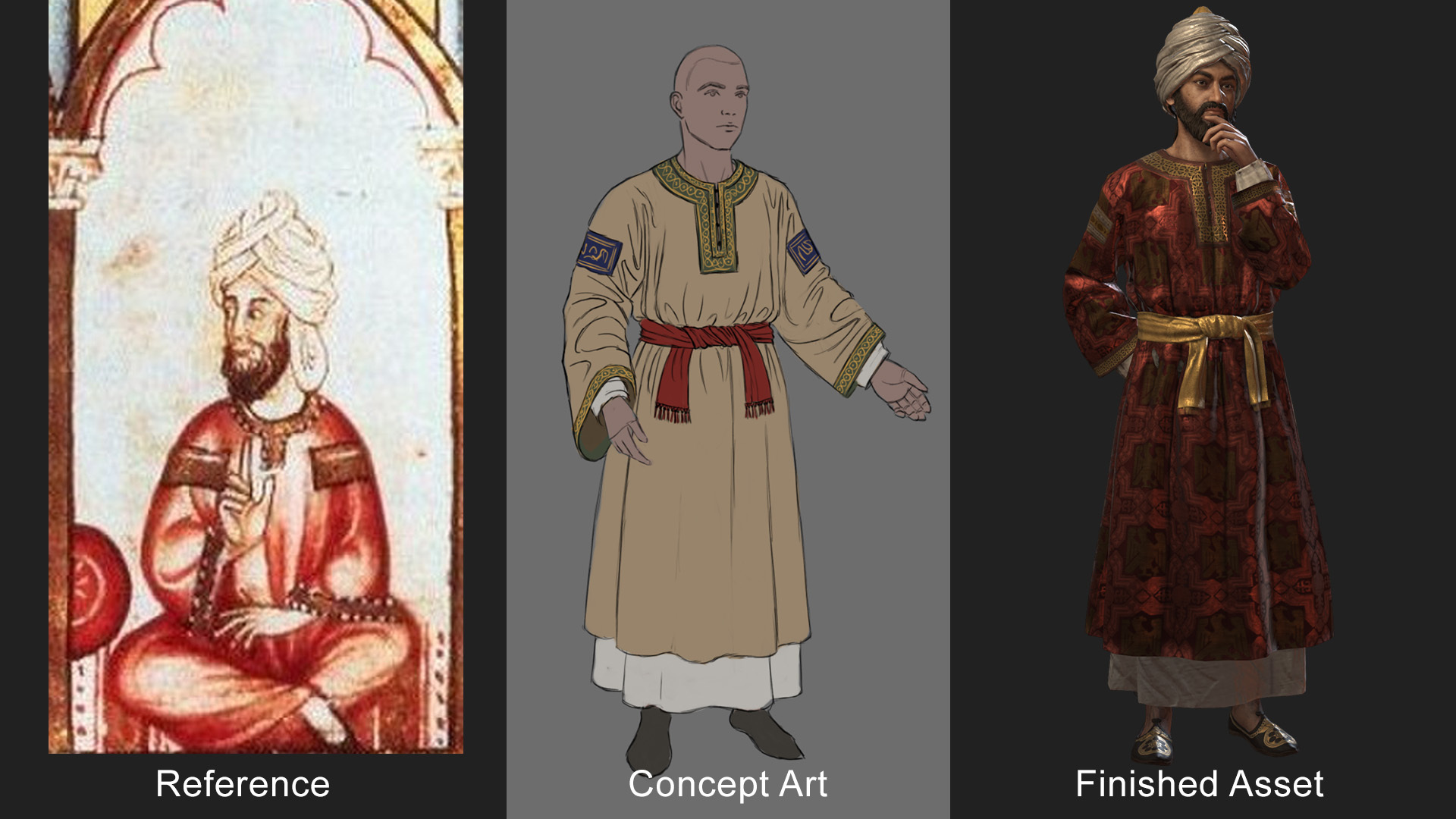
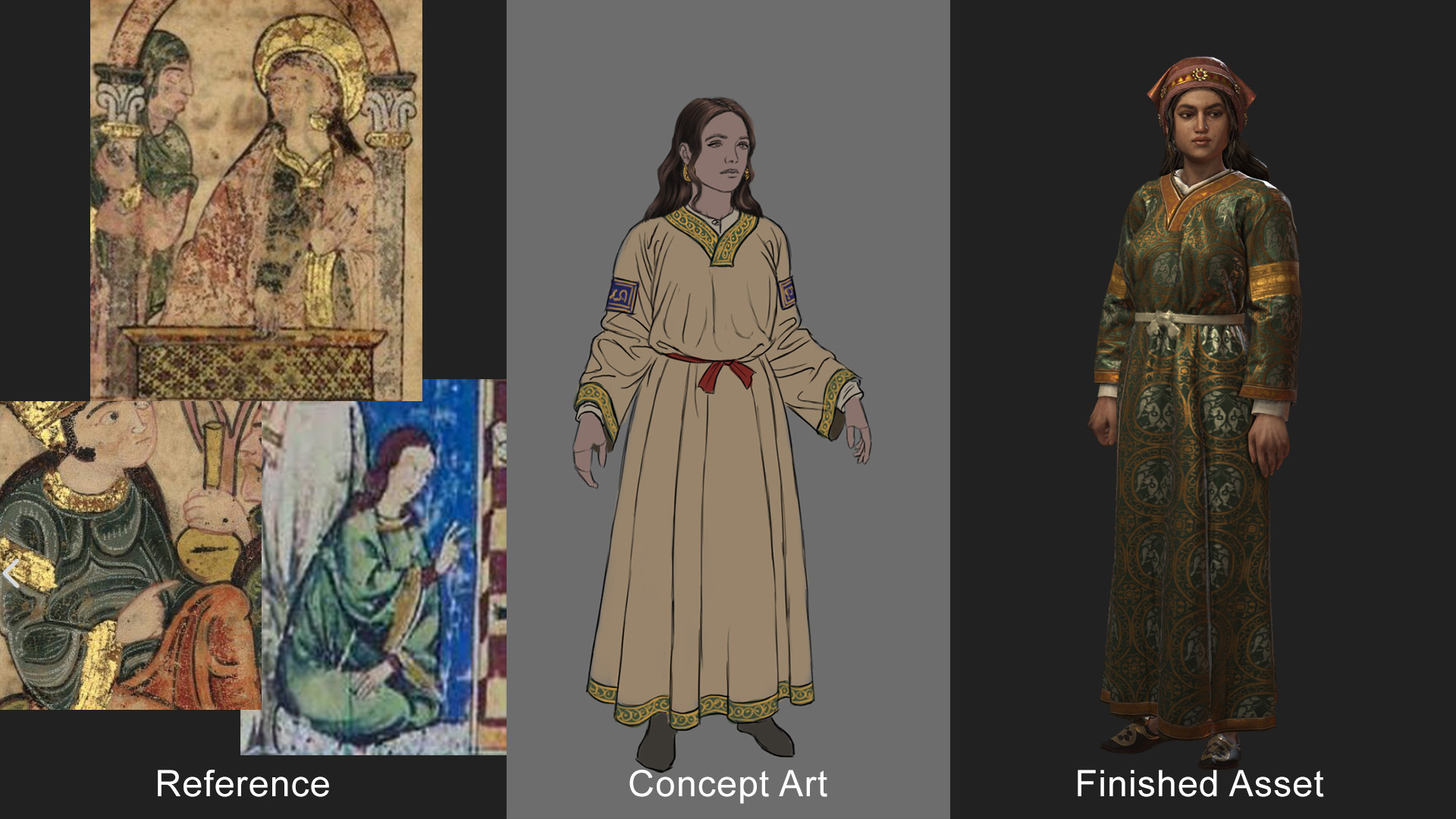
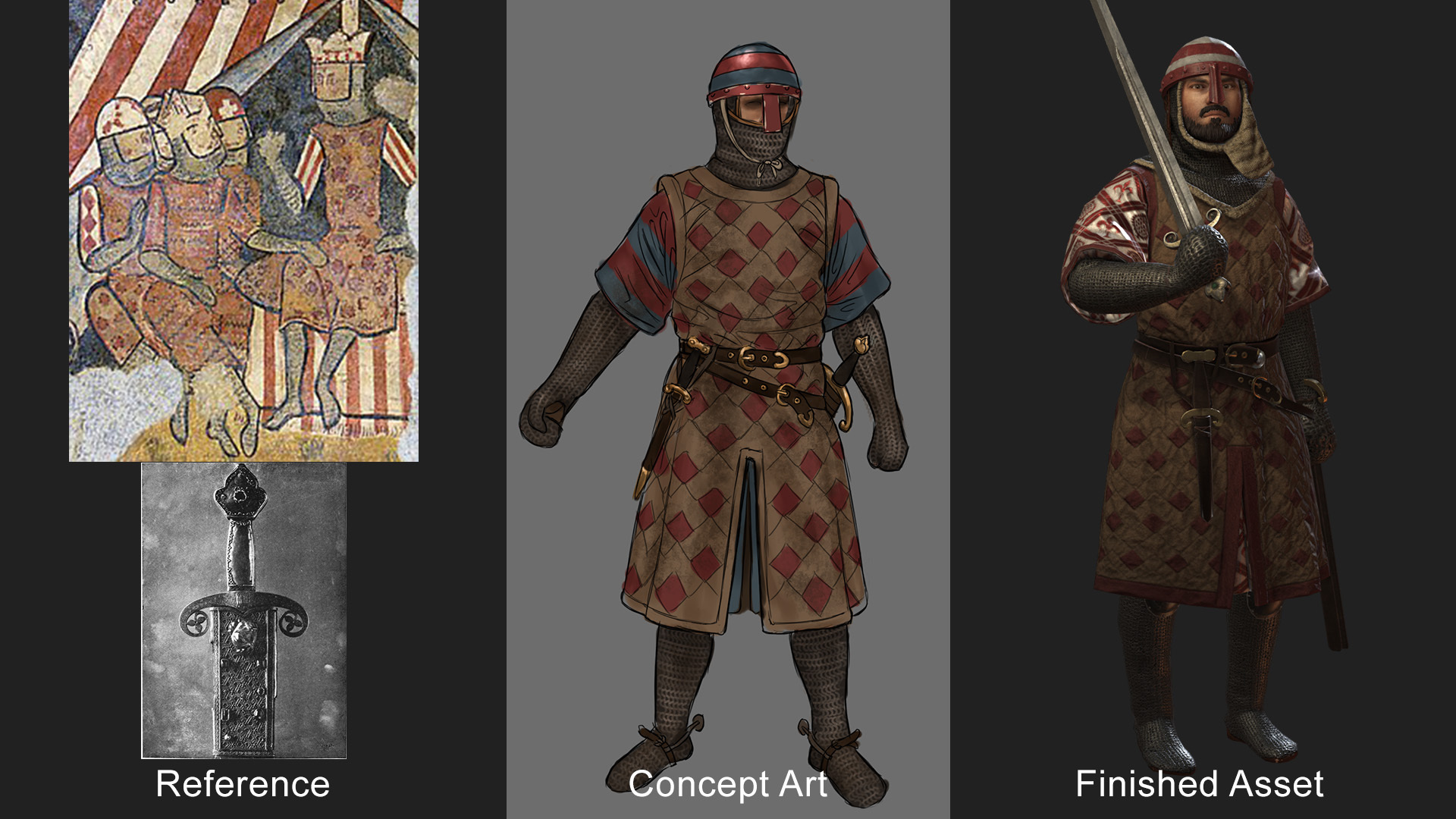
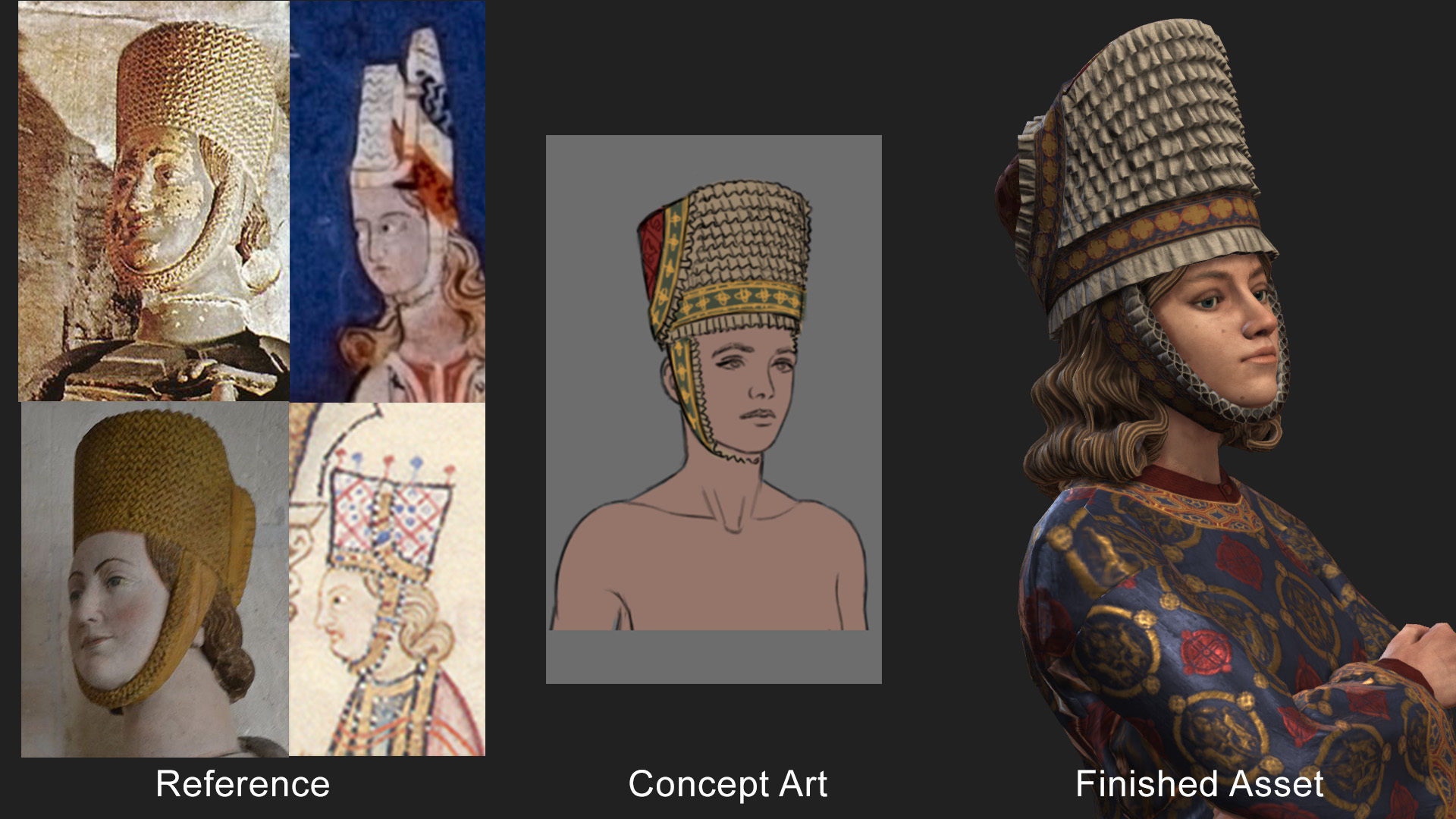
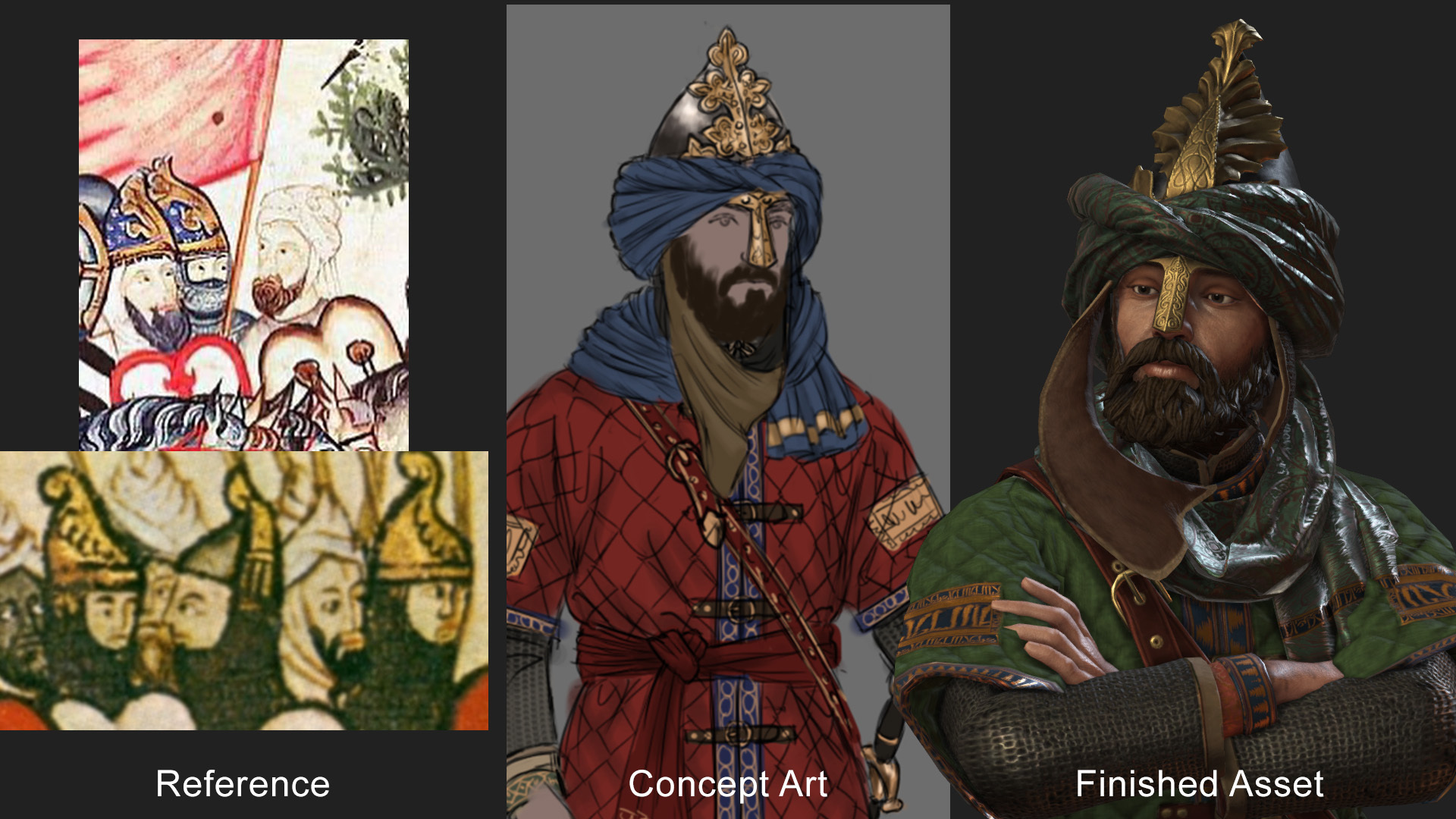
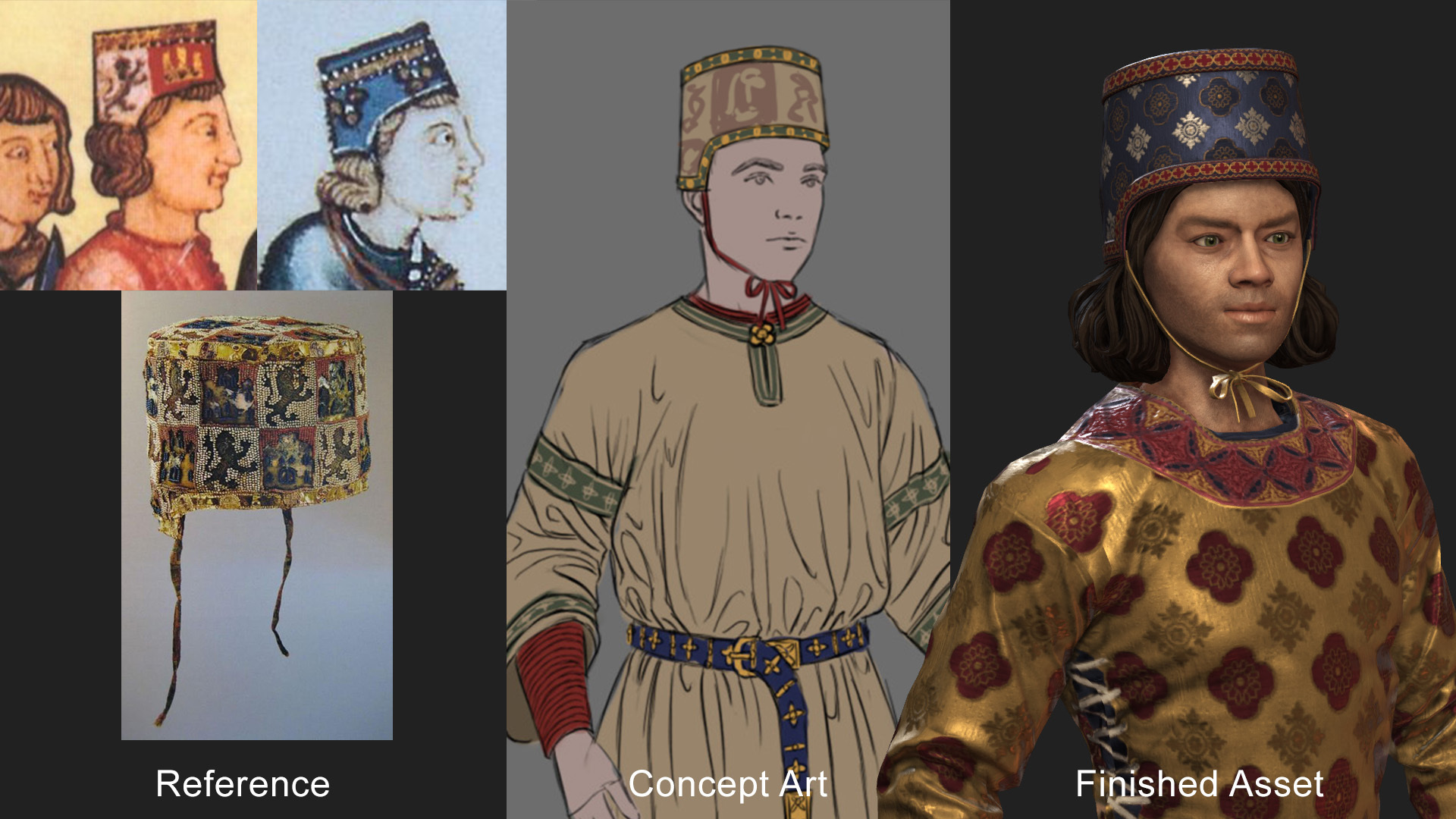
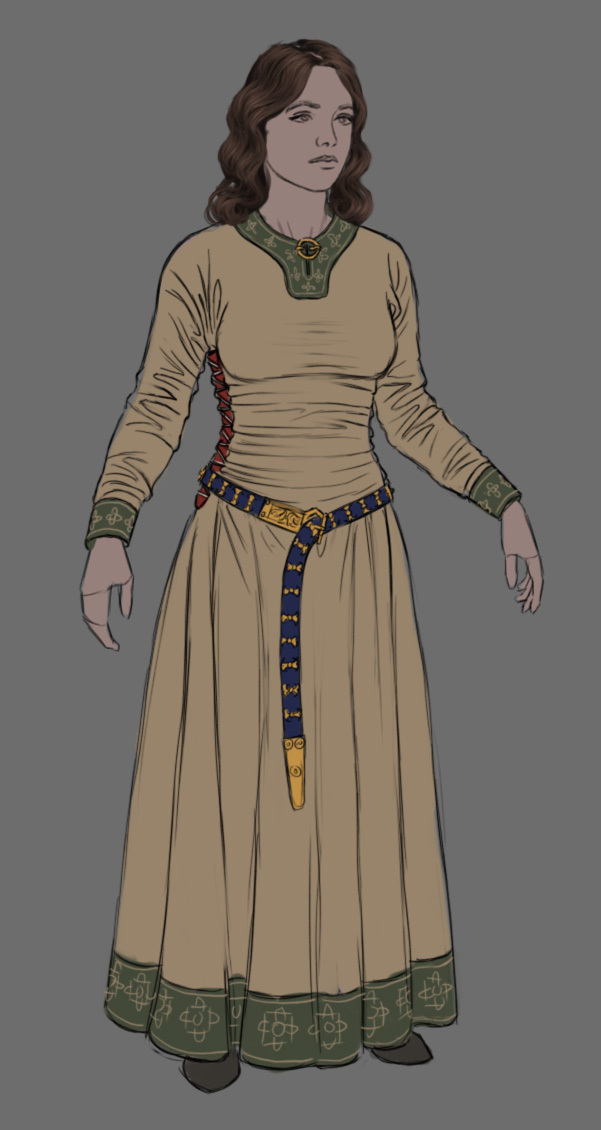
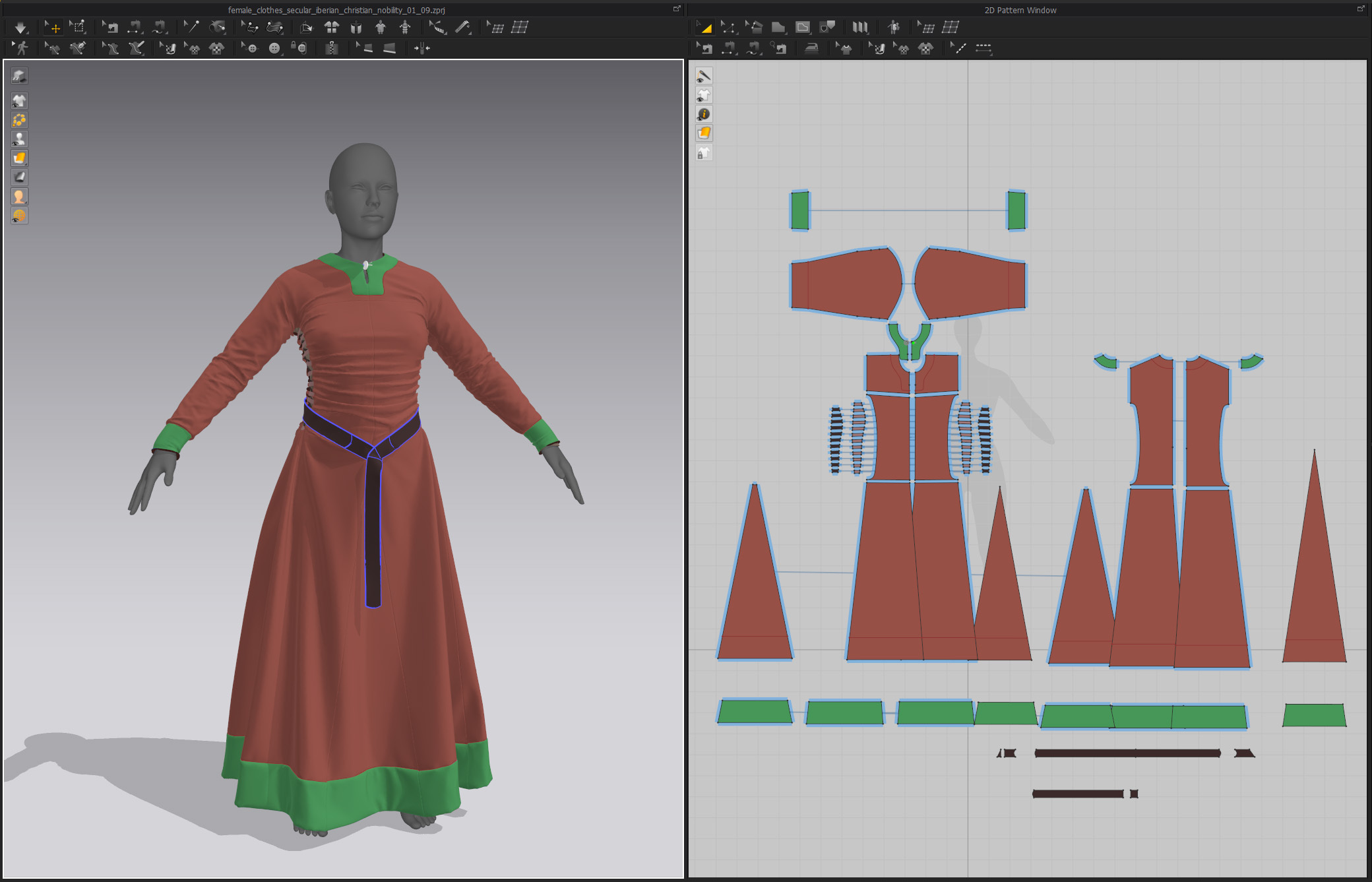
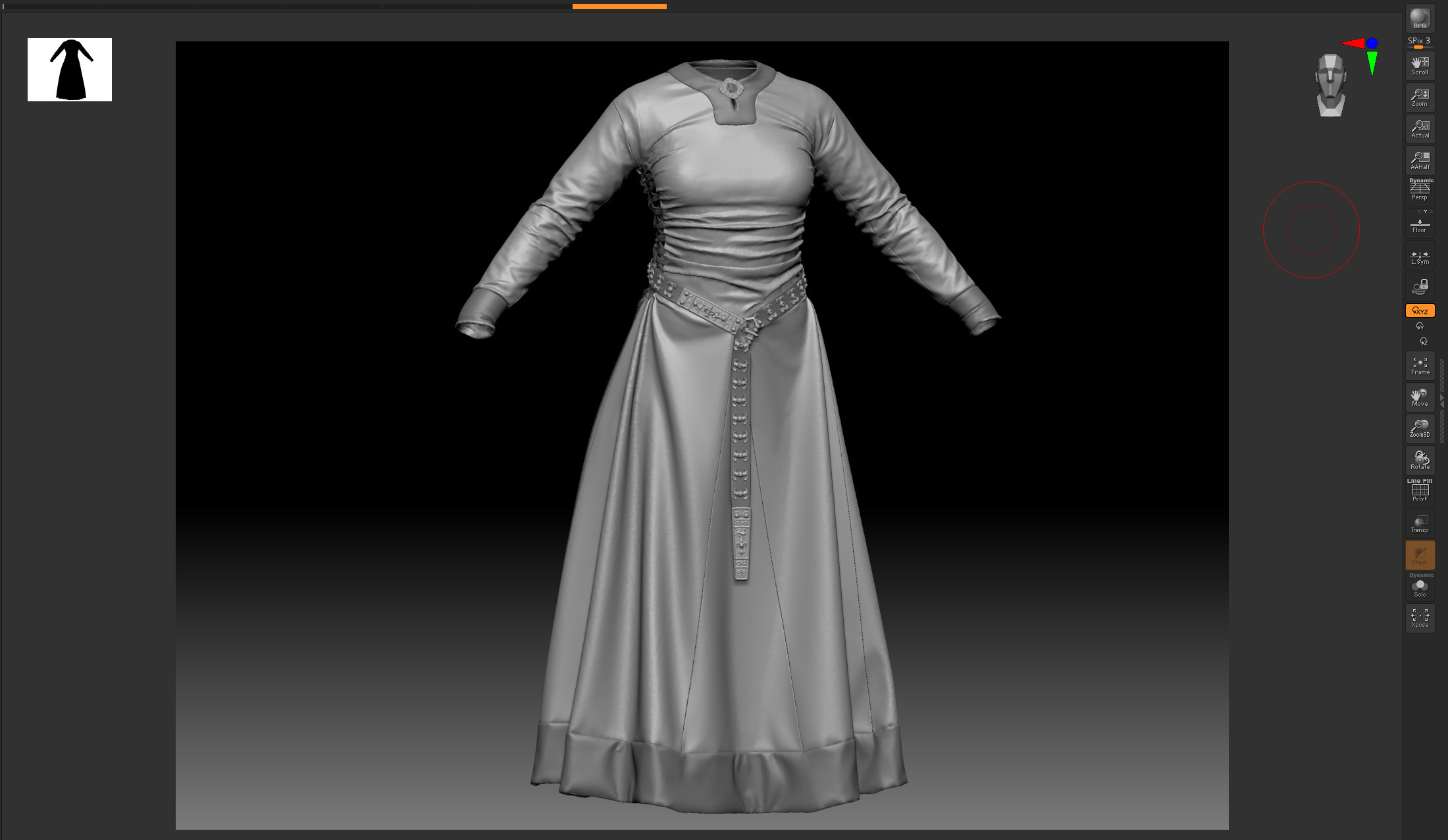
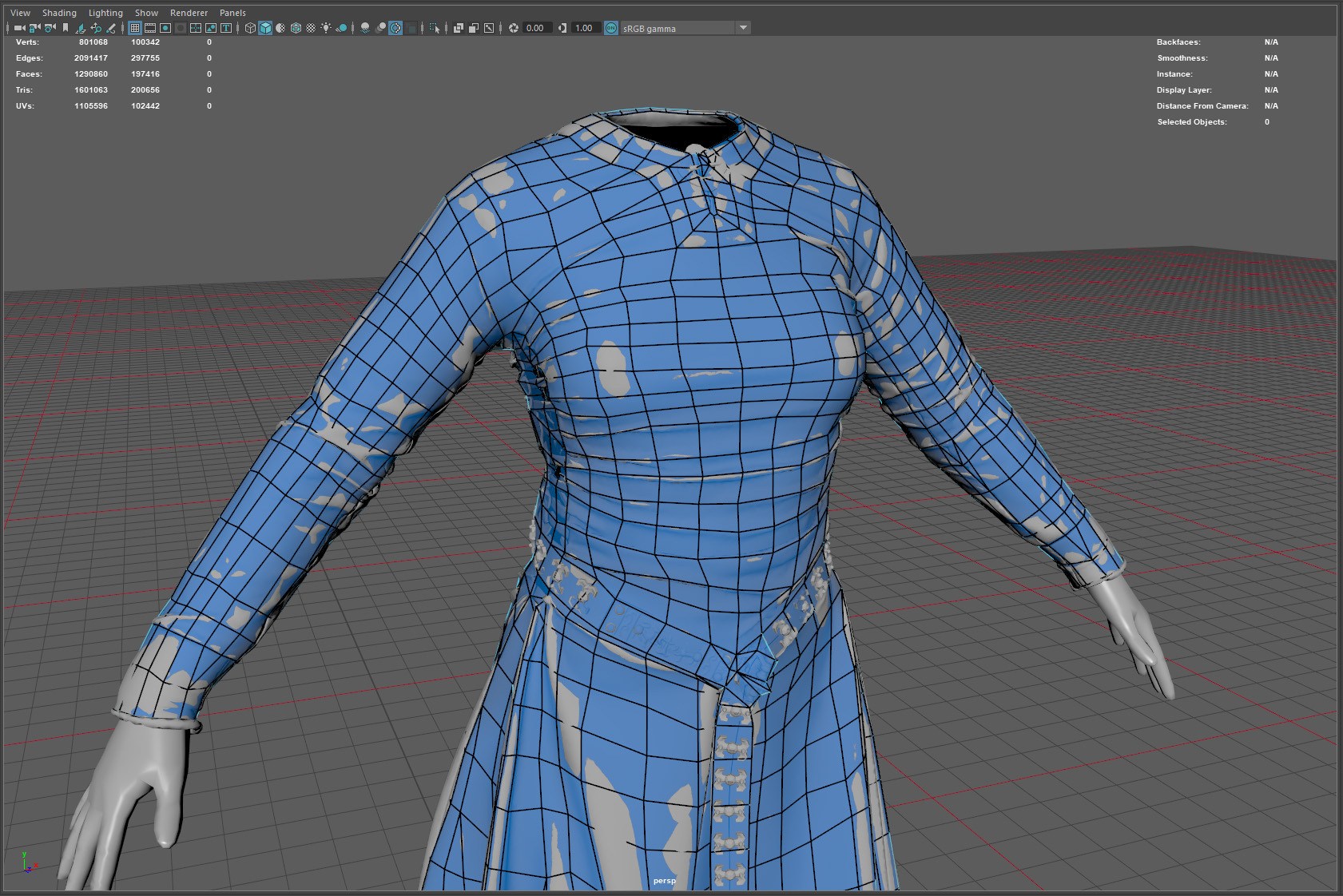
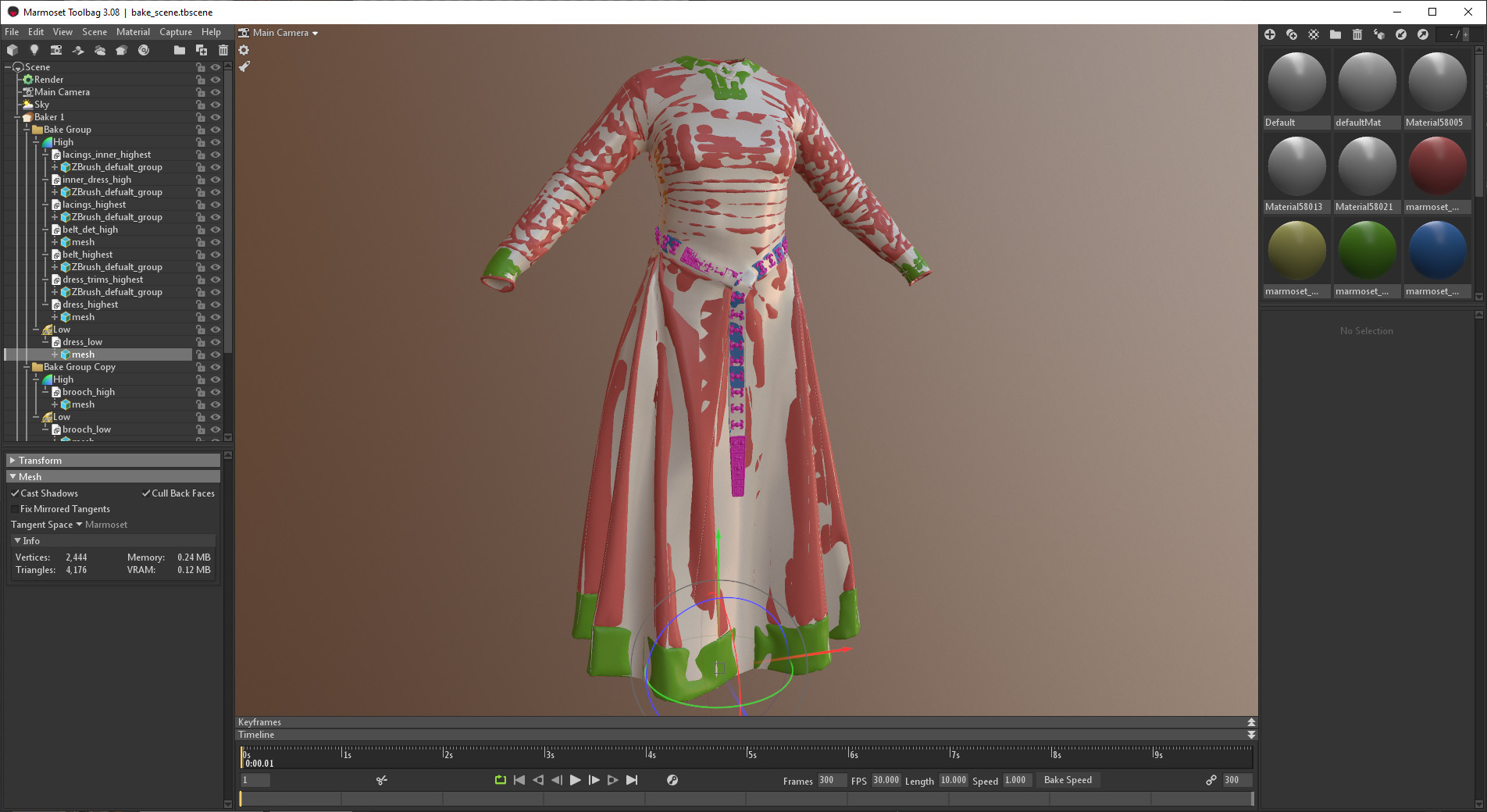
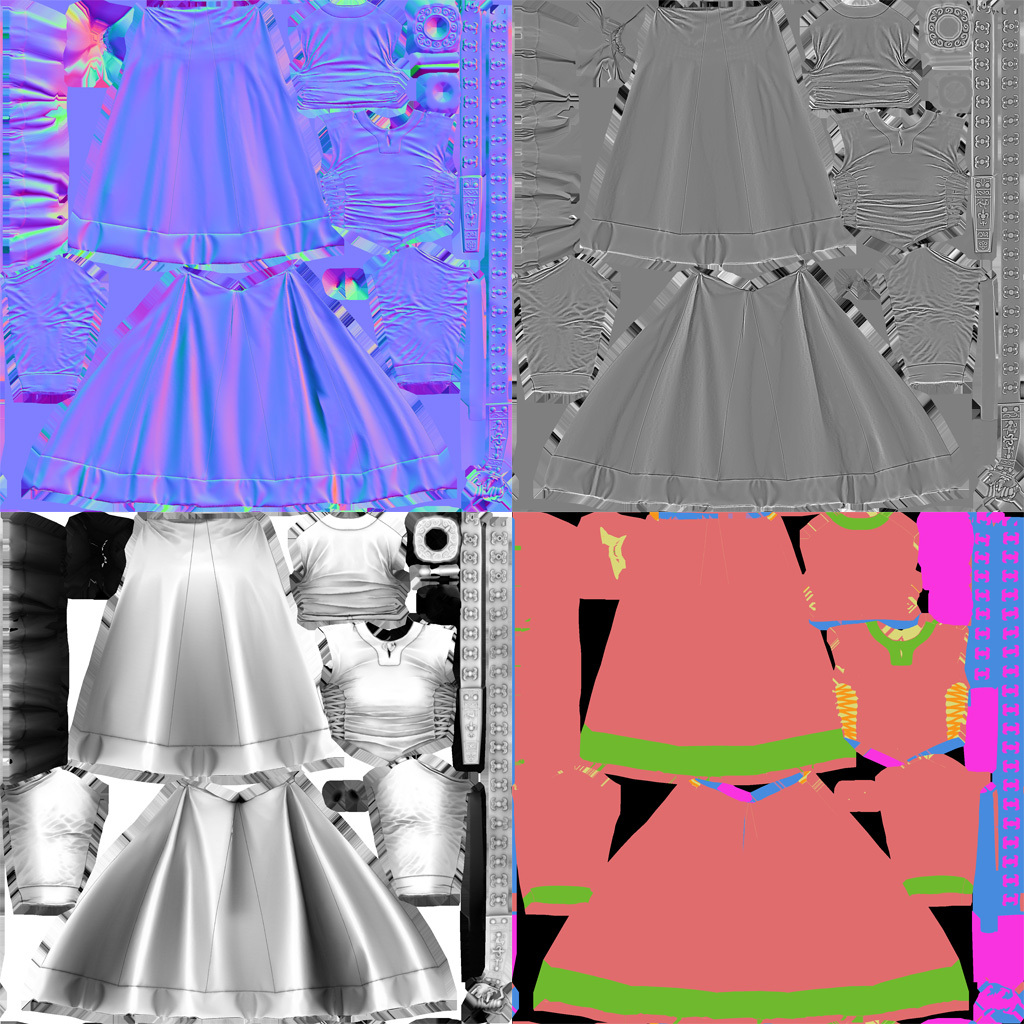

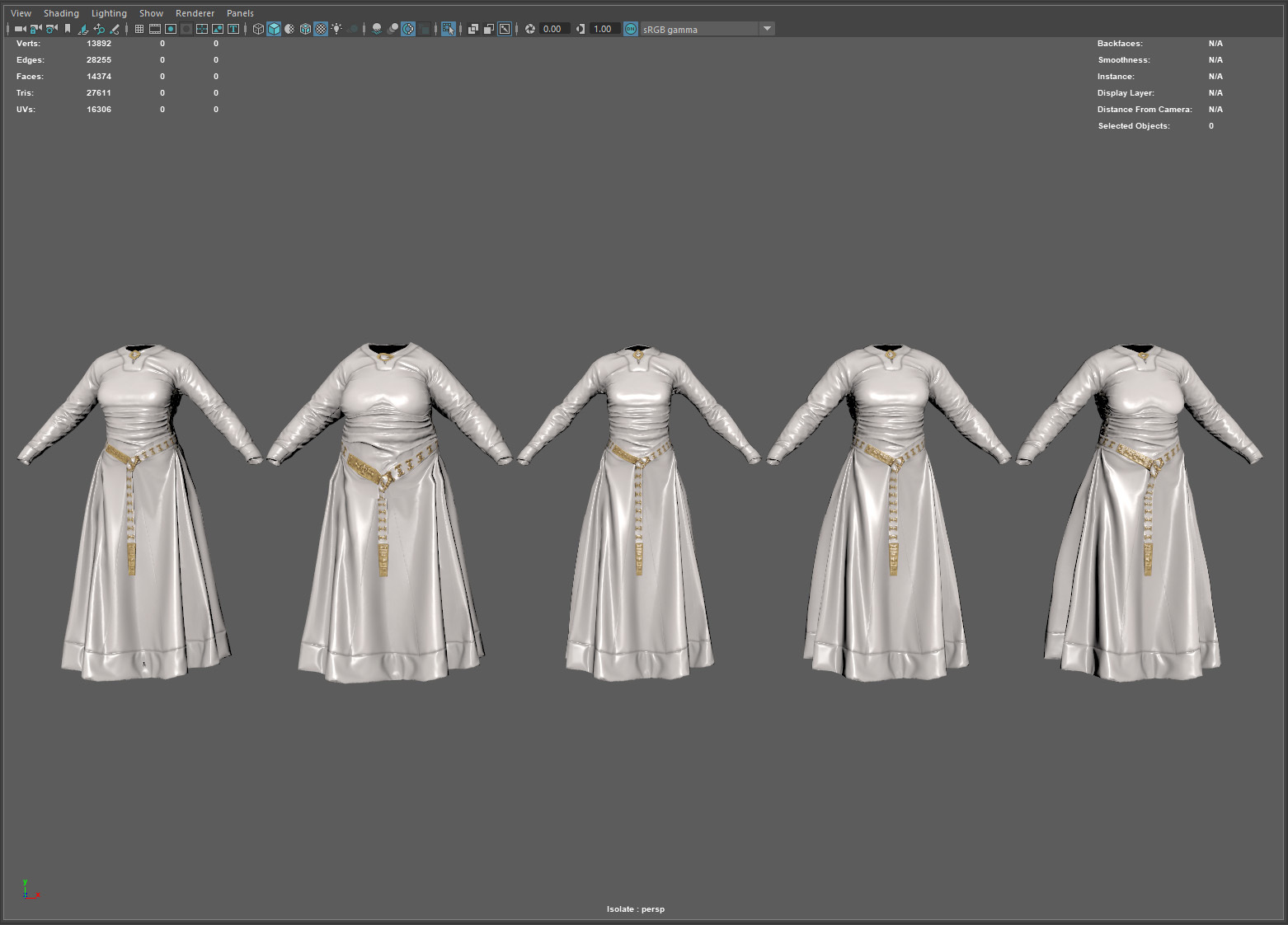
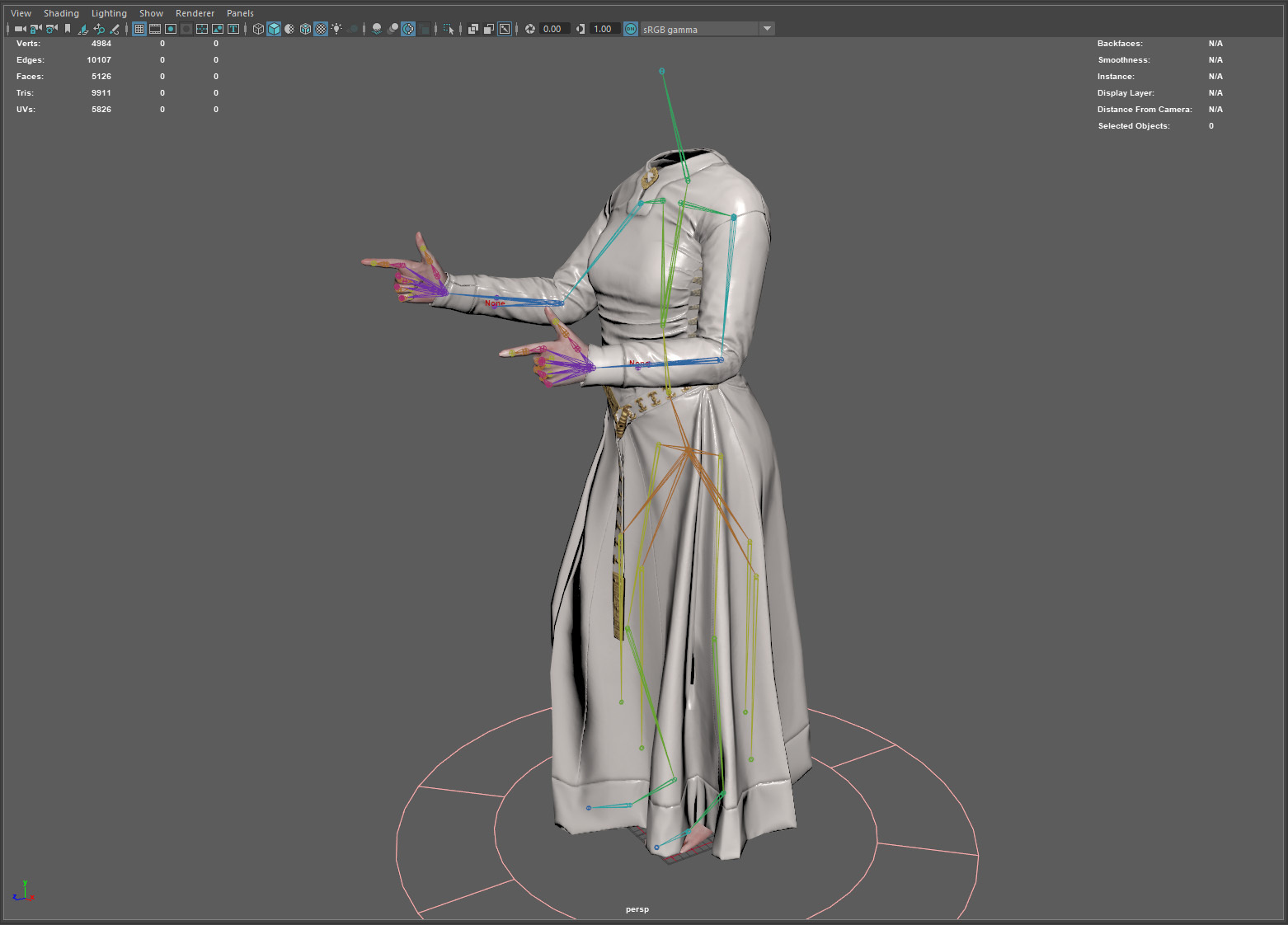
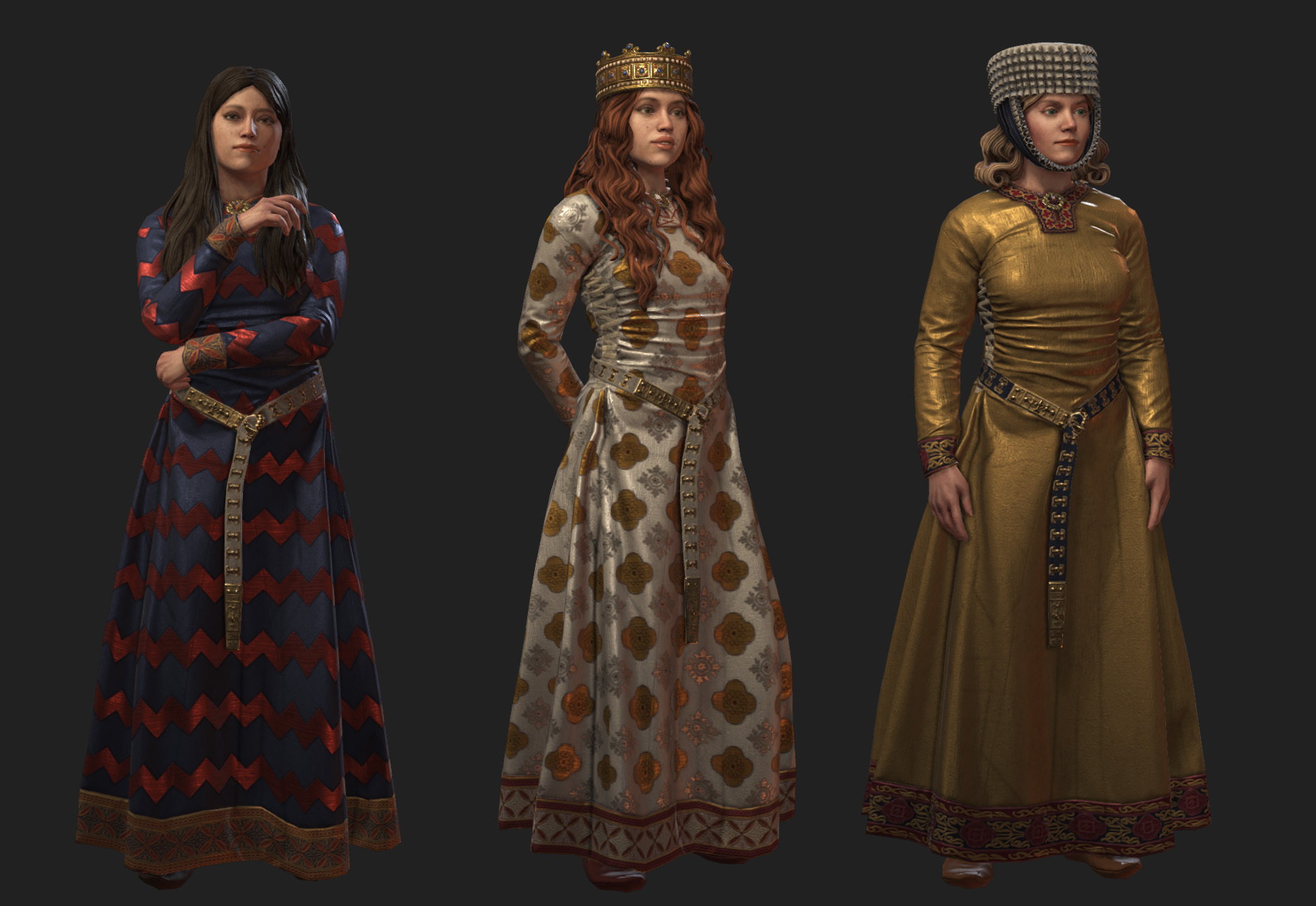

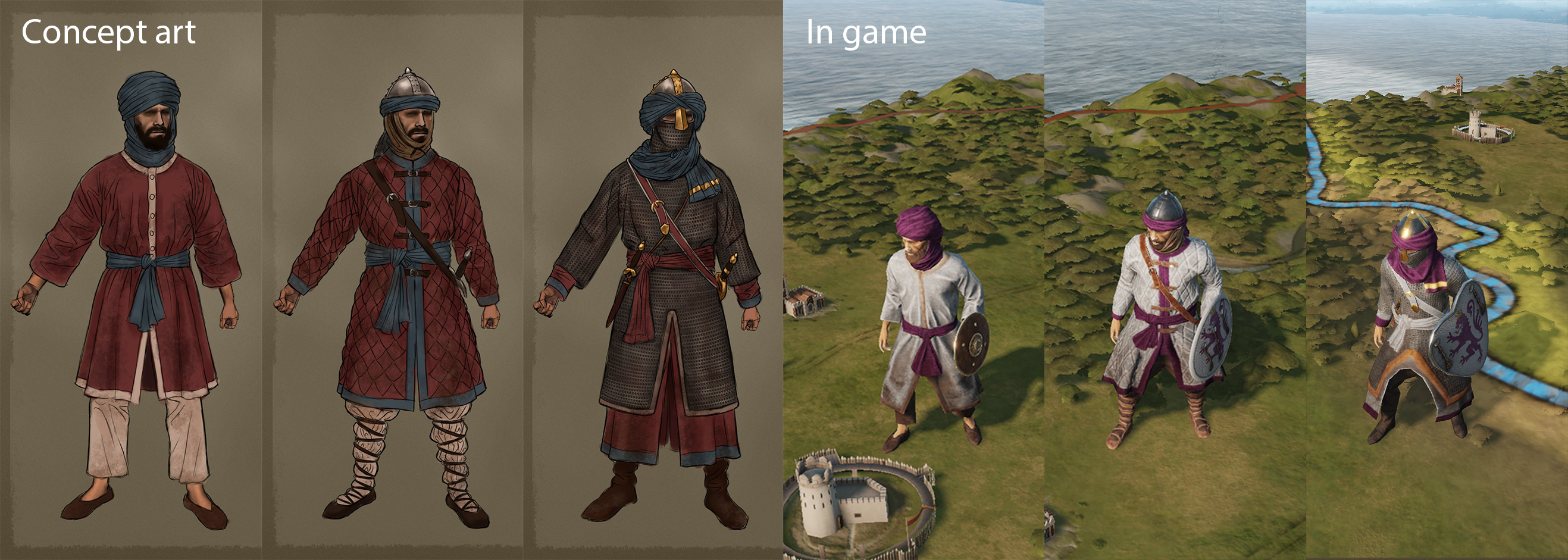
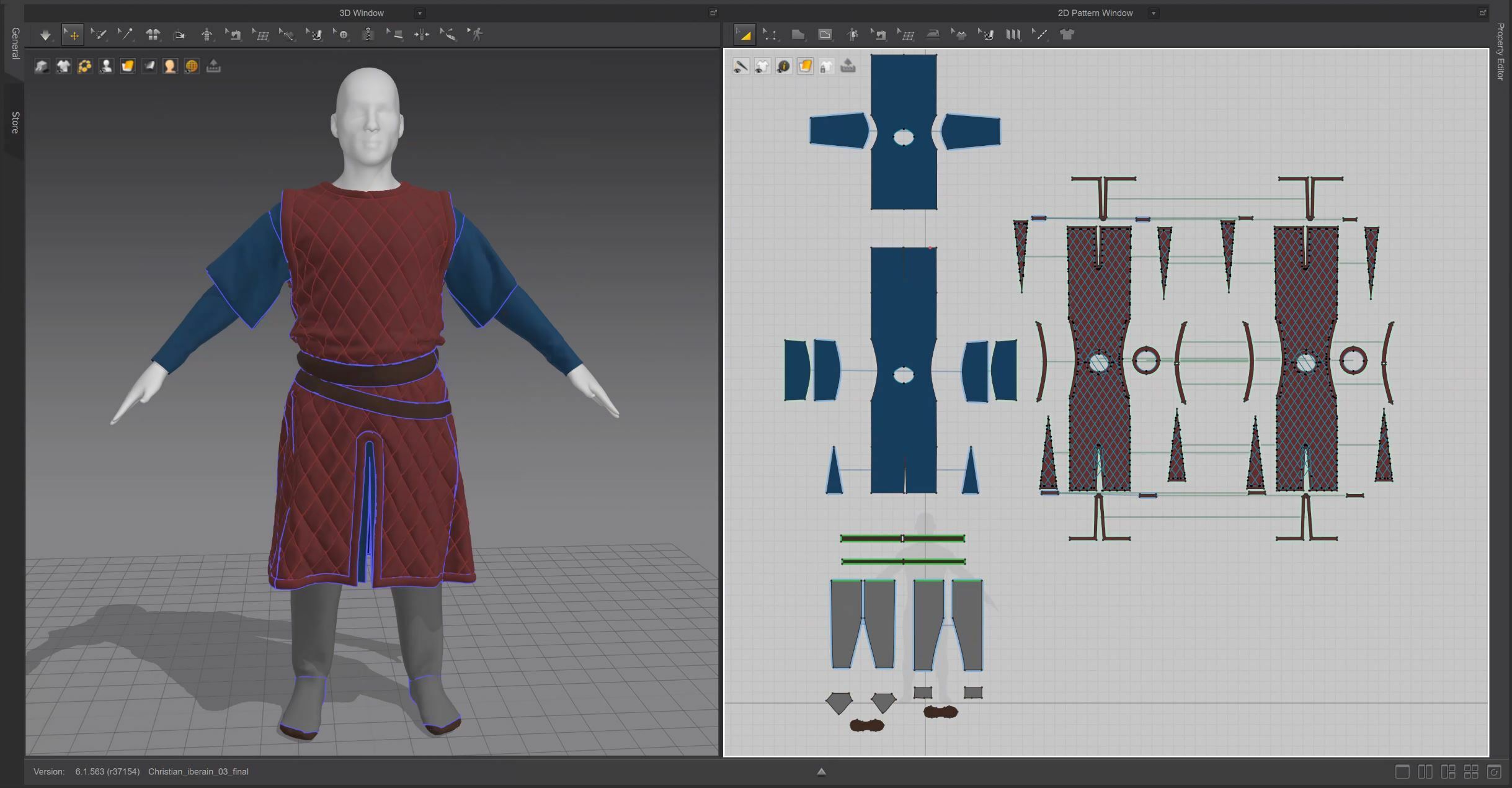
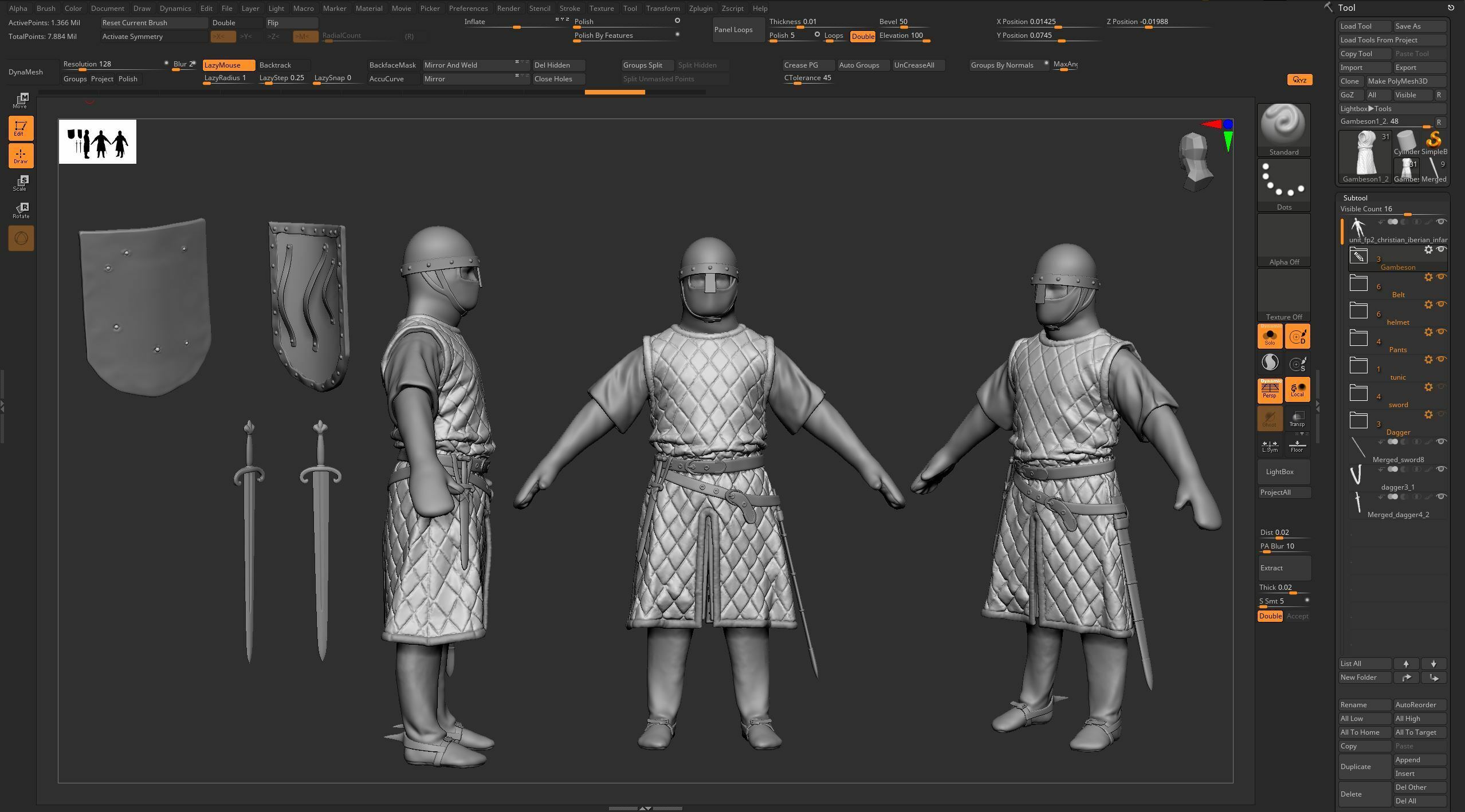
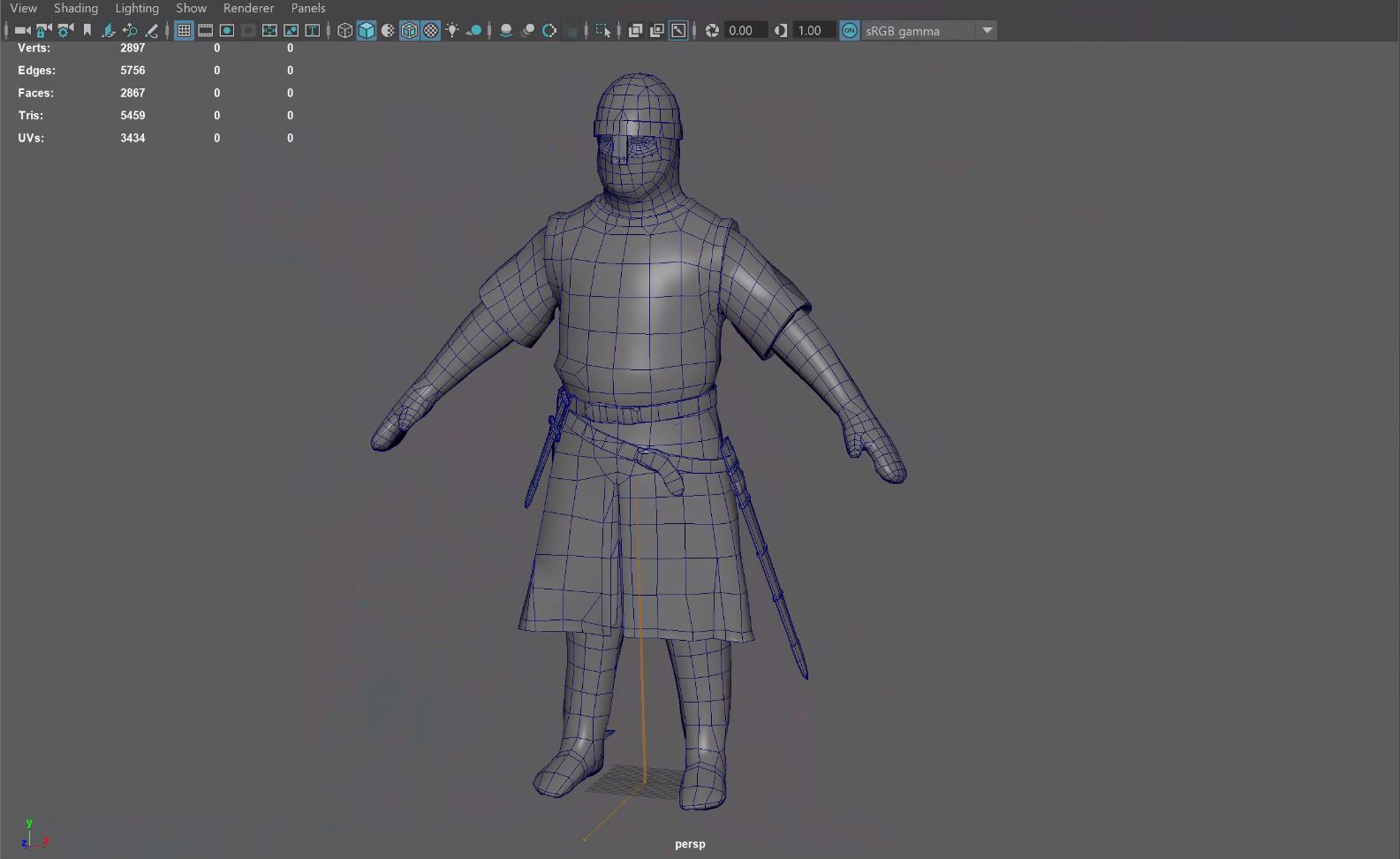



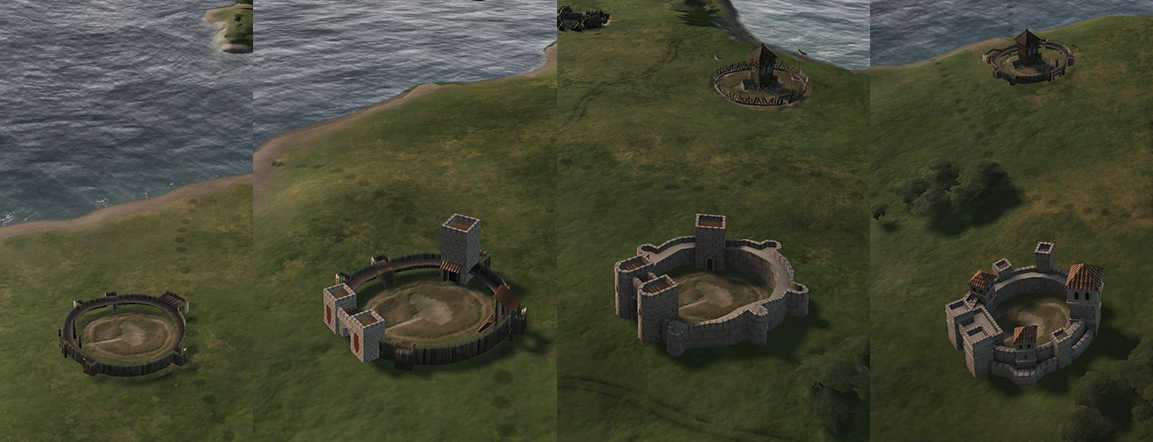

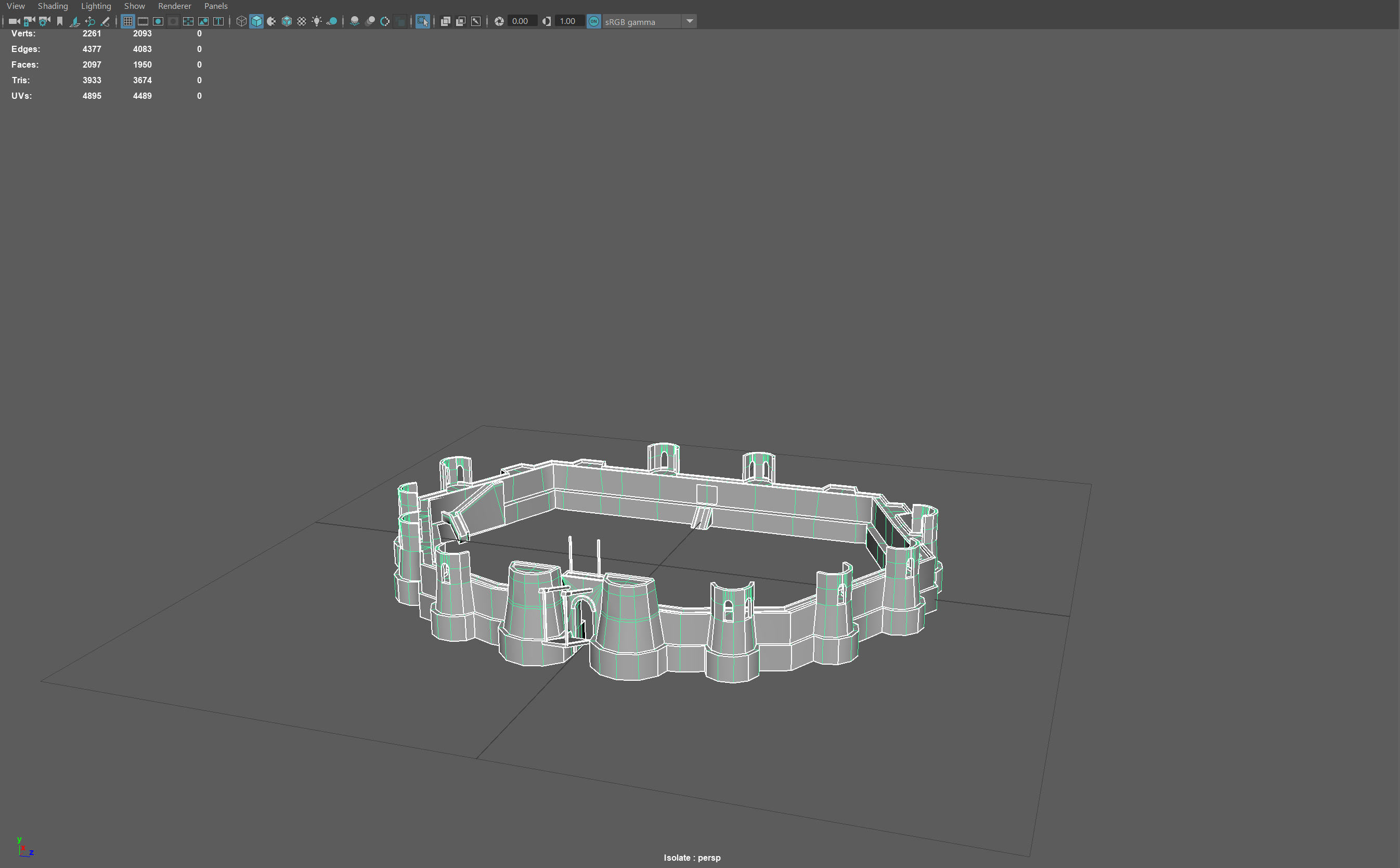

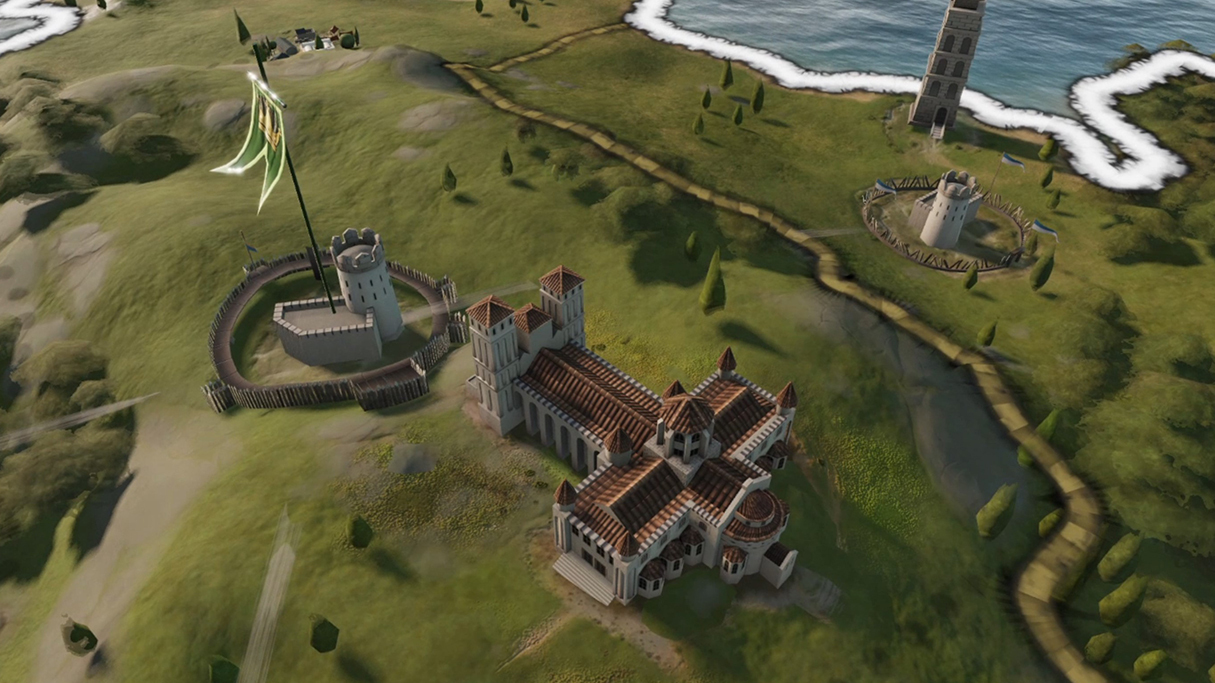
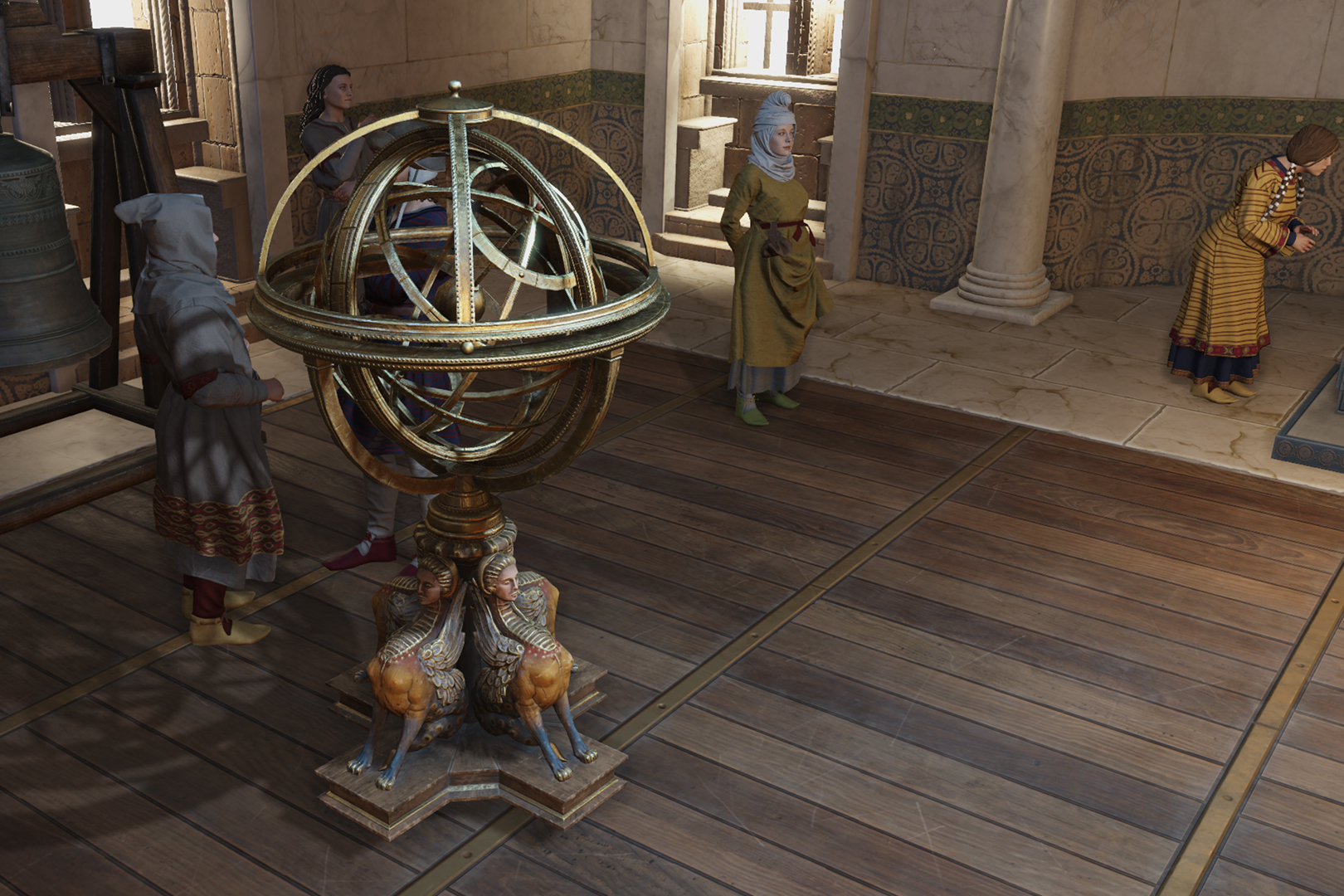

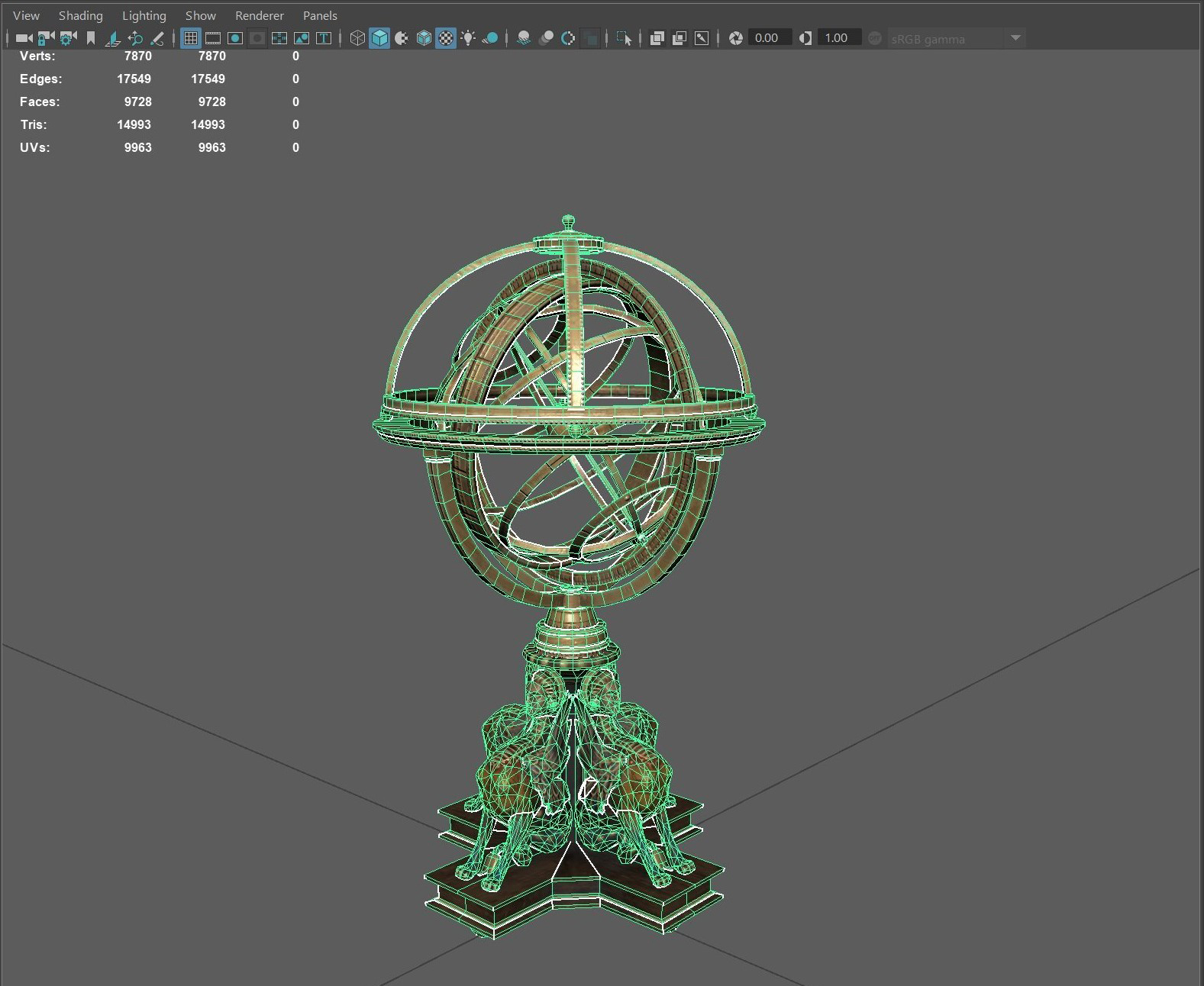

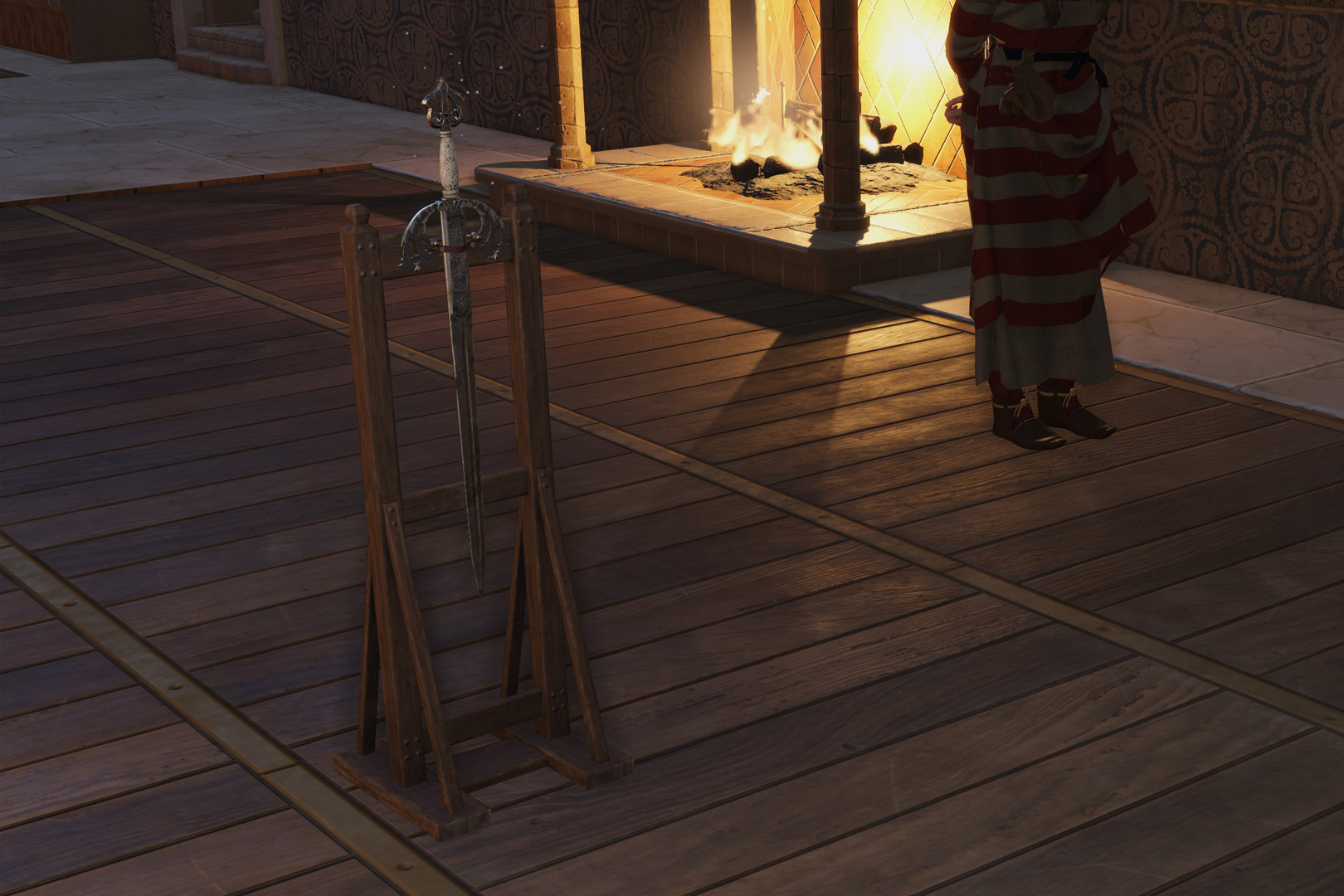
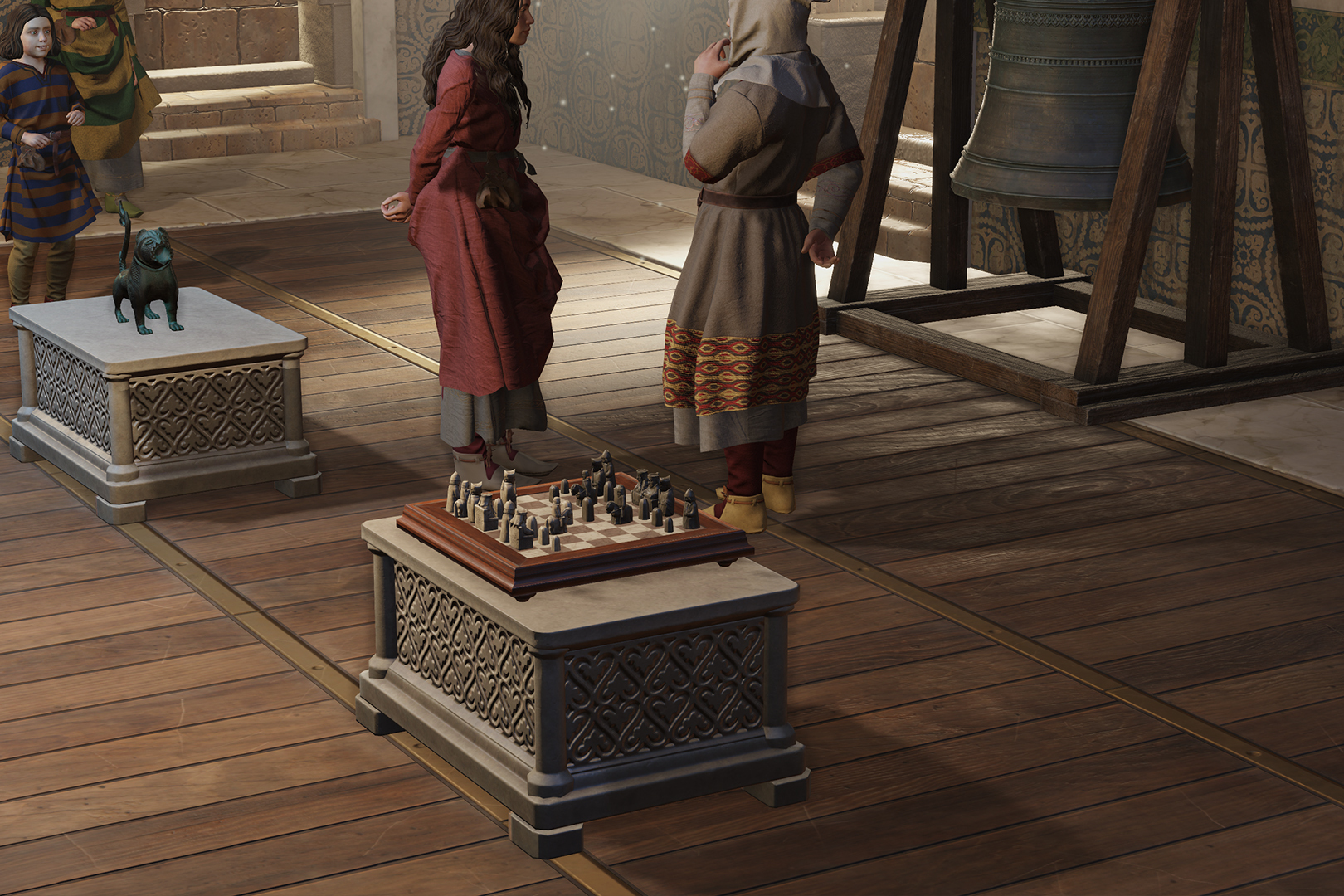
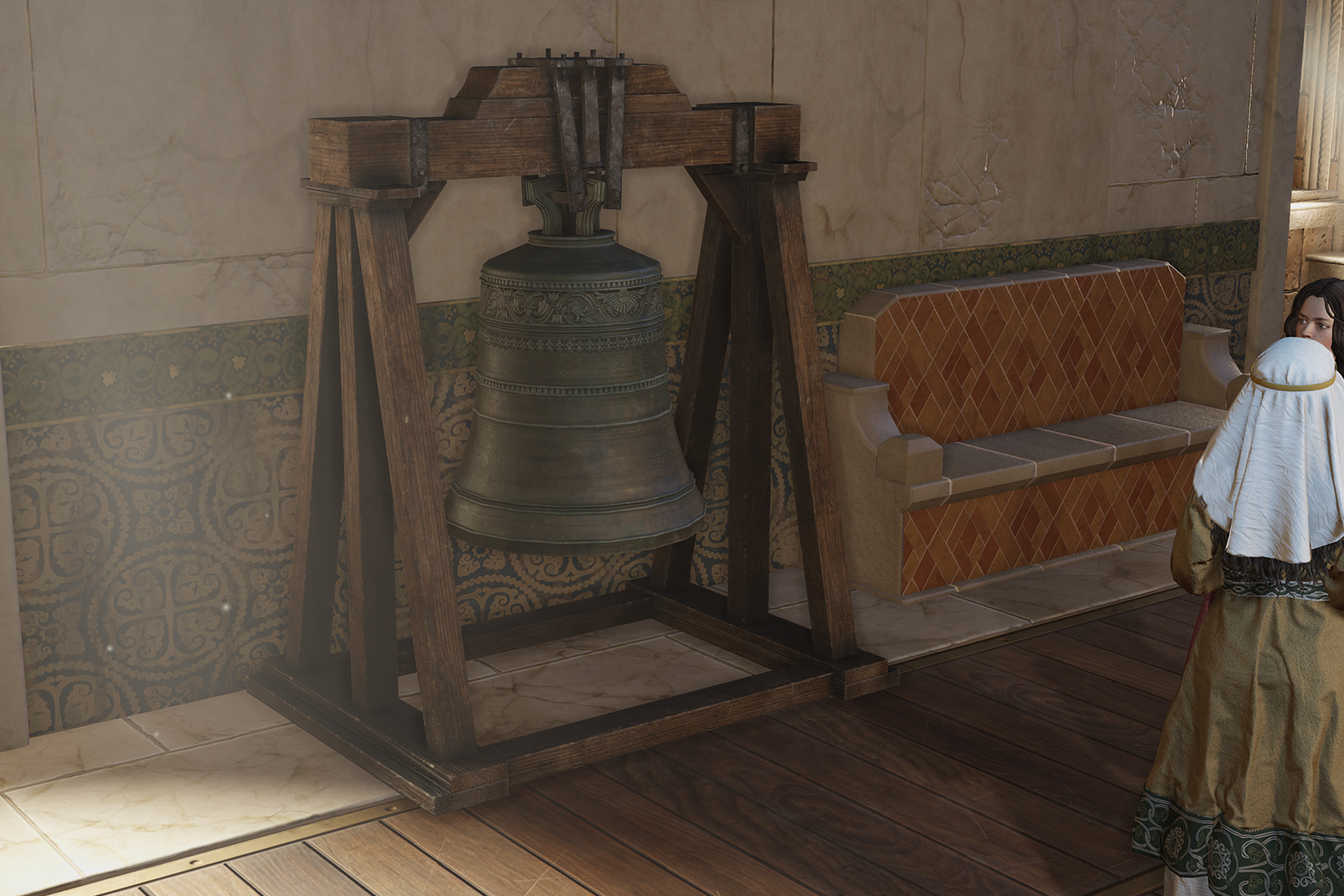


 The Mozarabs have a long history of adapting to changing circumstances.
The Mozarabs have a long history of adapting to changing circumstances.
